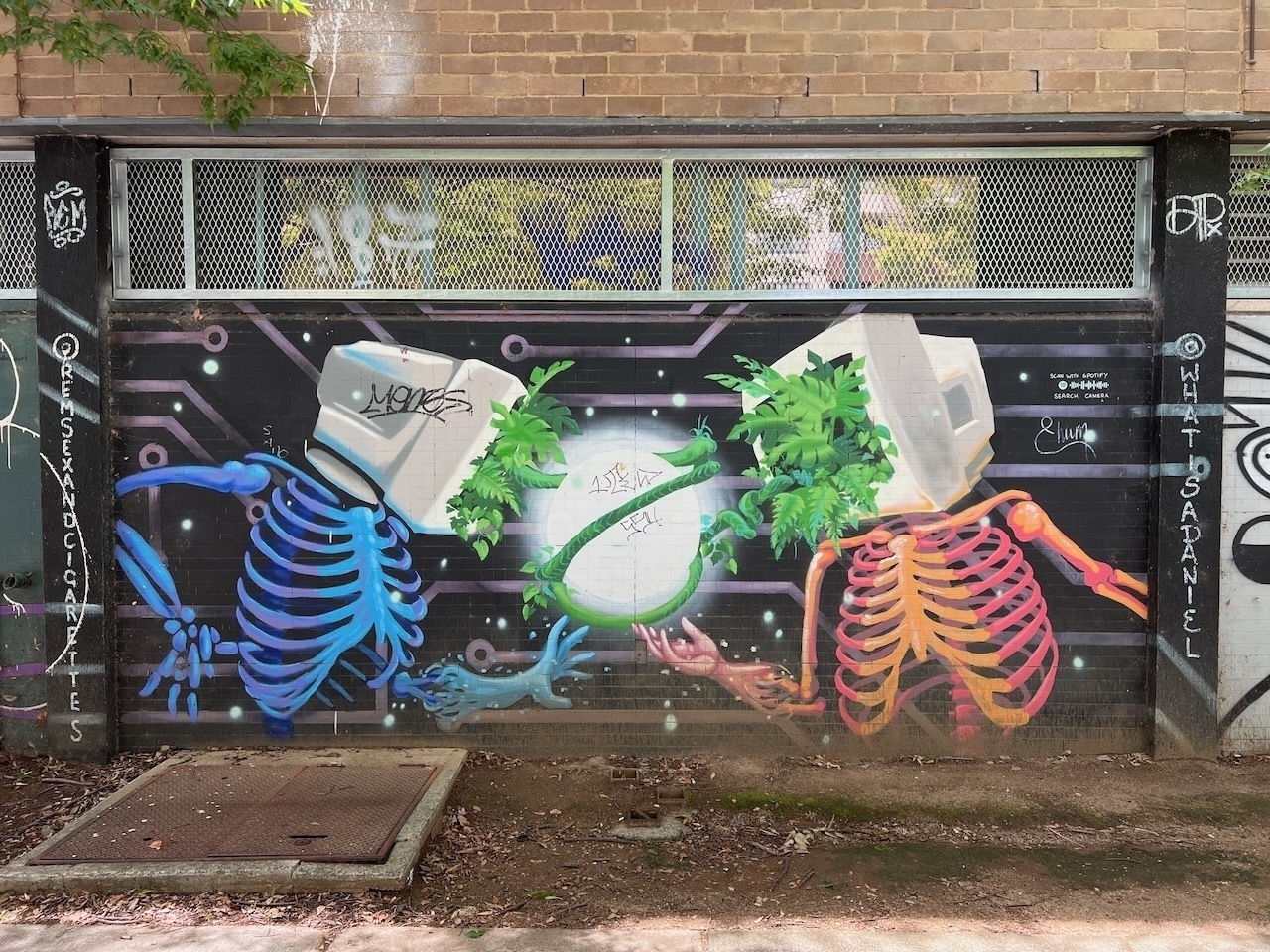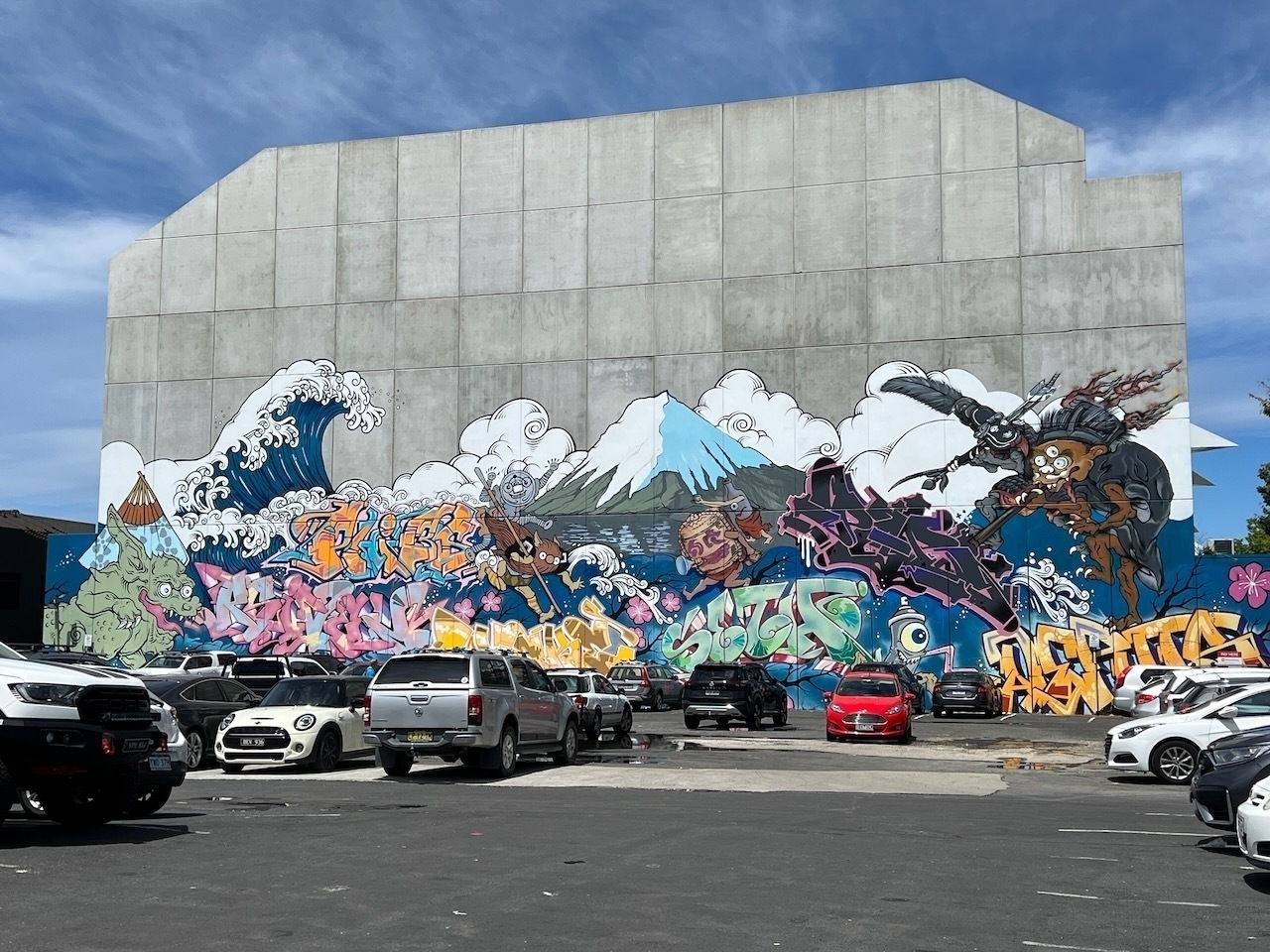Our favorites from the trip
To put the final bow on our 100 Day Adventure, we thought it’d be fun to reflect on our trip “favorites.”
Destination
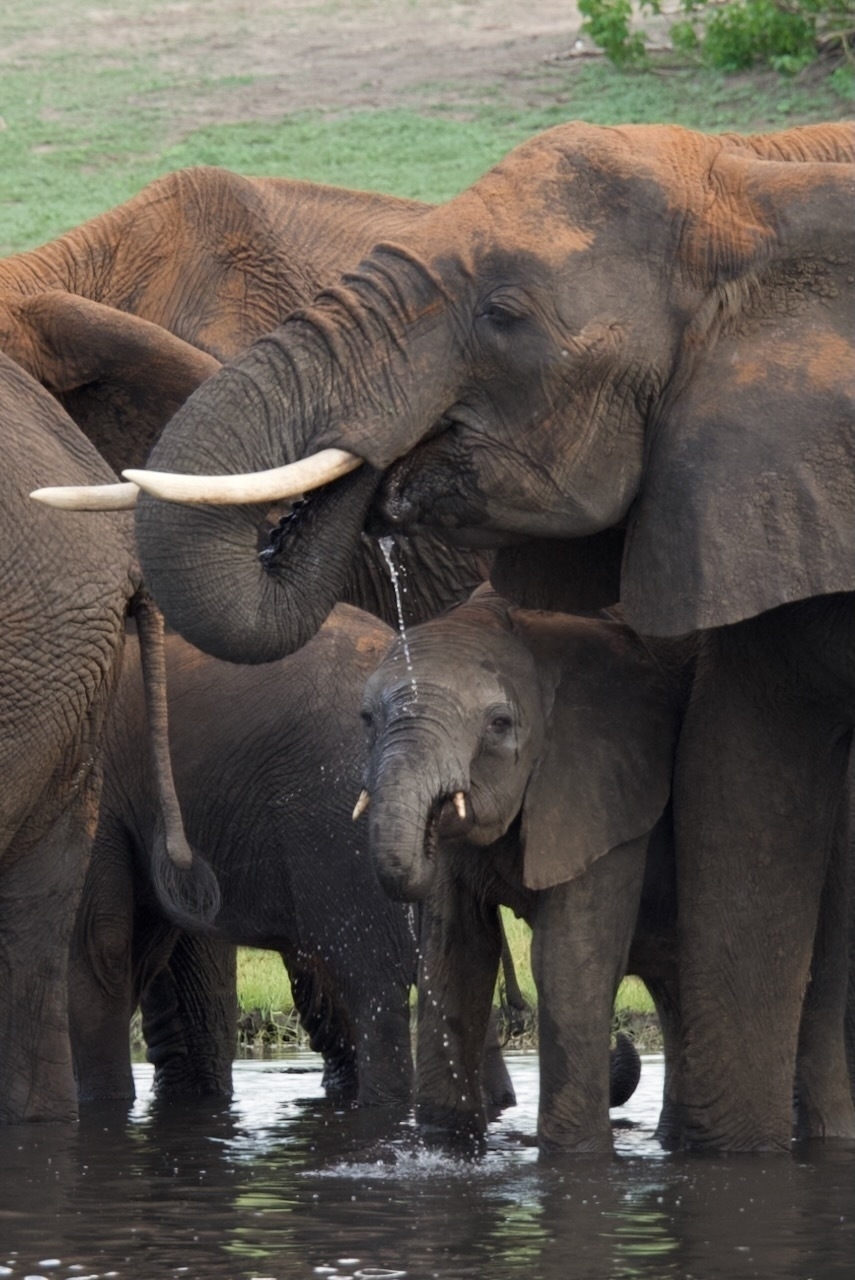
It’s probably not surprising that our favorite destination on this trip was safari-related, as that was the part of the trip we were most excited for. This particular destination featured a day of both morning and sunset safaris, interrupted only by some time at our remote tented camp inside a national park. The two game drives were stellar—we spotted an incredible amount of wildlife, including our very first leopard, along with a bunch of other great interactions with a wide variety of “top tier” animals. I’m speaking of the Okavango Delta in Botswana, an UNESCO World Heritage Site.
Wildlife experience
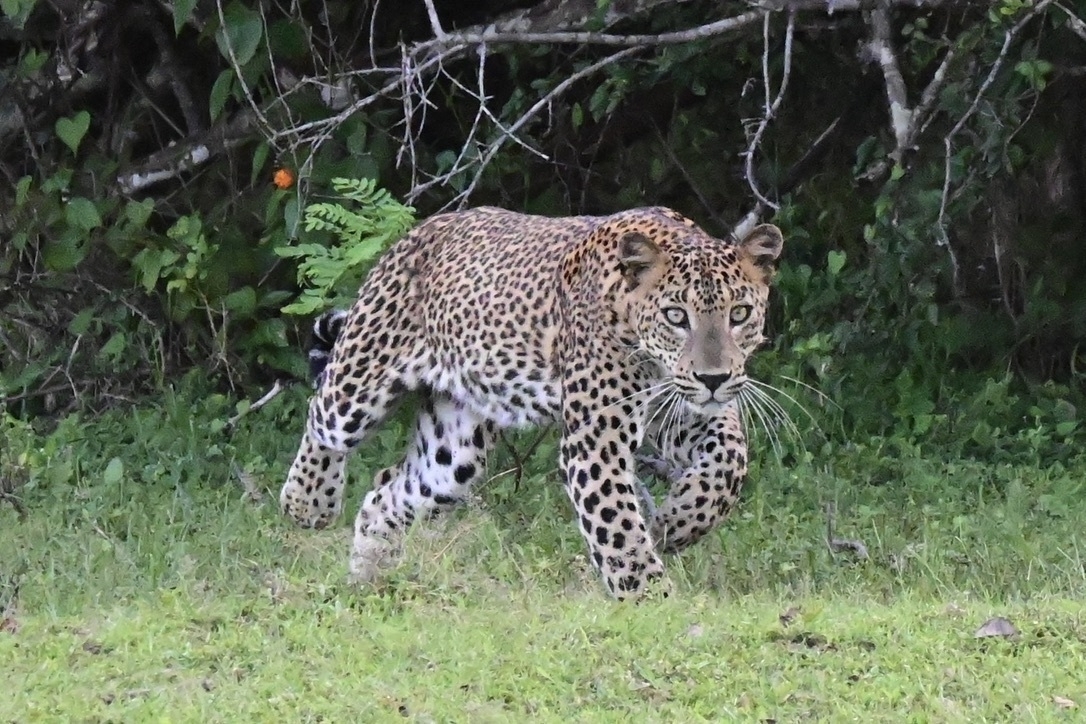
While we thoroughly enjoyed our experience in Botswana, I think our single favorite experience was following a leopard in Sri Lanka. It was such a surprise when we saw it (the rest of the safari tour that day had been sort of a dud), and then we promptly lost it into the bush. But, we repositioned along a different roadway and were able to track for quite some time, losing it as it entered the dense forest, repositioning elsewhere with the hopes of it again emerging from the vegetation, and guessing correctly several times. Eventually we got a chance to watch it make a (surprisingly lackadaisical) hunting attempt on a spotted deer that just a handful of yards away from us. Seeing a leopard was our primary goal in Sri Lanka, so it was great that it came together like it did.
Country
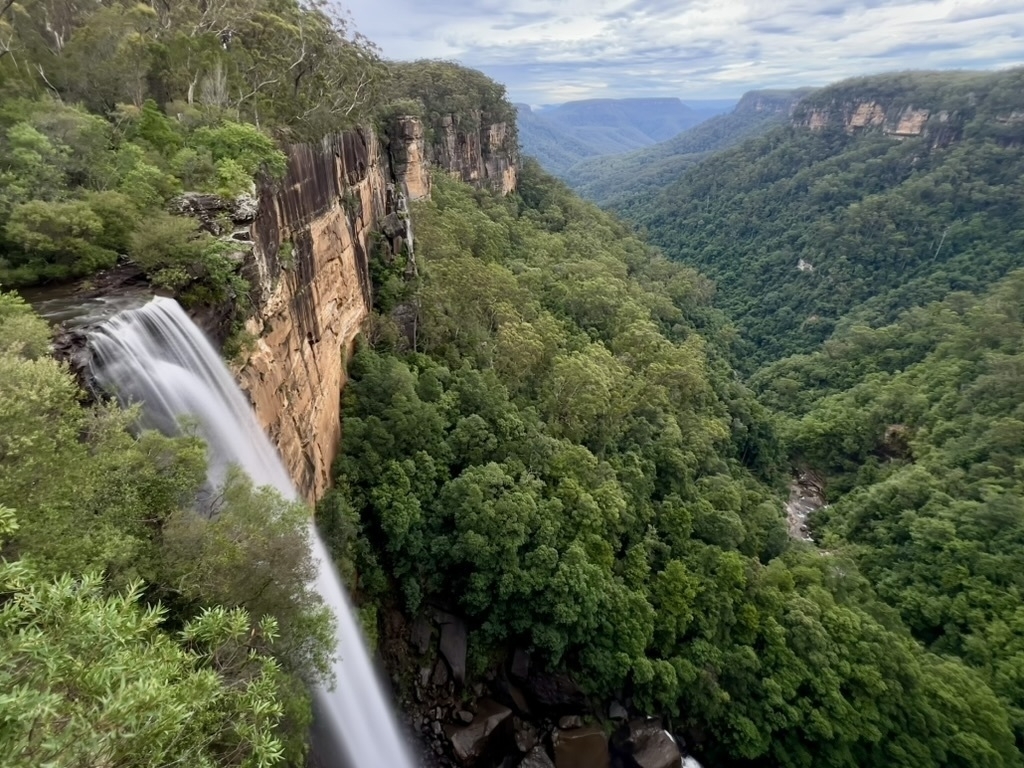 Overall, our favorite country on the trip was Australia. It was the only country on the trip that we could easily relocate to—just show up tomorrow and feel like we’re still at home. It also helped that we spent most of our time there campervanning around national parks…which, you know, is already probably our favorite thing to do. So as you can imagine, we’ve already started plotting a return trip, and a new quest to circumnavigate the continent, too.
Overall, our favorite country on the trip was Australia. It was the only country on the trip that we could easily relocate to—just show up tomorrow and feel like we’re still at home. It also helped that we spent most of our time there campervanning around national parks…which, you know, is already probably our favorite thing to do. So as you can imagine, we’ve already started plotting a return trip, and a new quest to circumnavigate the continent, too.
City
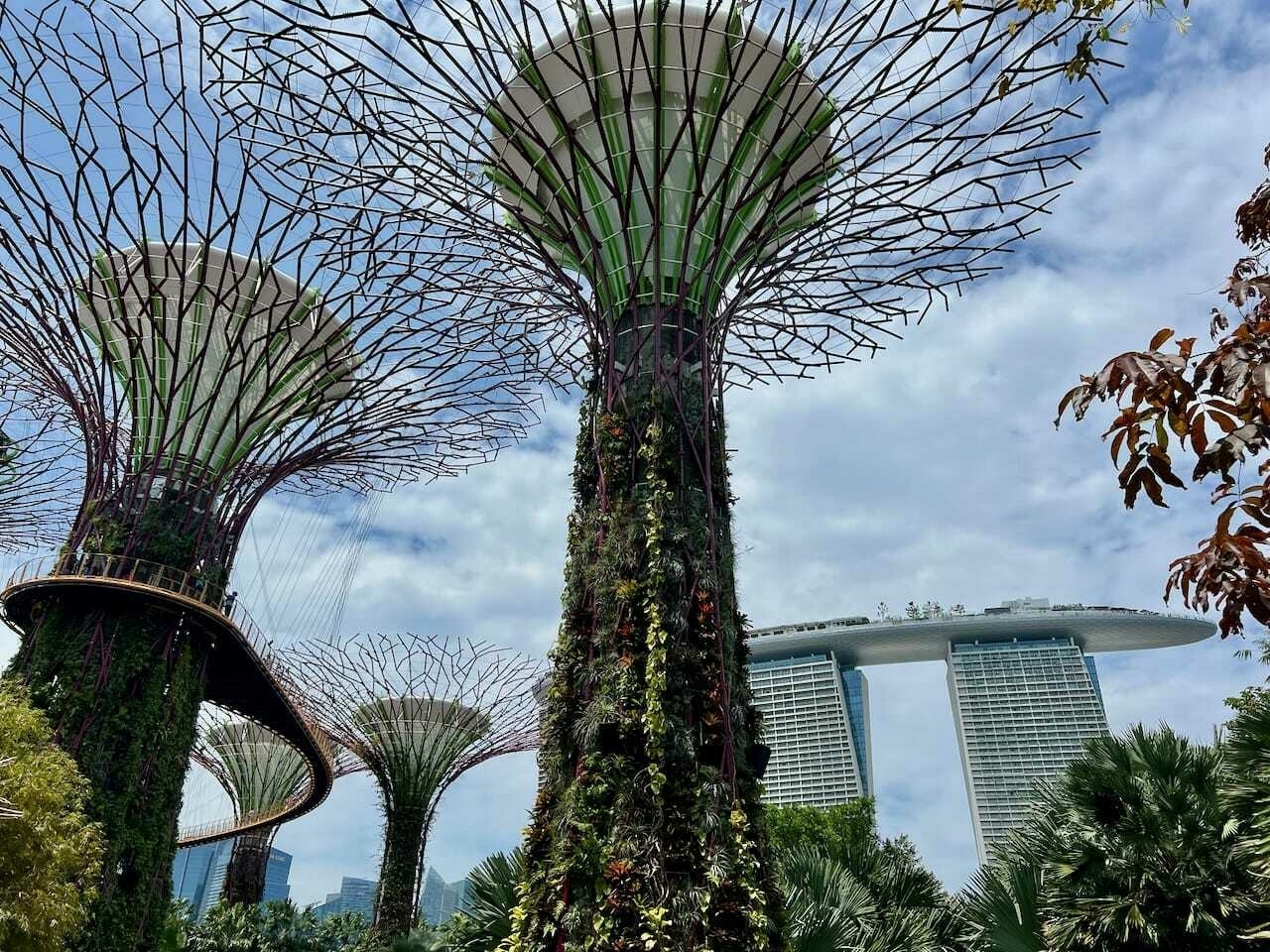
Our favorite city (yeah yeah, it’s also a country) was Singapore. Of course, it helps that you arrive in perhaps the most interesting airport in the world. That place is impressive. But overall, it was both a welcome reprieve for us, as well as a quite unique place. After arriving from Sri Lanka after more than a month in Africa—places where roadside trash is seemingly ubiquitous—Singapore felt nearly surgical-table clean. Beyond its cleanliness, it also featured some really interesting architecture. It felt modern, safe, and a bit futuristic.
Meal
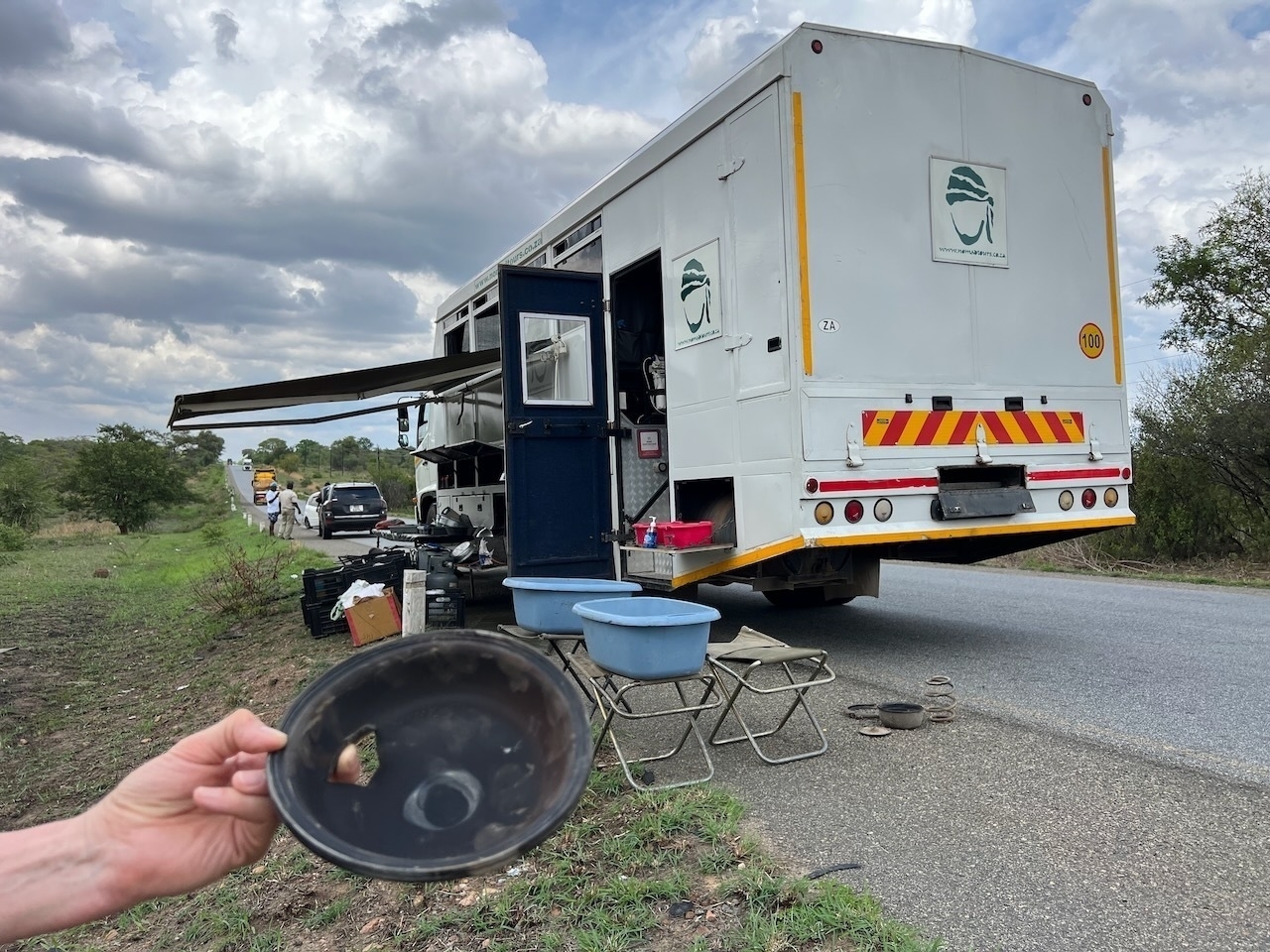
On the second leg of our overlanding safari tour, our truck broke down for seven hours on the (effectively shadeless) side of a two-lane highway in Zambia. Not ideal. Eventually, we busted out the cooking equipment and our guide made some simple chicken fajitas. They were glorious. It might have just been the situation, but it was our favorite meal of the trip.
Accommodation

Our favorite accommodation during the trip was our tented camp in the Okavango Delta in Botswana. This was not the nicest place we stayed, by any measure, but it was among the more memorable. We had to leave our overlanding vehicle and take a 4 hour ride in a safari vehicle just to get there. The camp had very limited electricity, just a couple plugs in the “lobby” tent, which were grossly abused by visitors who concocted a Griswold-style daisychaining of extension cords and chargers that was surely a fire hazard. Luckily, we had prepared for this and used our generous battery capacity instead (it pays to come prepared). Our shower and toilet were outside and open to the air. Baboons bounced on our tent roof during our mid-day siesta. Meals happened in the large “lobby” tent, which was open on one side to a large grassy field where large mammals grazed, or you could sit around the campfire instead.
Brewery

Good craft beer was hard to find on this trip. That’s not too surprising—the places on our itinerary aren’t beer places; after all, you don’t go to rural East Africa for hazy IPAs. That said, we had expected a bit better beer in a few of the major cities we visited. Luckily, our time in the Blue Mountains in Australia helped redeem the beer portion of our trip. That’s because we found Mountain Culture Brewing, which was our trip favorite by a wide margin.
We spent 95 days traveling around the world and returned with one single souvenir—a wooden carving depicting the “Big Five,” acquired along the beach in Malawi, Africa.
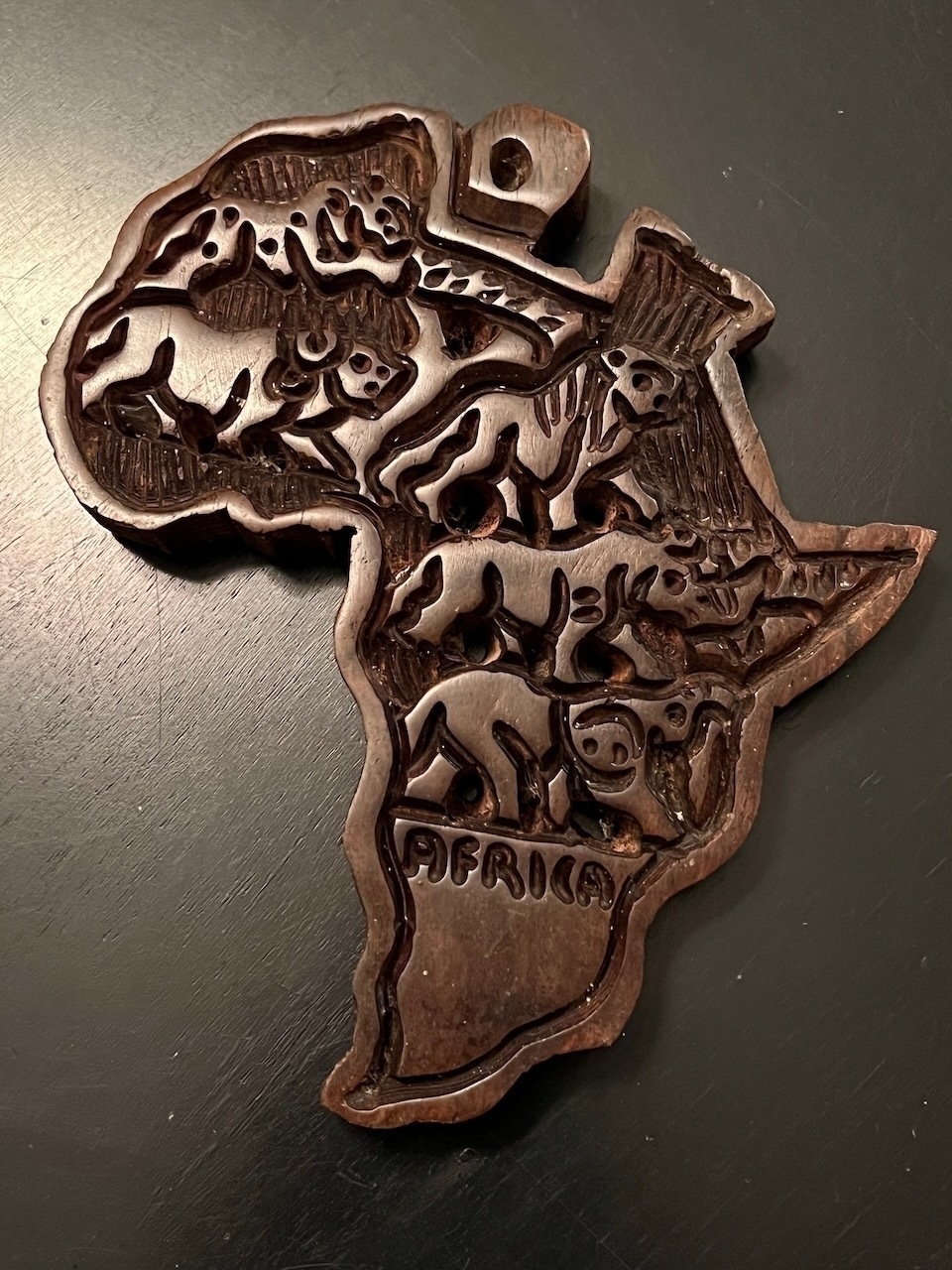
We’re not big souvenir people, usually opting for a single fridge magnet for each “big” trip (a tradition we only occasionally remember to participate in). And since we were carting this stuff—quite literally around the damn world—we knew that collecting souvenirs was out of the question.
And besides, we would be traveling through a number of countries, each of which might prohibit importing a piece of wood like this (a not uncommon issue when crossing borders). But because our African experience was so memorable, we decided to give it a go anyway, accepting the possible fate. Luckily, it wasn’t a problem. Had we not been so rushed to return home early, we probably would have snagged another souvenir in Australia. But alas, we returned with just the one. -S
Some final photos from Australia
It was right back into the fire as soon as we returned to the US, so wrapping up the trip posts has taken a back seat. Sorry! Well, here are a few final posts from our last several days exploring the country. -S 🇦🇺
Wilson’s Promontory National Park
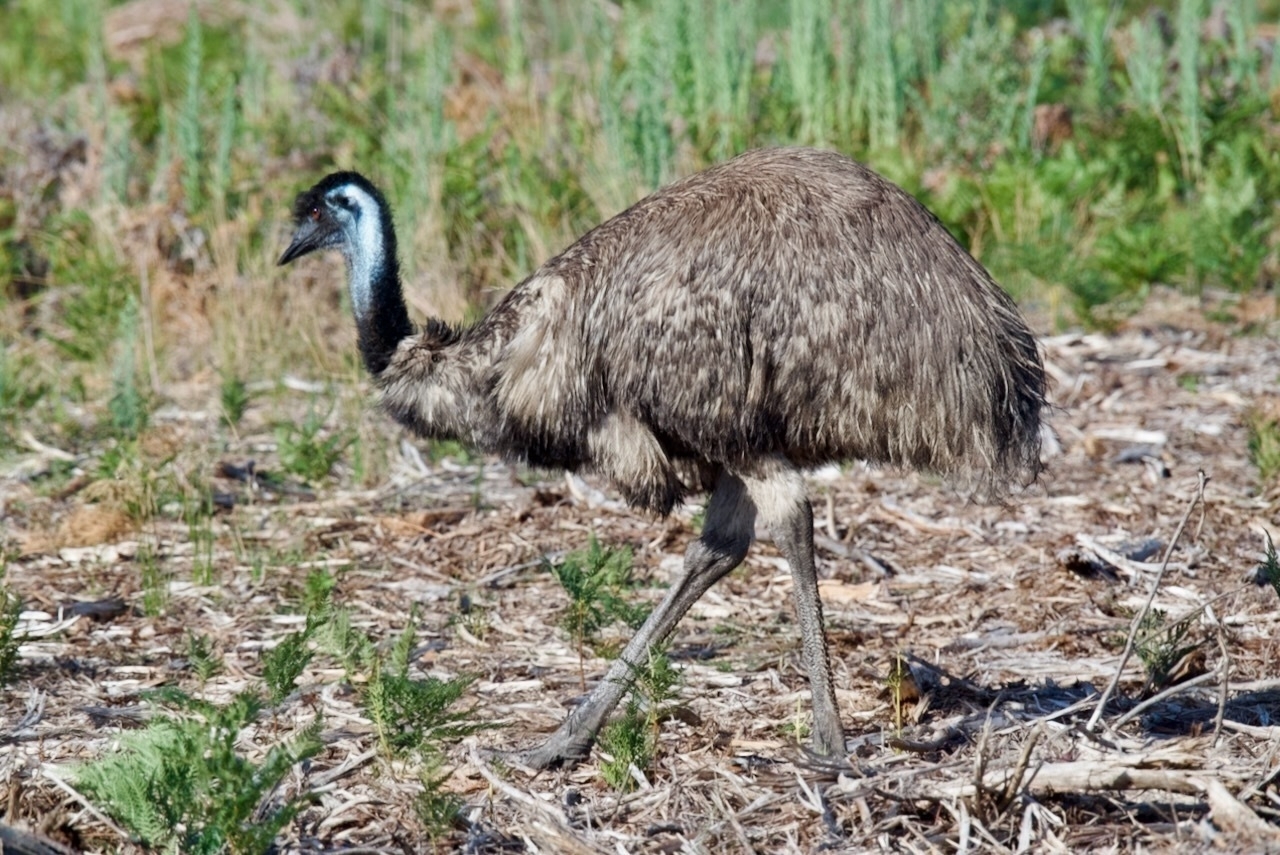
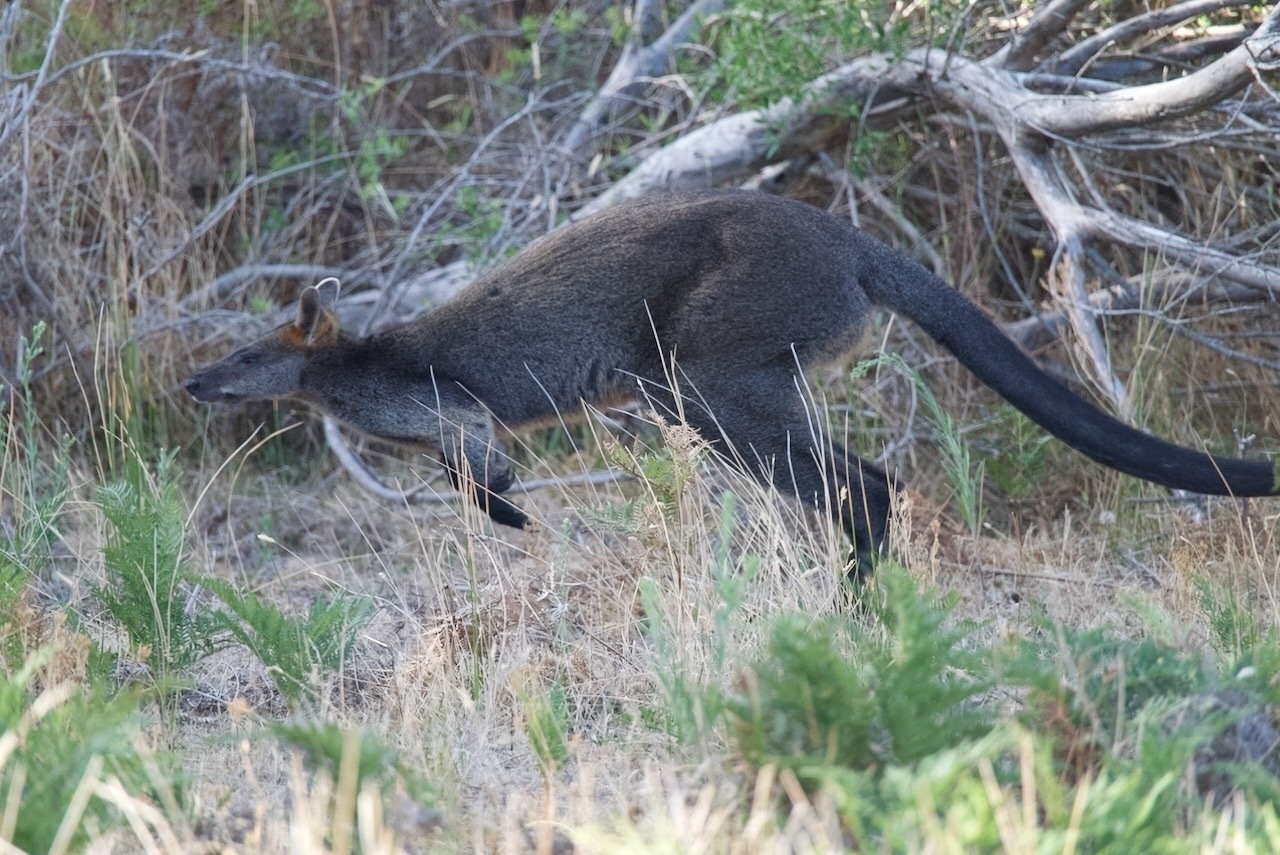
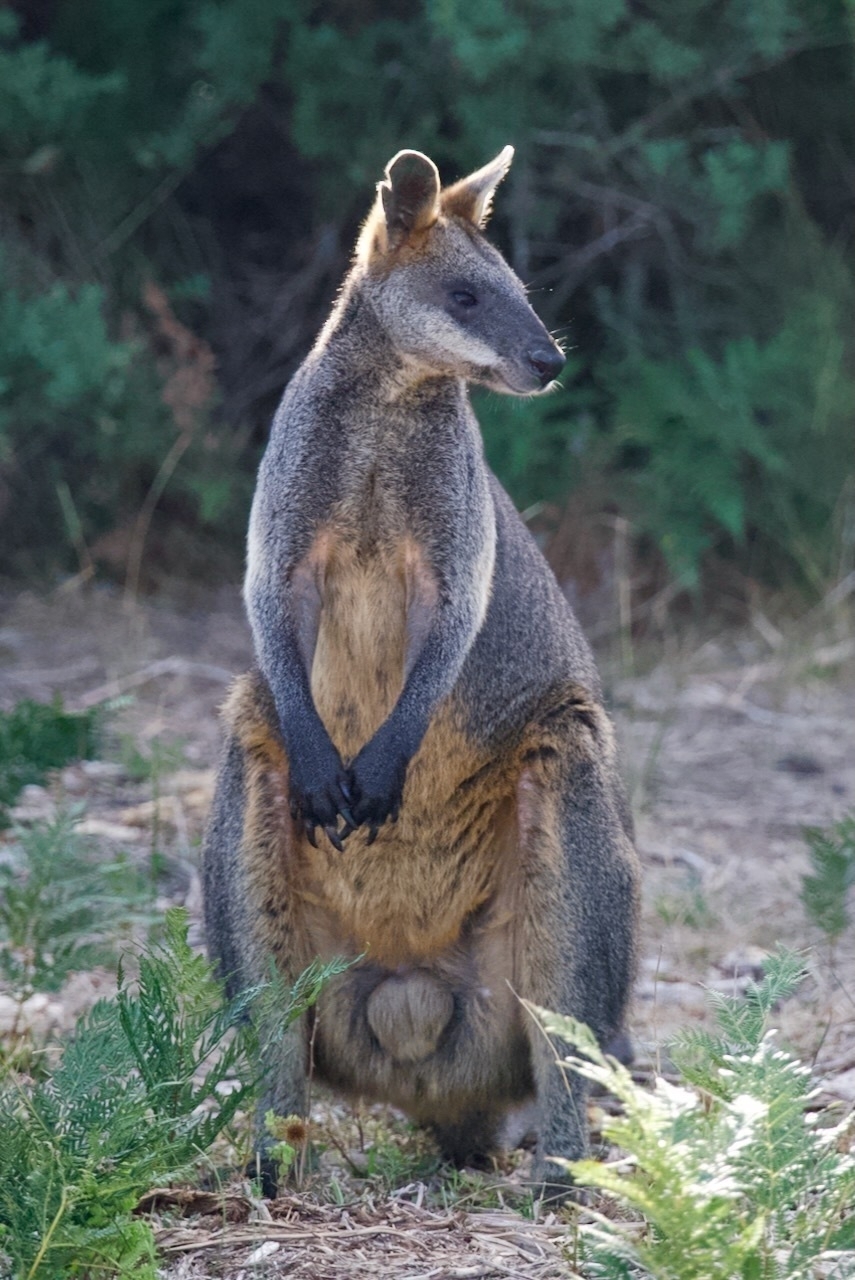
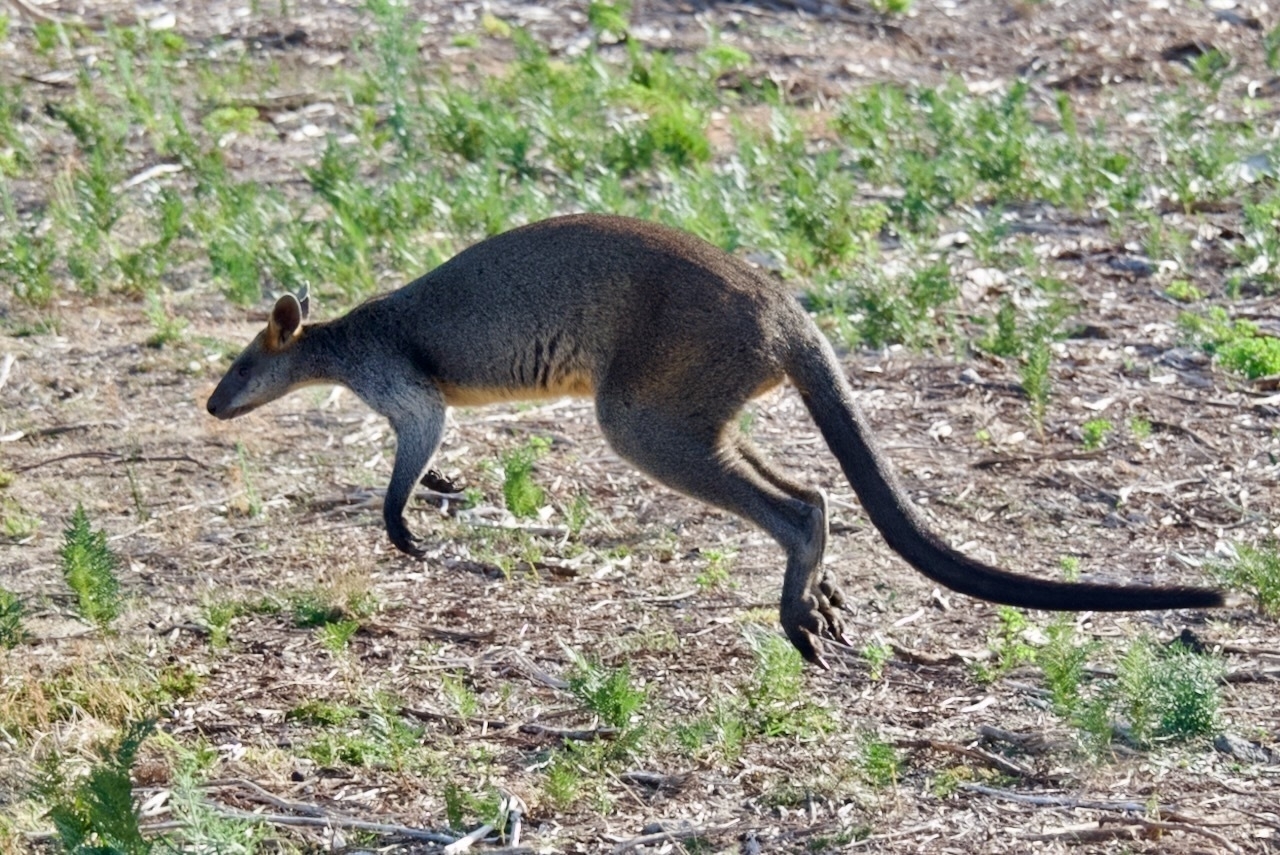
Along the way

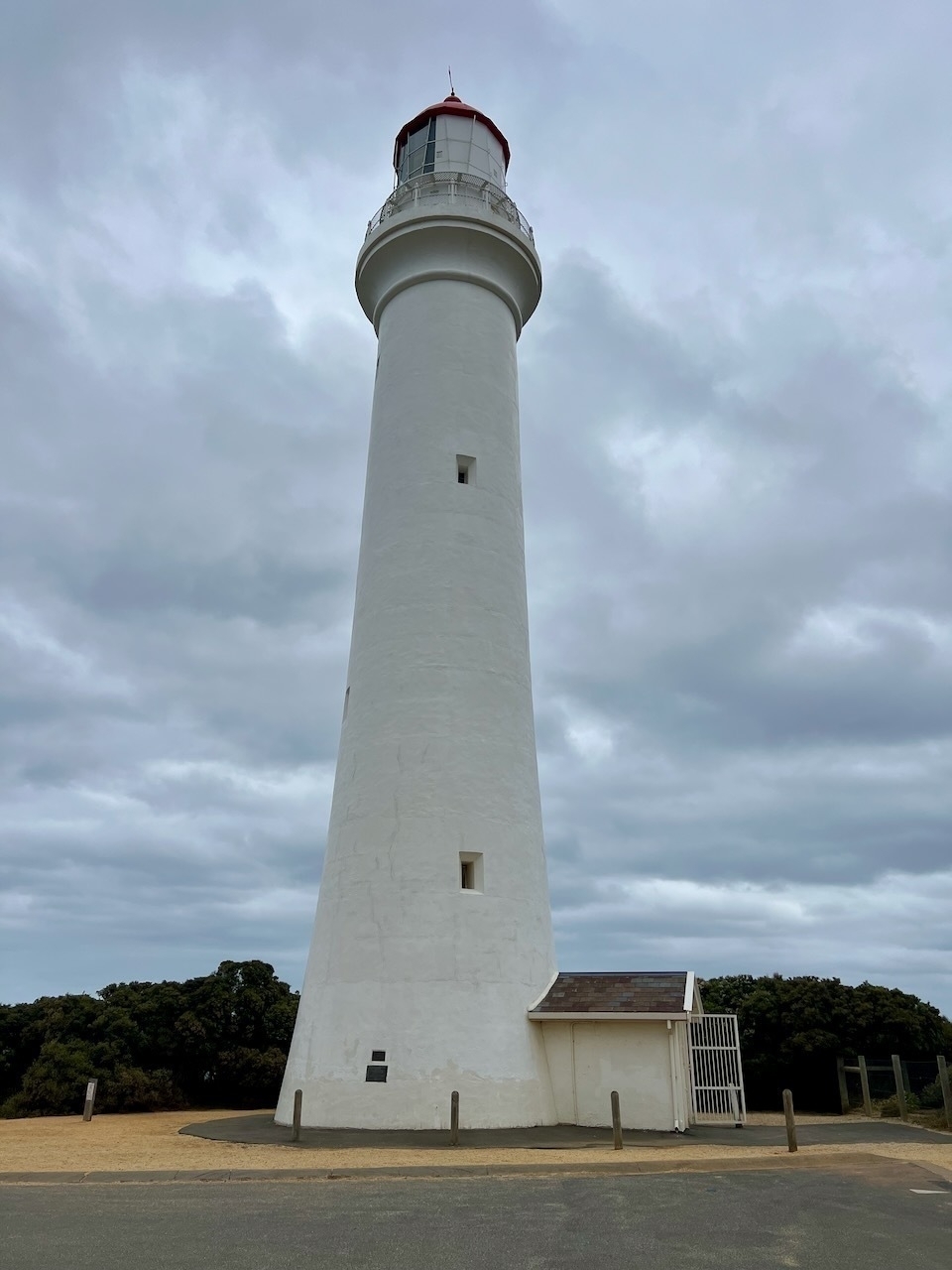
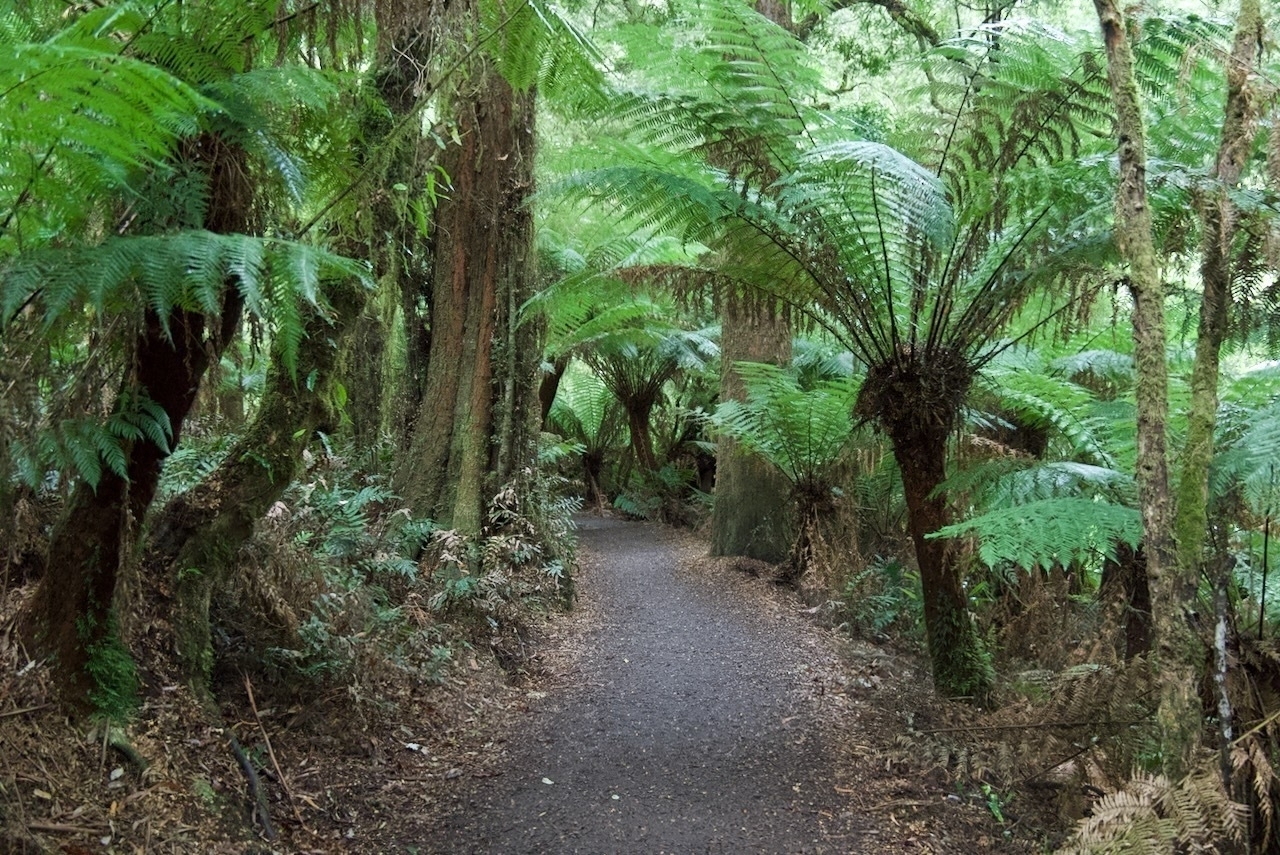
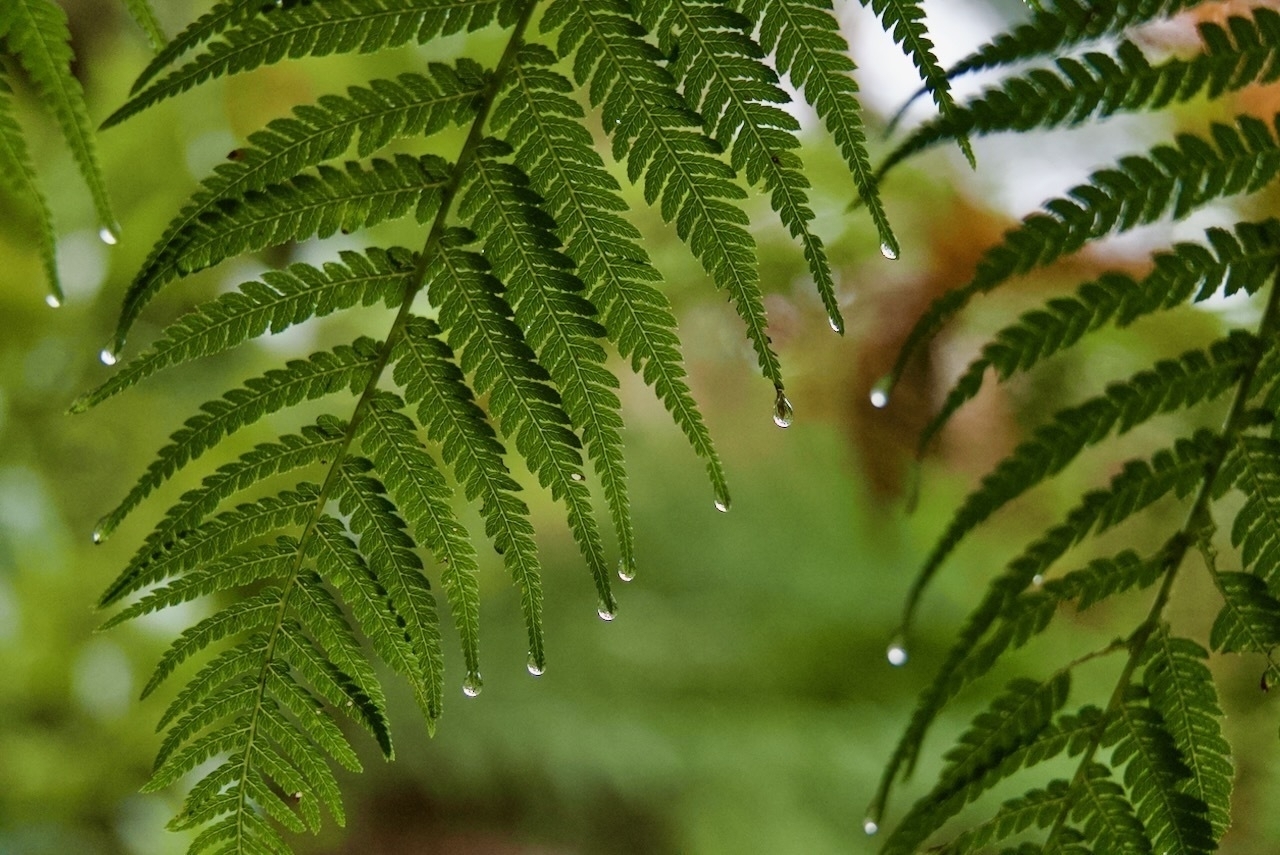
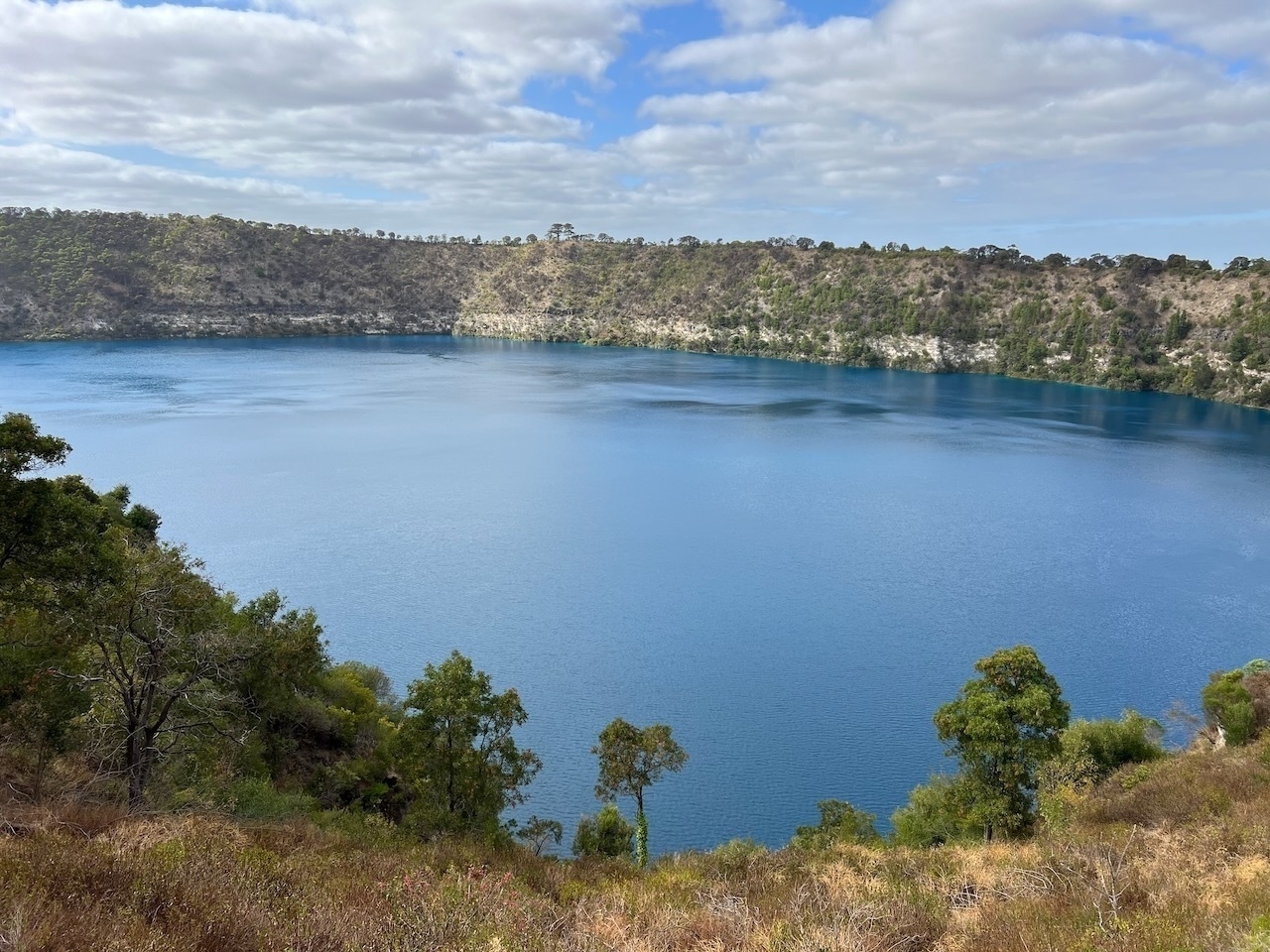
Grampians National Park
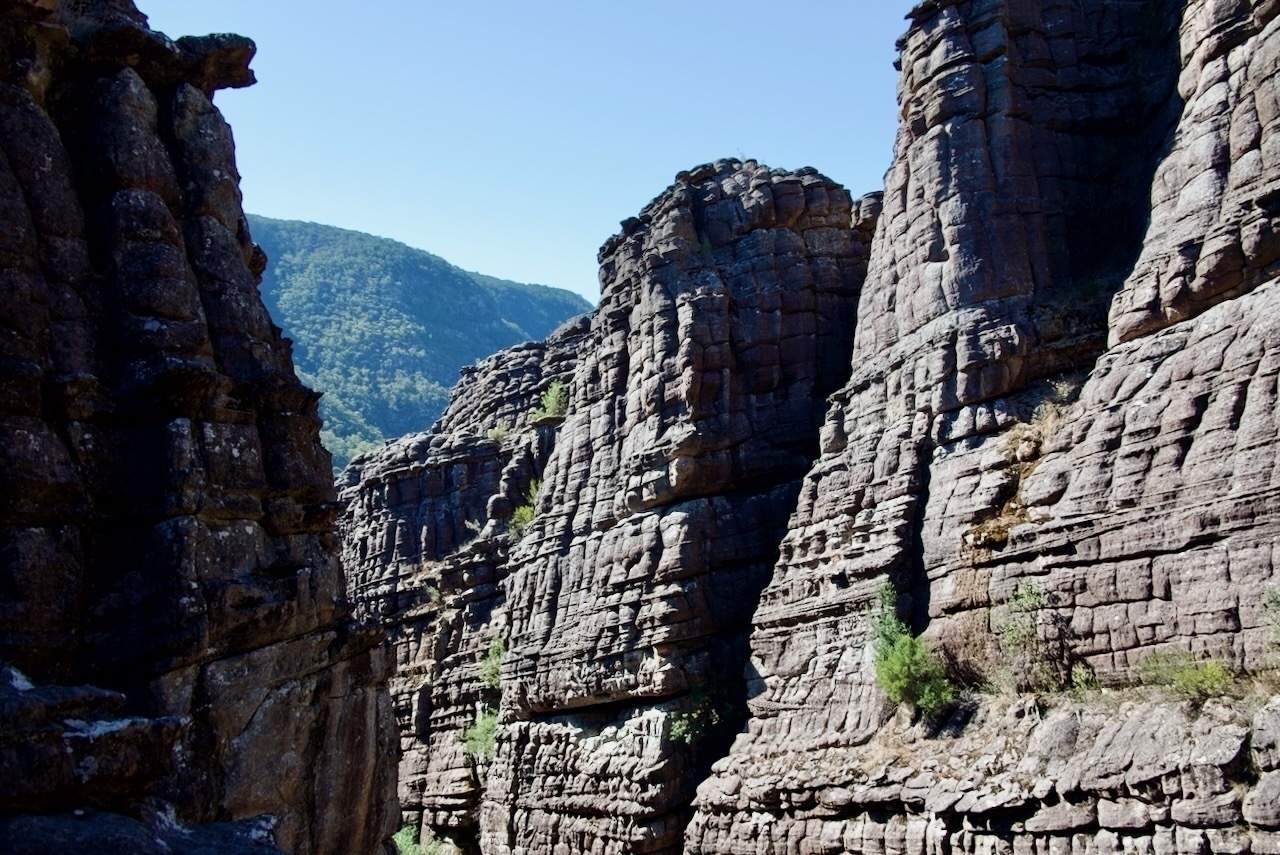

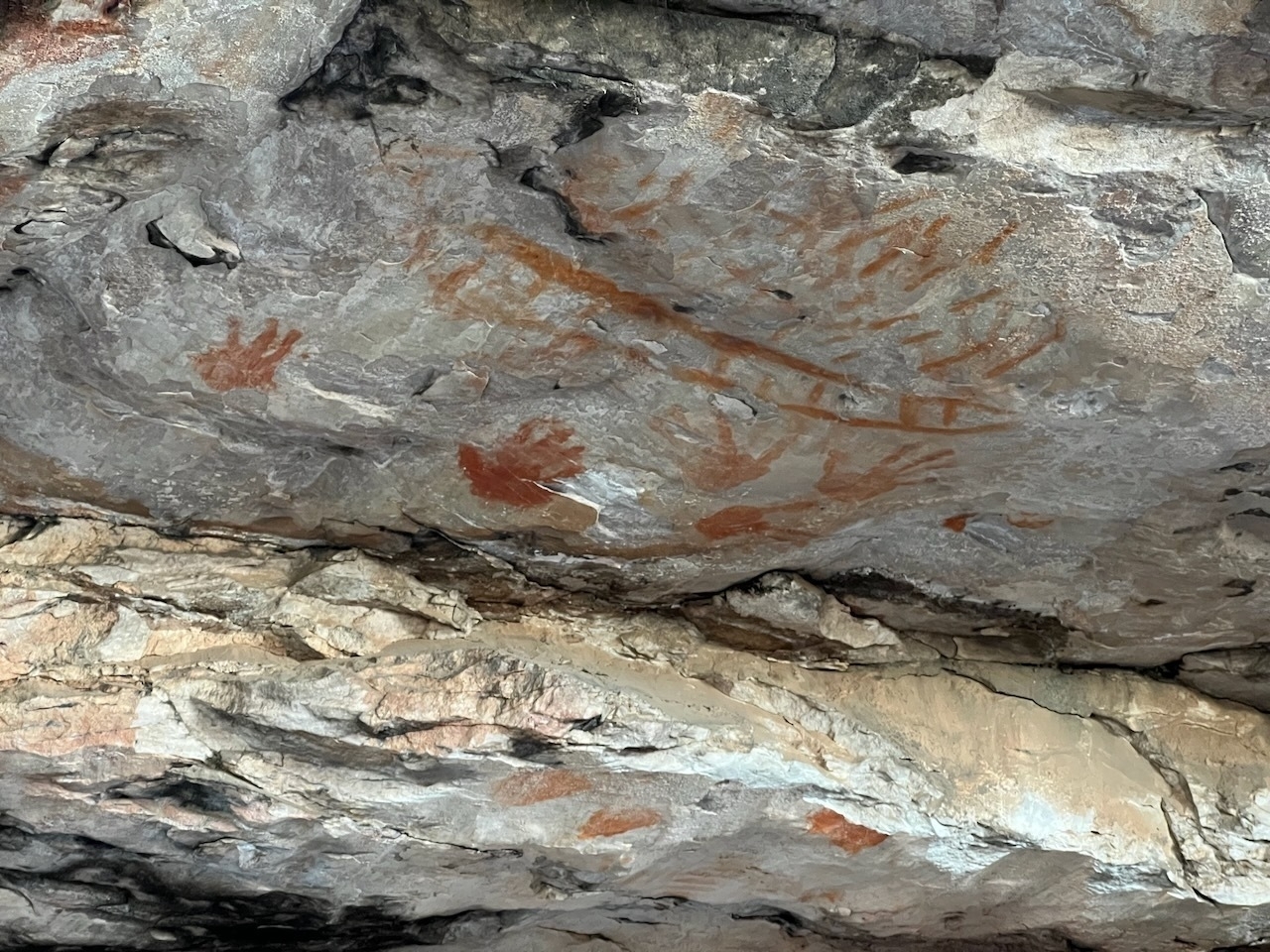
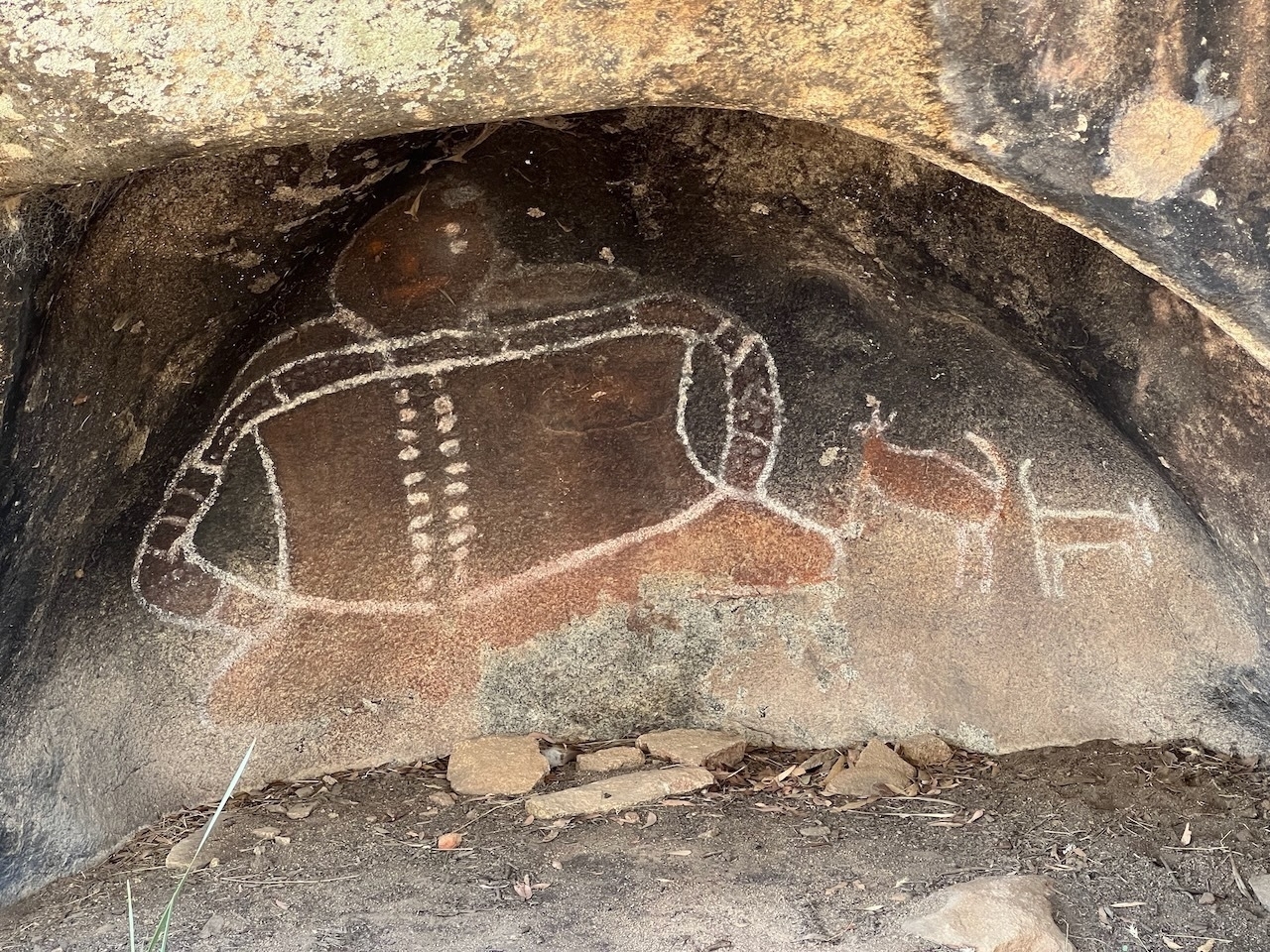
A wall in Melbourne the night before our return journey
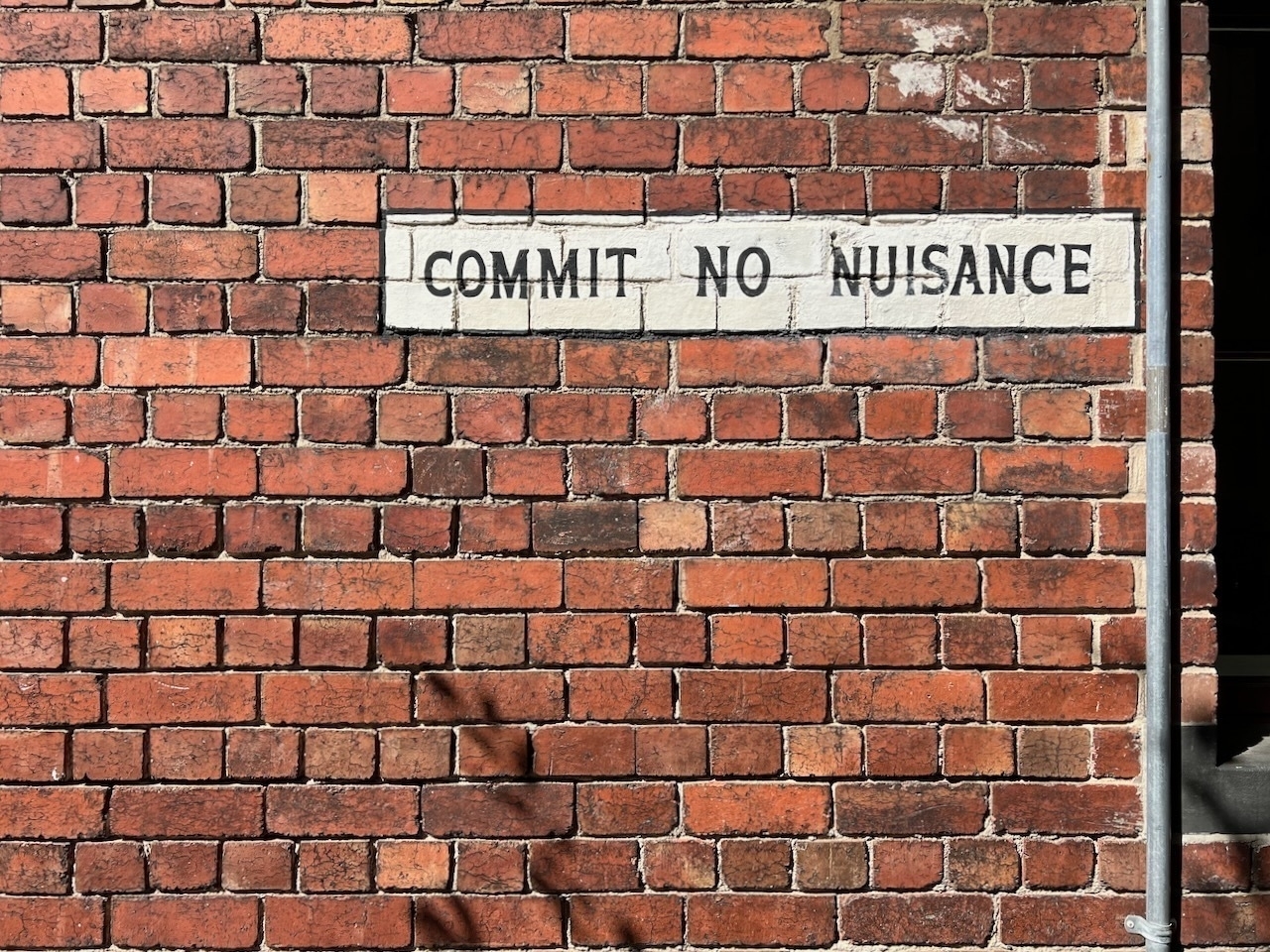
Enchida browsing on Raymond Island
One of the highlights of our time on Raymond Island in Australia was enjoying an enchida browsing around for a late lunch (enchidas and platypuses are the only living mammals that lay eggs). We must have spent 30 minutes just watching this guy waddle around and sniff around in the dirt. -S 🇦🇺
Kampsite Kangaroo 🇦🇺
Dusk in Australia
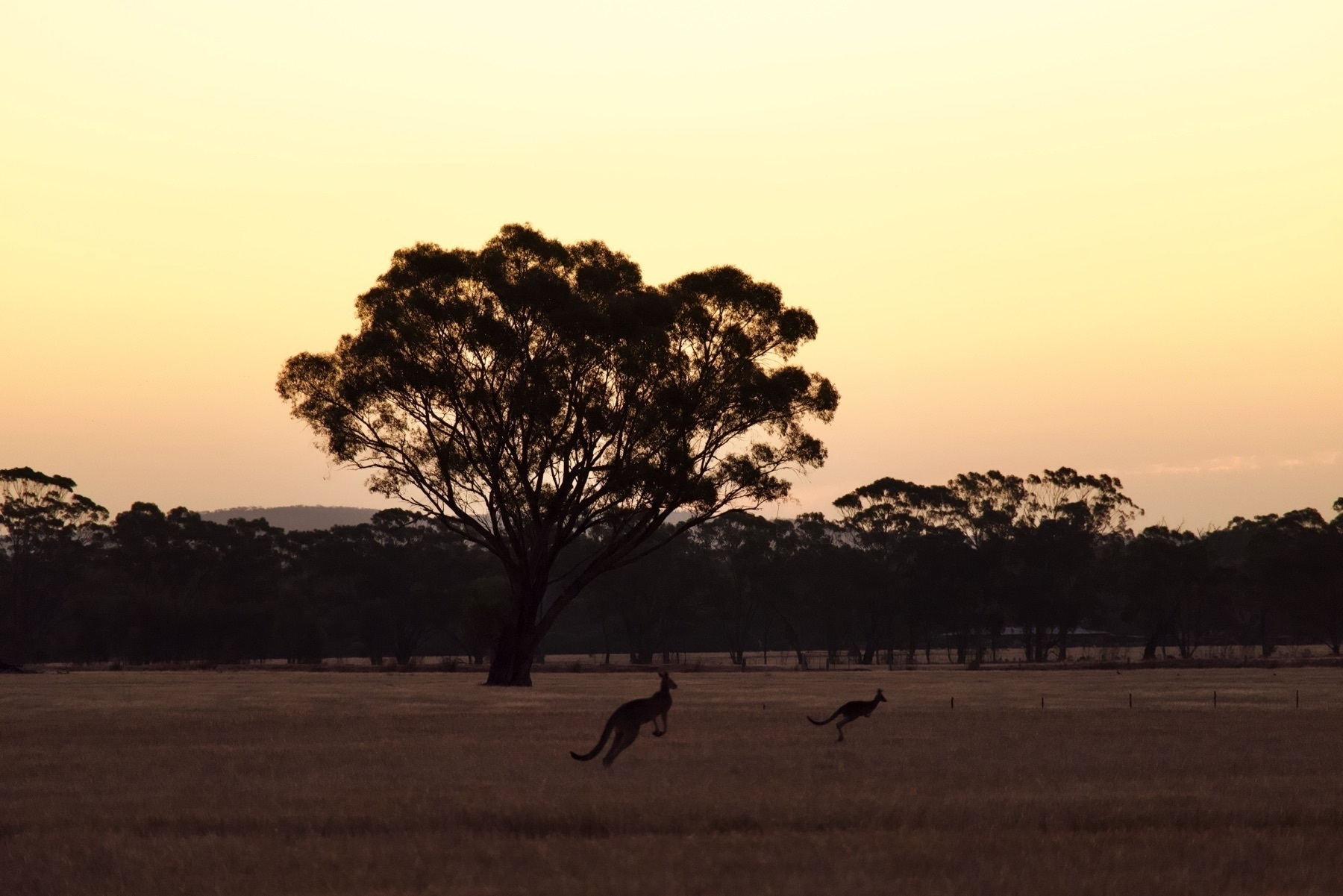
The Sea Stacks of Australia’s Great Ocean Road
It’s been a bit since we posted the first part of our drive on the Great Ocean Road, but here’s the second half—the portion that includes the famed Twelve Apostles and other sea stacks.
While we enjoyed the stops we made along this stretch—though unfortunately, some of the spots we were most excited about were closed—it was also quite crowded. Very, very crowded. We also found it funny that there were lots of “Australia drives on the left side of the road” signs as reminders for all the tourists. -S 🇦🇺
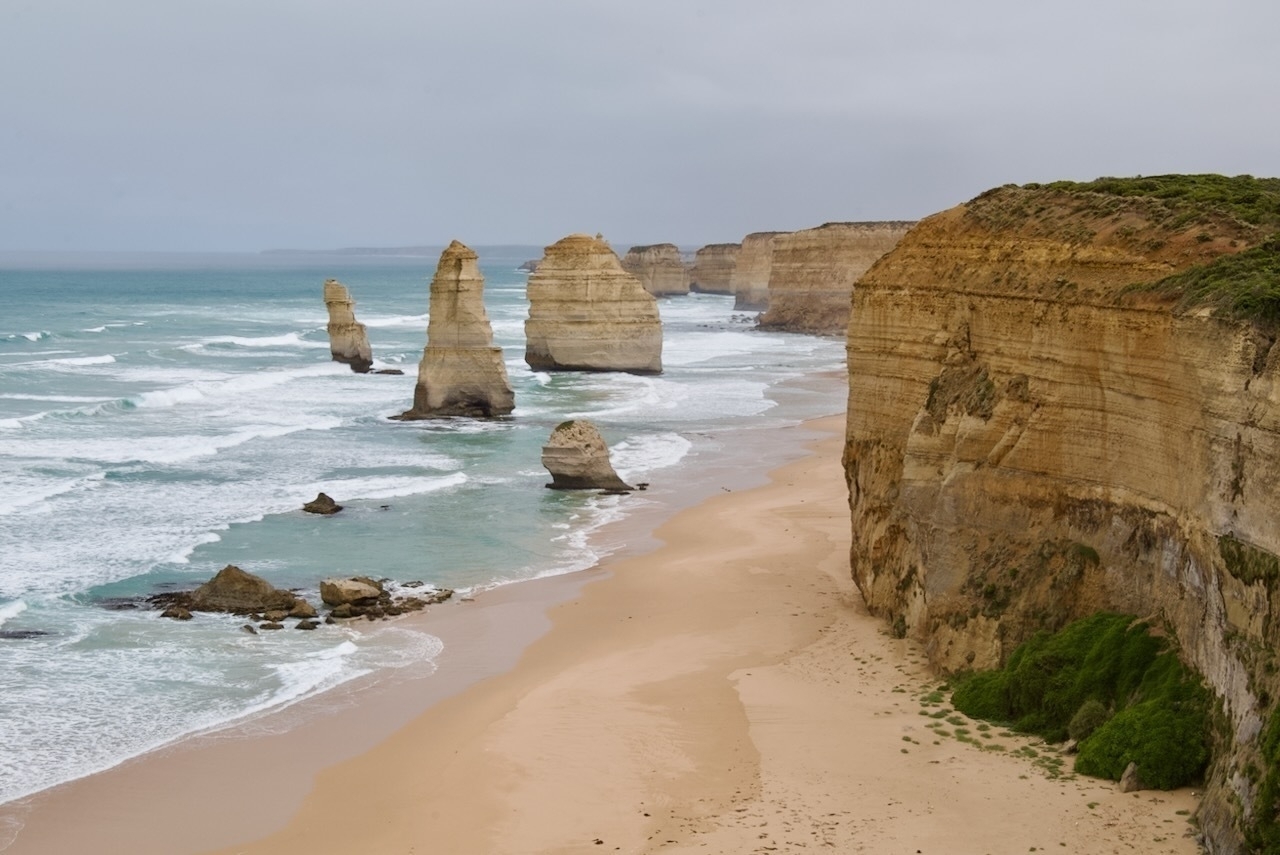
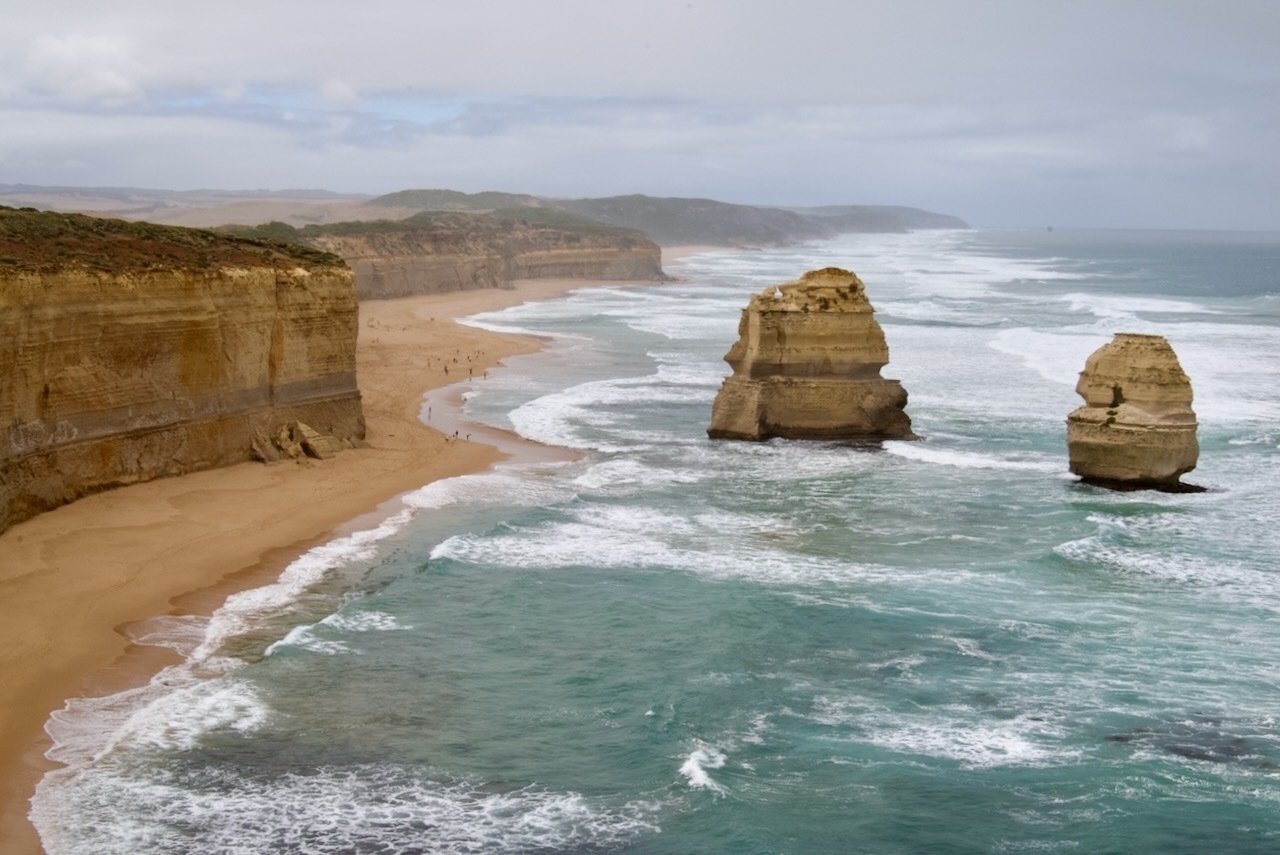
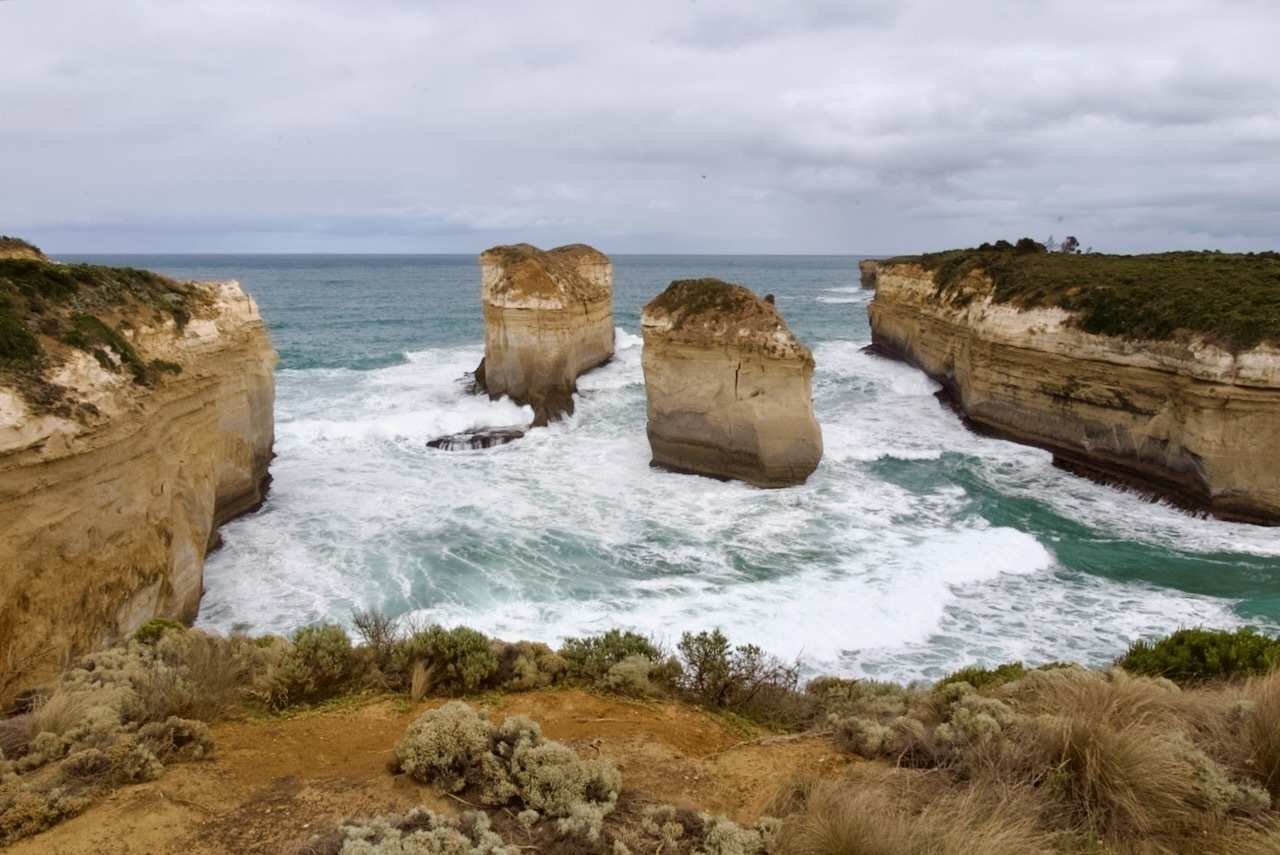
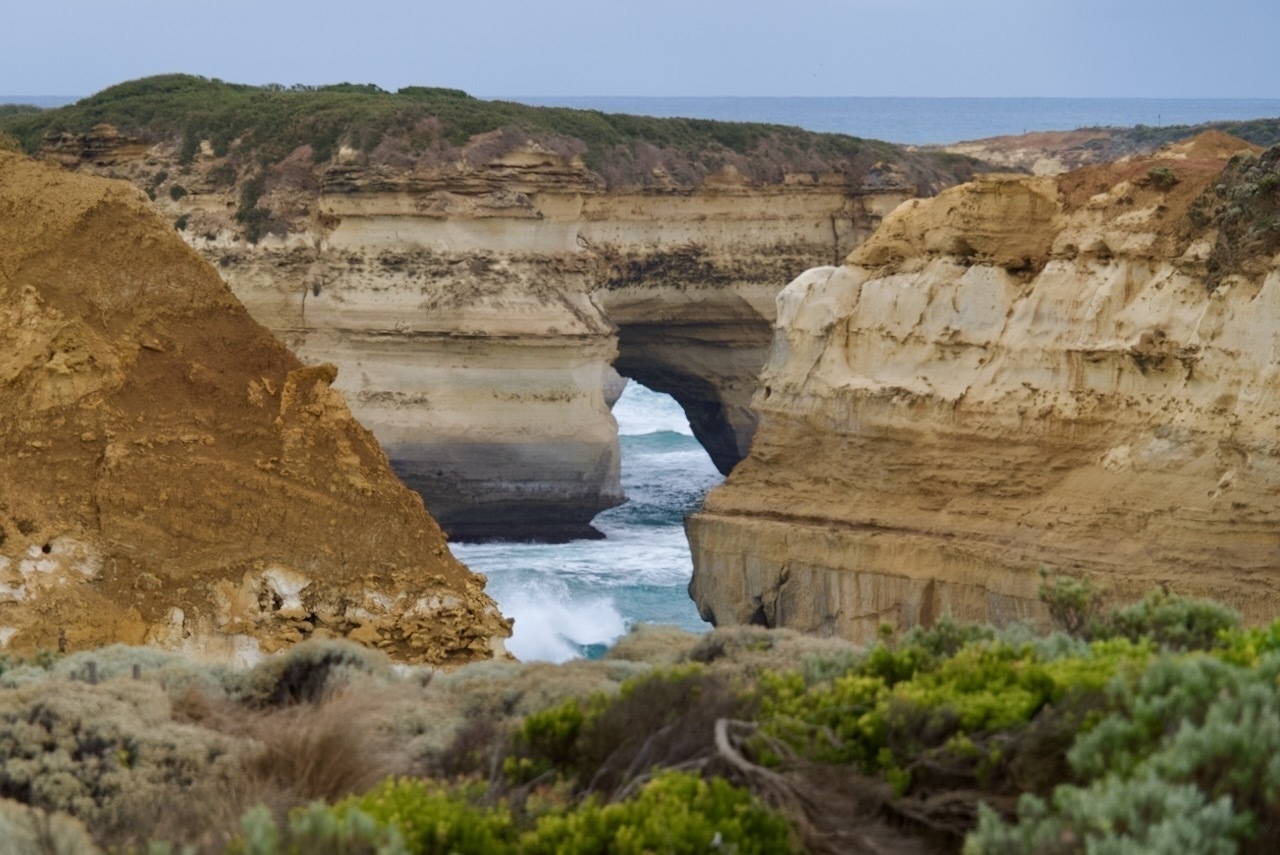
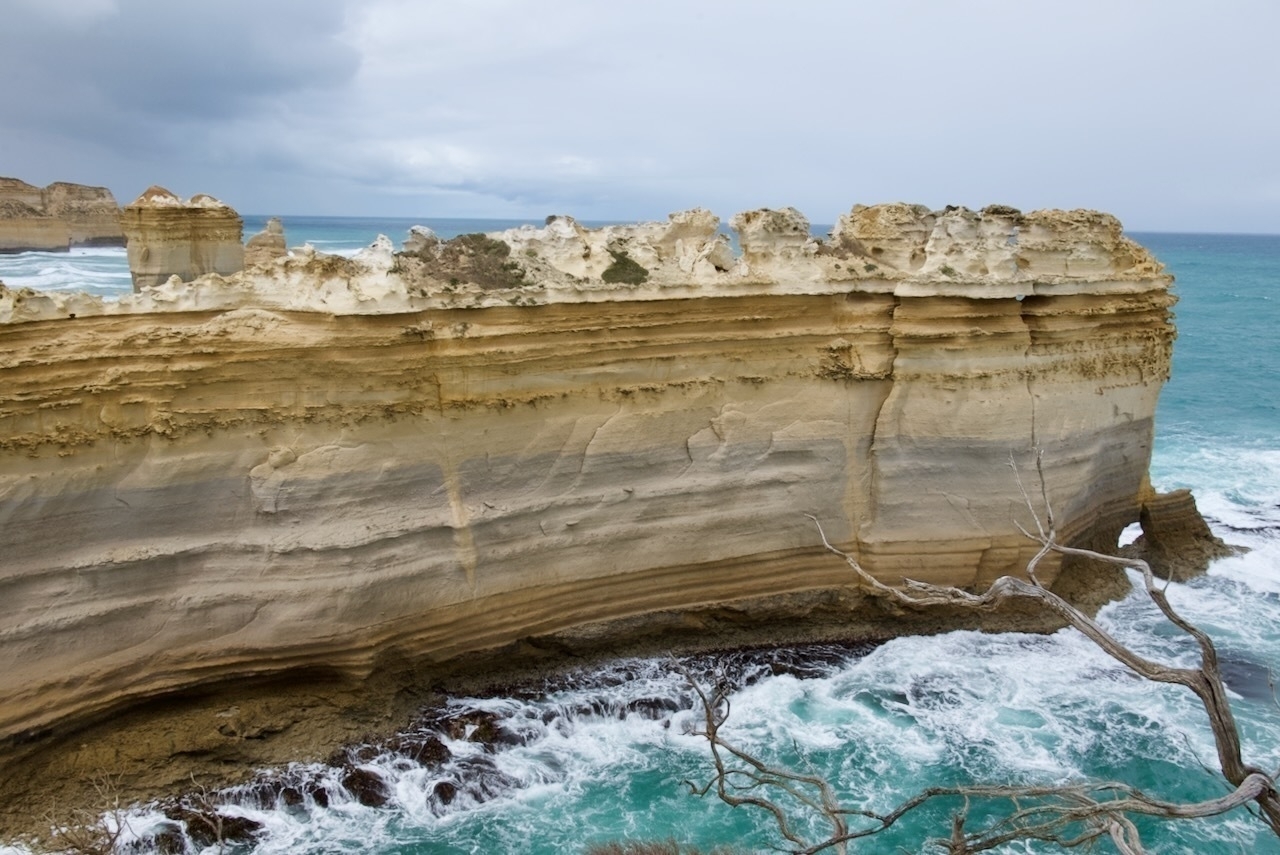
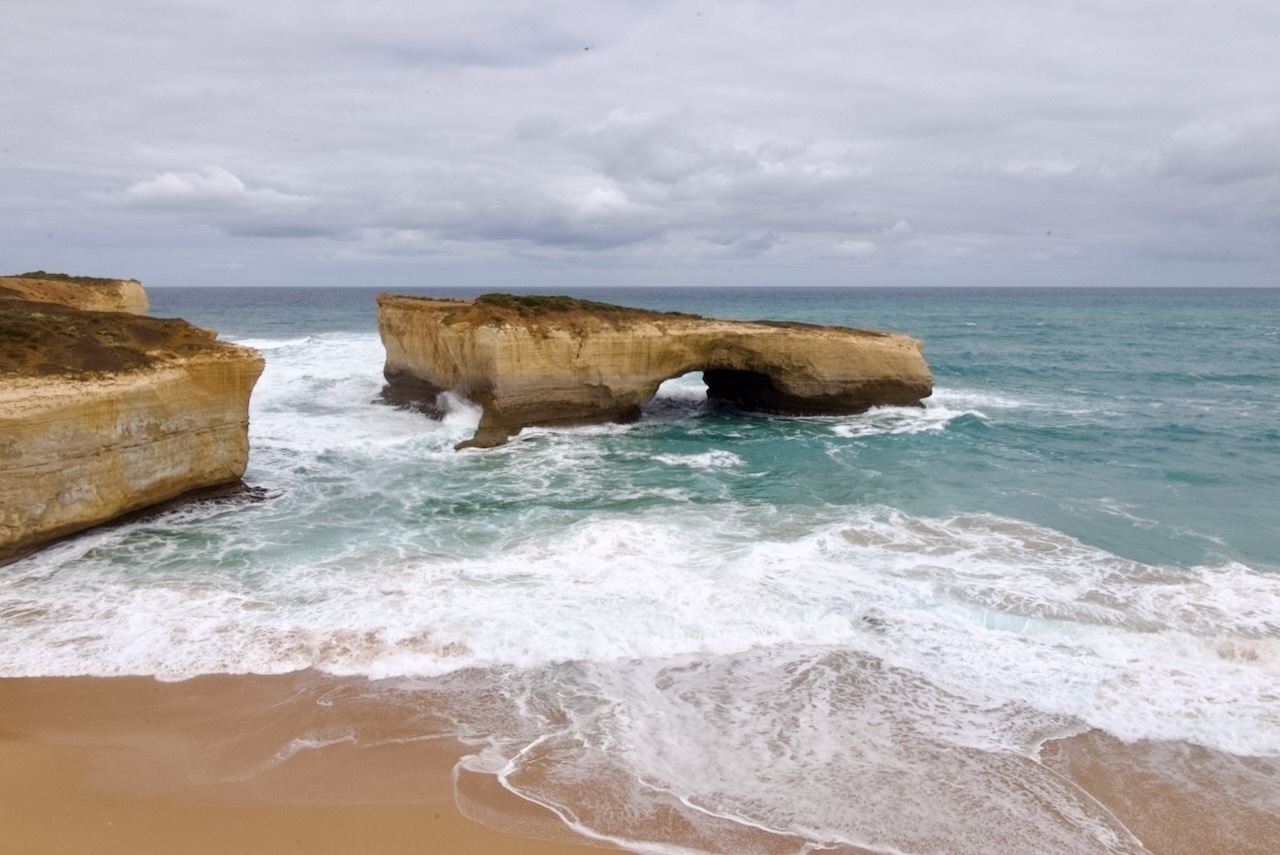
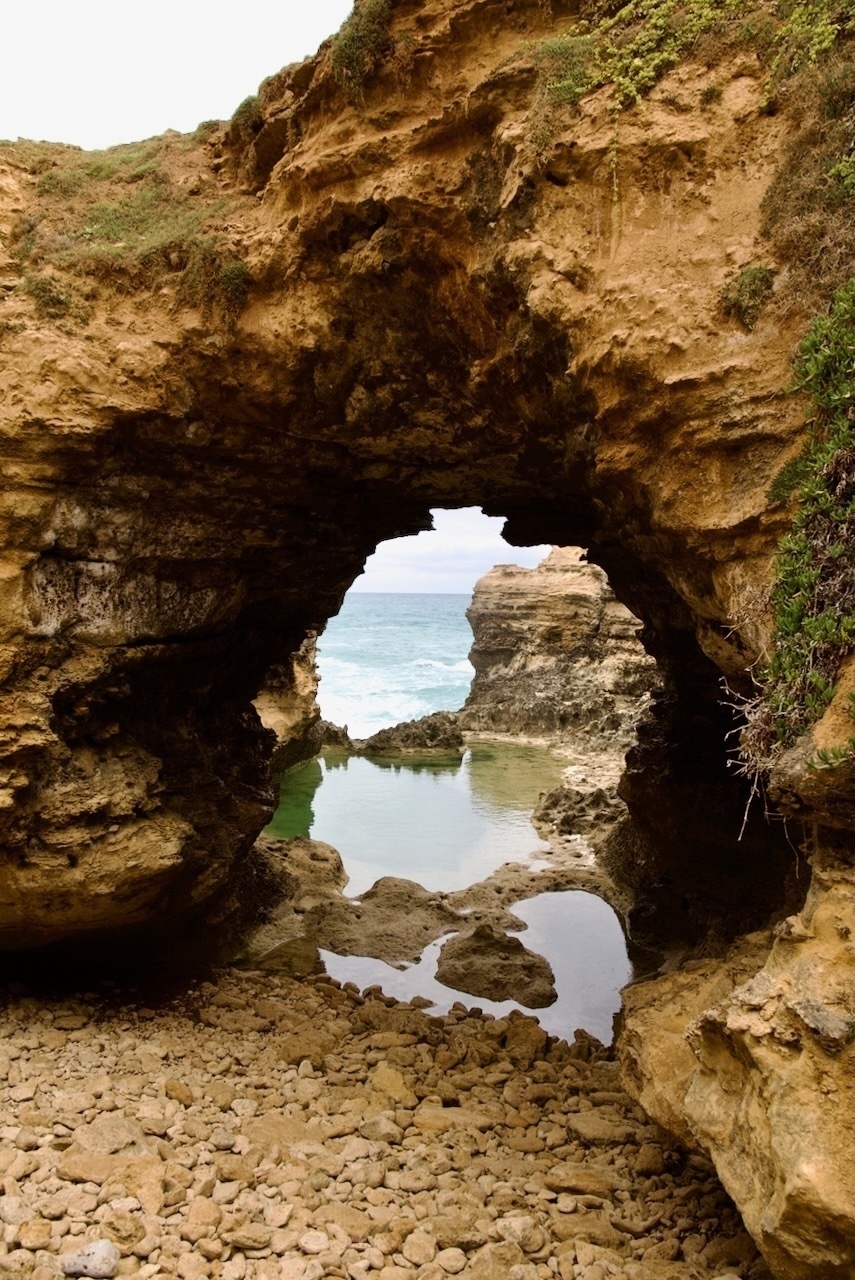
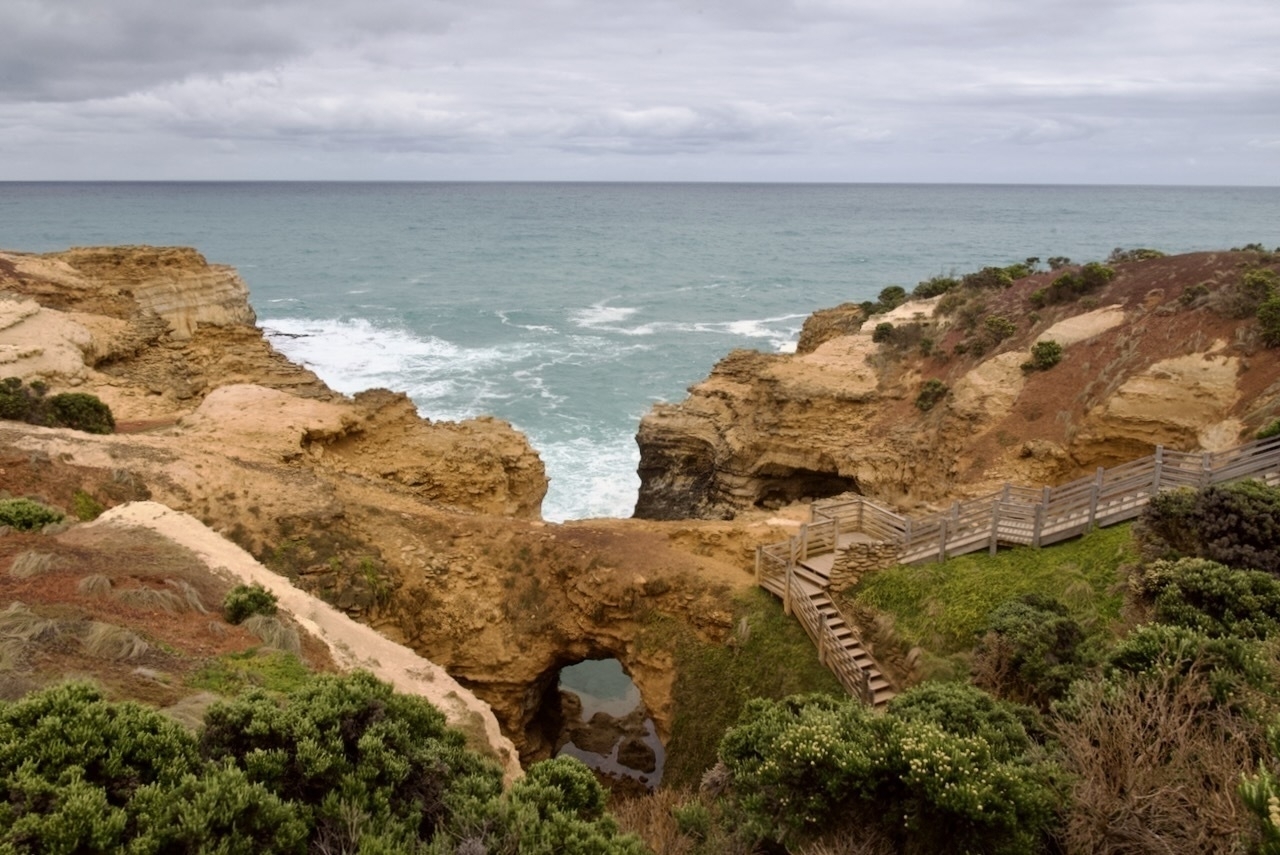

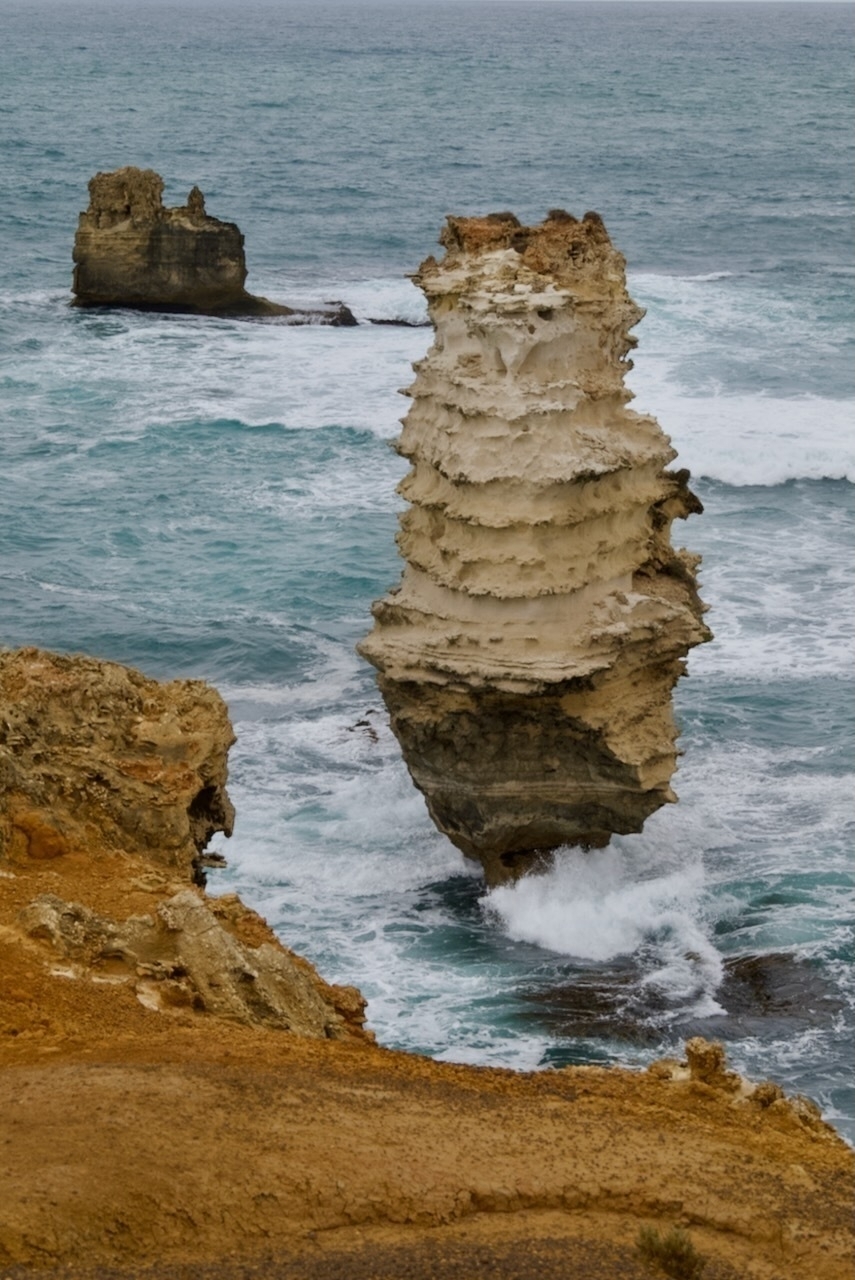
Our campervan in Australia
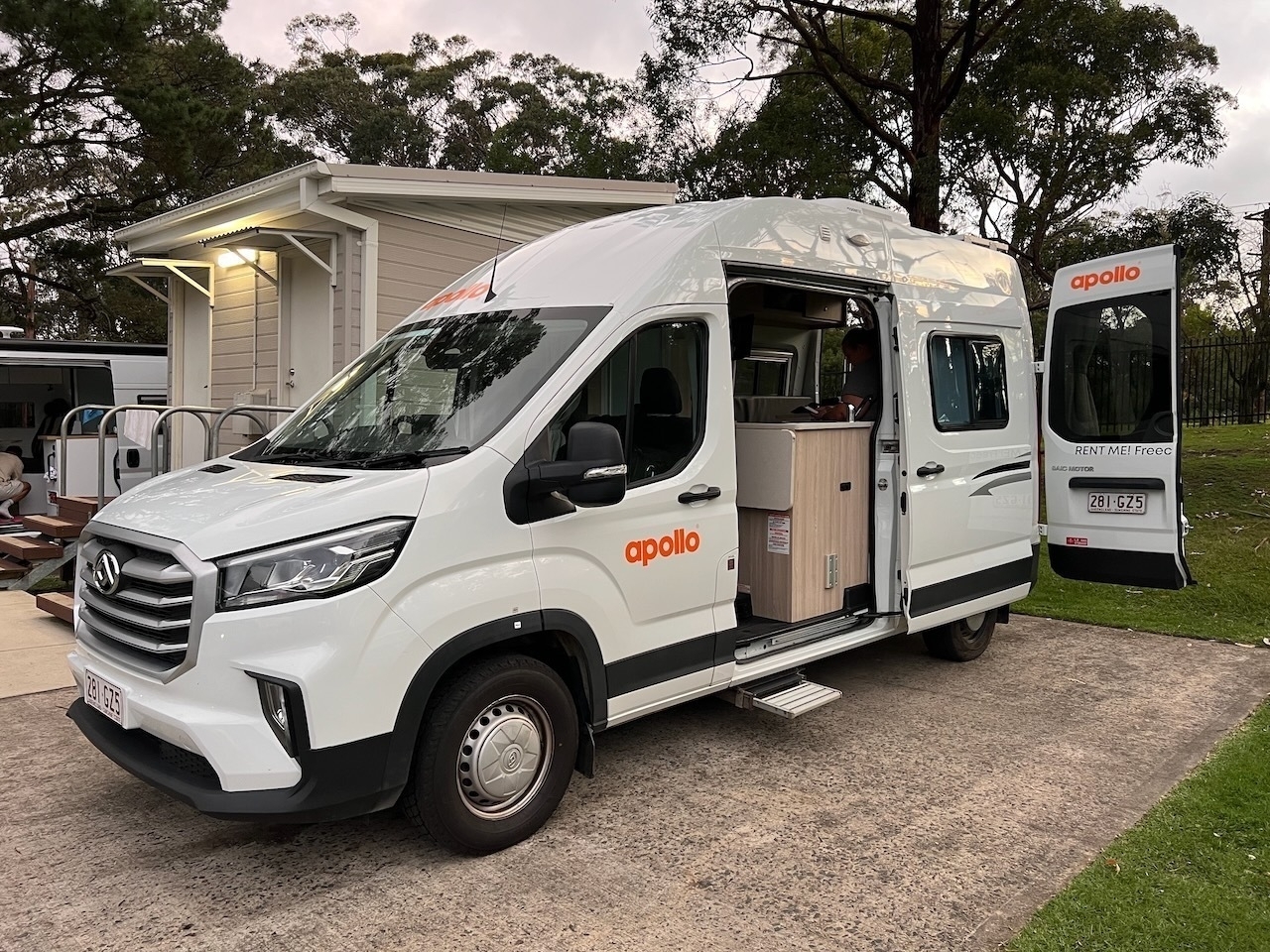
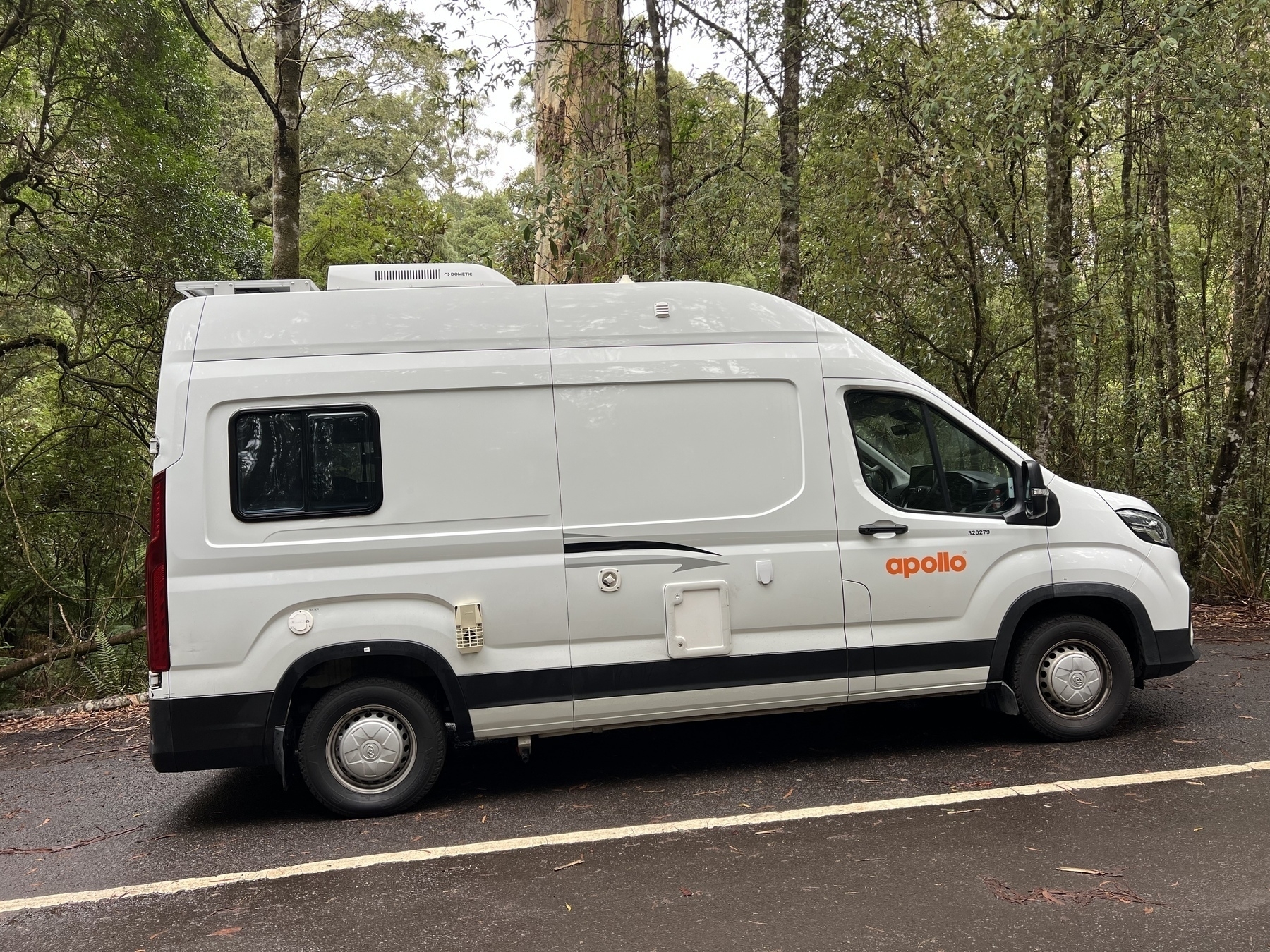
We rented a Euro Mini campervan from Apollo, picking up in Sydney and dropping off in Melbourne. We wanted something small and generally parkable, but also fully self-contained, a requirement to boondock in Australia.
Overall, the vehicle worked fine for us. After two months of hot weather, we loved having the AC at night. Because it only works when on shore power, we sought out powered sites for all but one night of the trip. The bed length was a bit cramped, and the process of tucking in the sheet was frustrating. However, we enjoyed having a large dinette table, and the rest of the vehicle was fine. We never made use of the shower or toilet or even the sink or stove. I guess we’re just too used to not having those things that we easily make due without them.

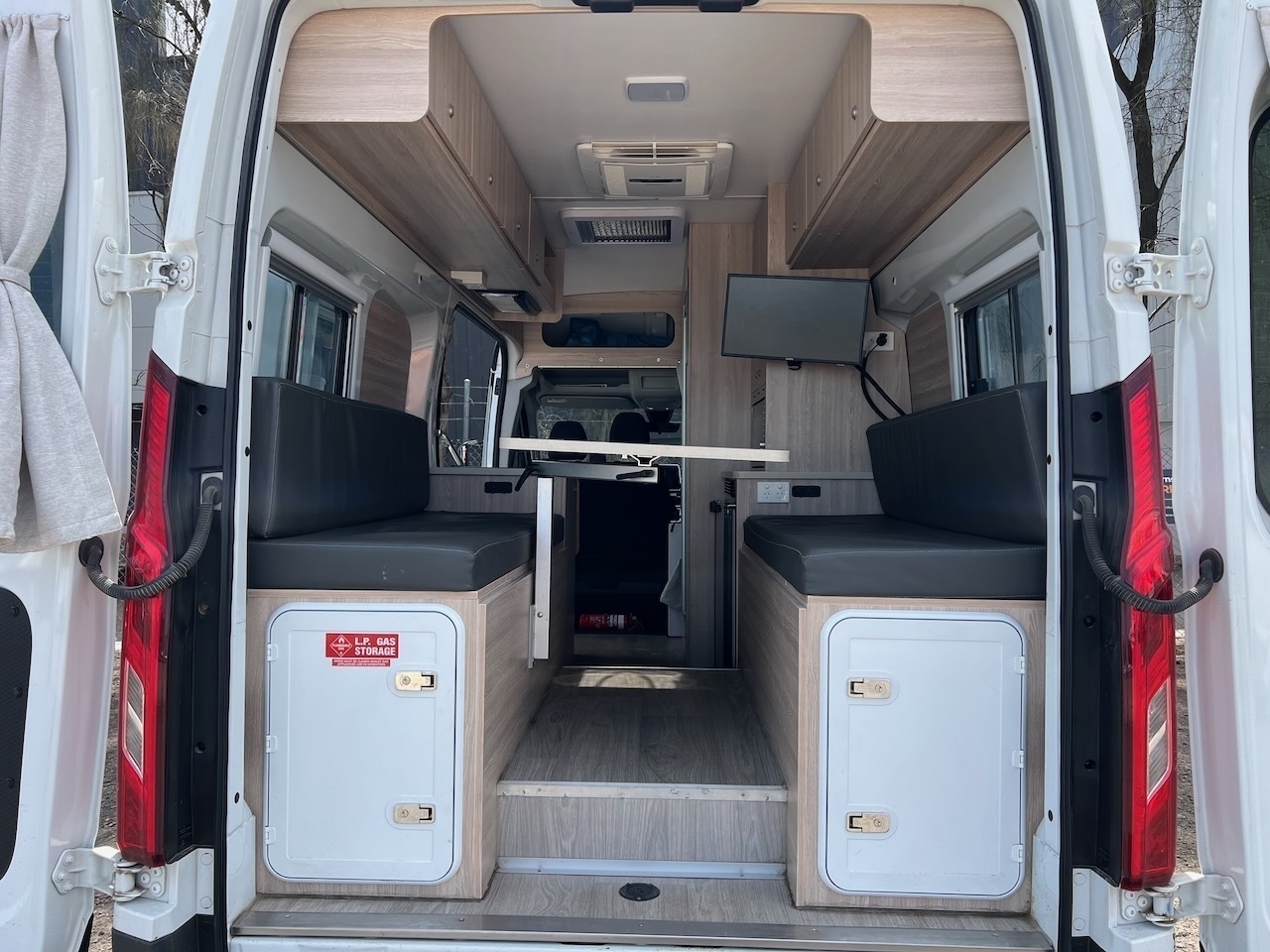
While the vehicle came with most everything you’d need (including some actual appliances for when you were plugged in, like a microwave, toaster, blender, and hairdryer), we quickly added a few additional items: a better pillow, some doormats, sponges, insulated cups, as well as other camping supplies like paper towels and trash bags, in addition to food and drinks.
Overall, the campervan was one of the highlights of the trip, if only because it offered the freedom to explore that we’re used to and hadn’t enjoyed for most of the trip.
For those that requested one, here’s a quick video walk-through of the van:
We enjoyed our campervanning time so much that we adopted a quest to circumnavigate the continent in one—in sections, of course.
Welp, due to “recent events,” we had to abruptly and prematurely end our trip, and frantically race ourselves back to the US.
The sun has set on our adventure, but we’ll get caught up with more photos and posts this week.
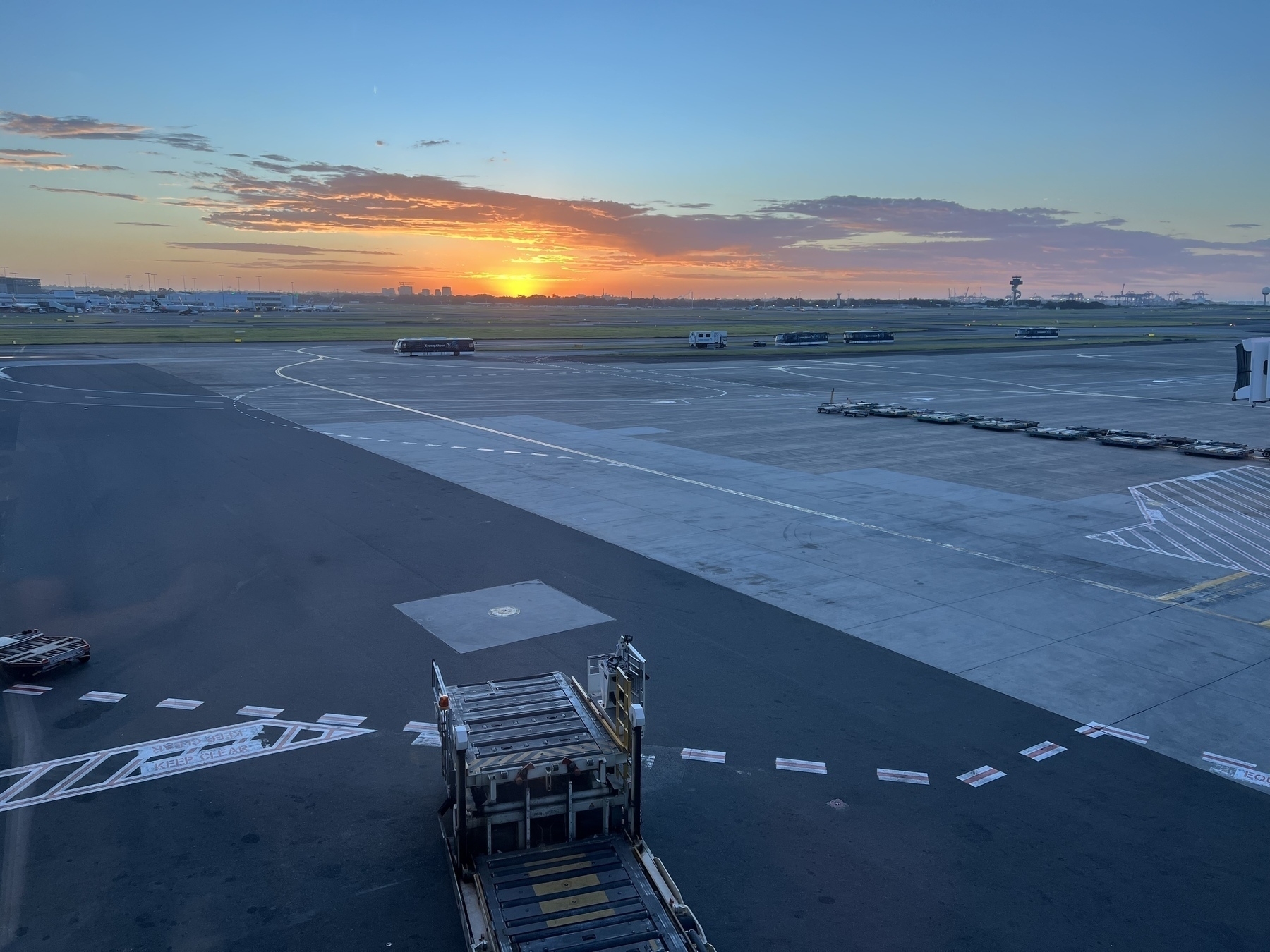
Our last night in the campervan
It’s our last night in the campervan, and it sorta feels like the last night of the trip, too. But we still have two nights in Melbourne, followed by a full week in French Polynesia.
We spent an hour or two sitting outside, gazing up at the incredible starscape late last night in Grampians National Park, talking a bit about the trip so far.
One of the questions we asked each other was, at this late stage of our epic trip, how much longer could we go in the campervan? Jen said another two weeks, depending on pace, while I said a solid month.
This portion of the trip has been the most comfortable, in part because Australia is quite like America. But also because this kind of travel—roadtripping the national parks—is our jam. We’re just doing it while driving on the other side of the road, seeing unusual wildlife, and sleeping in a campervan and not our Subaru or a tent.
We’ve thought a lot about acquiring such a vehicle for domestic travel over the last several years, but never came to a solid conclusion on if it would be worth the cost over simply tent camping and/or hoteling it. In most of our scenarios, it probably wasn’t. Still, there’s something very appealing about campervan travel, and I think the ease and relative luxury(?) of it would assist us in getting out of town more often.
But with job uncertainty looming, especially around schedule flexibility, we think it’s probably best to see how the year plays out. But that doesn’t mean we won’t constantly discuss, strategize, fantasize, research, and consider in the meanwhile. -S 🇦🇺

Although we are currently sitting on the beach waiting for the Australian Blue Penguins to come ashore, I found this guy hiding under the boardwalk! -J 🇦🇺
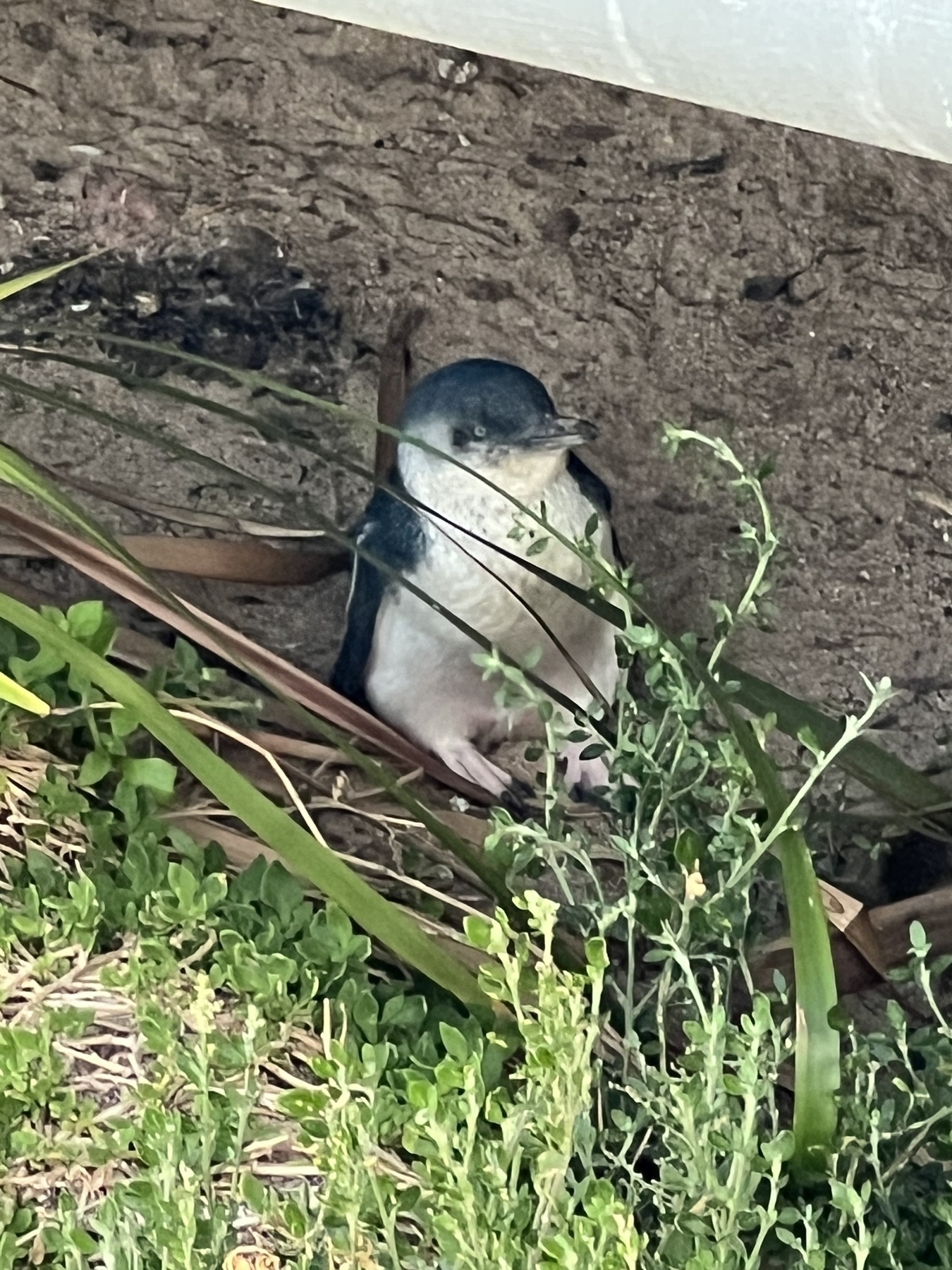
Because it wouldn’t be a Scott roadtrip without a stop at some sort of roadside oddity or “World’s Largest” thing… -S 🇦🇺
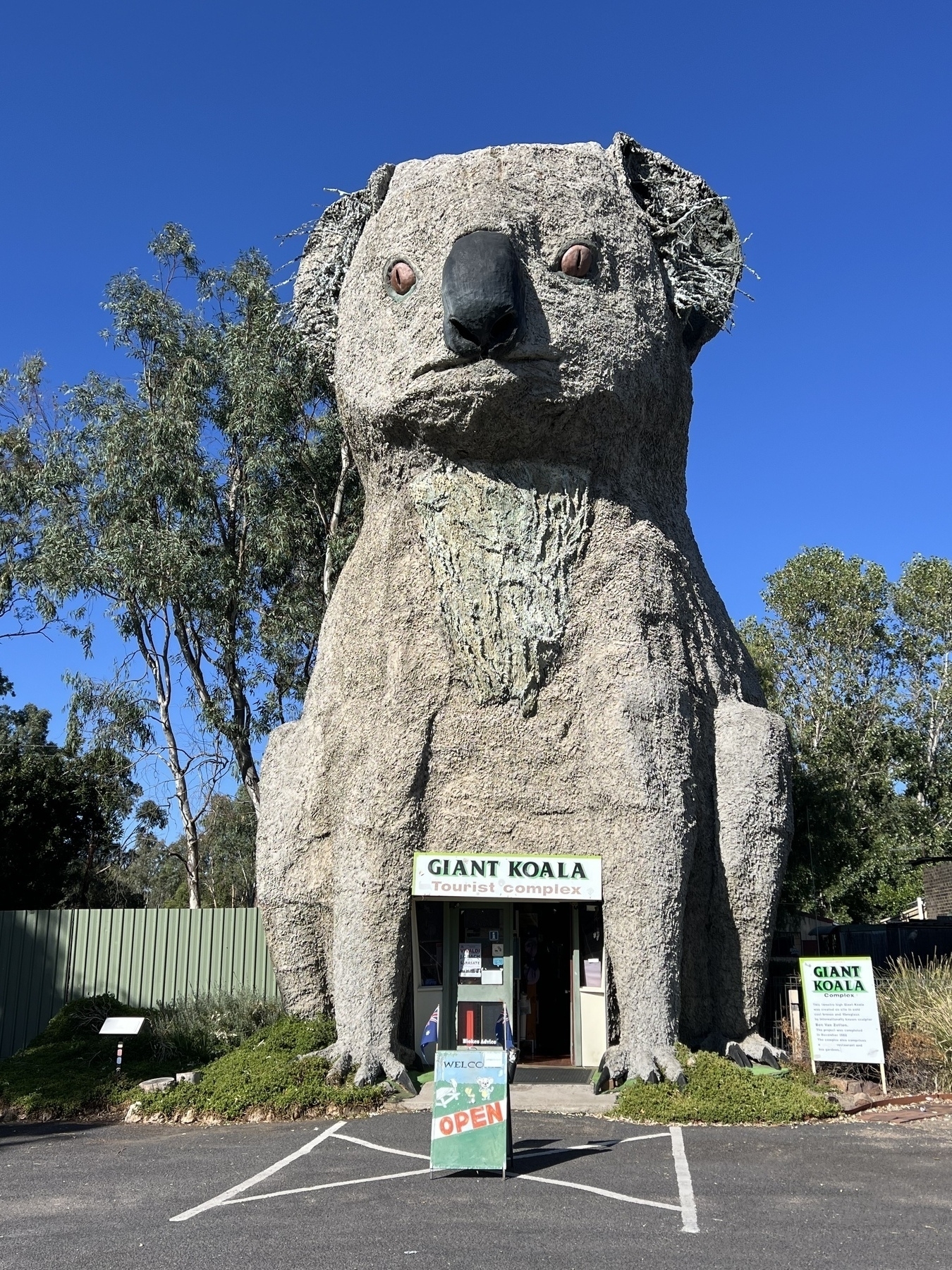
Given our experience roadtripping around Australia, I can only assume that the word “kangaroo” is an ancient aboriginal term for roadkill. -S 🇦🇺
How do you deal with a sinkhole (or two) in the middle of your town? Well, you make them into garden parks! -S 🇦🇺

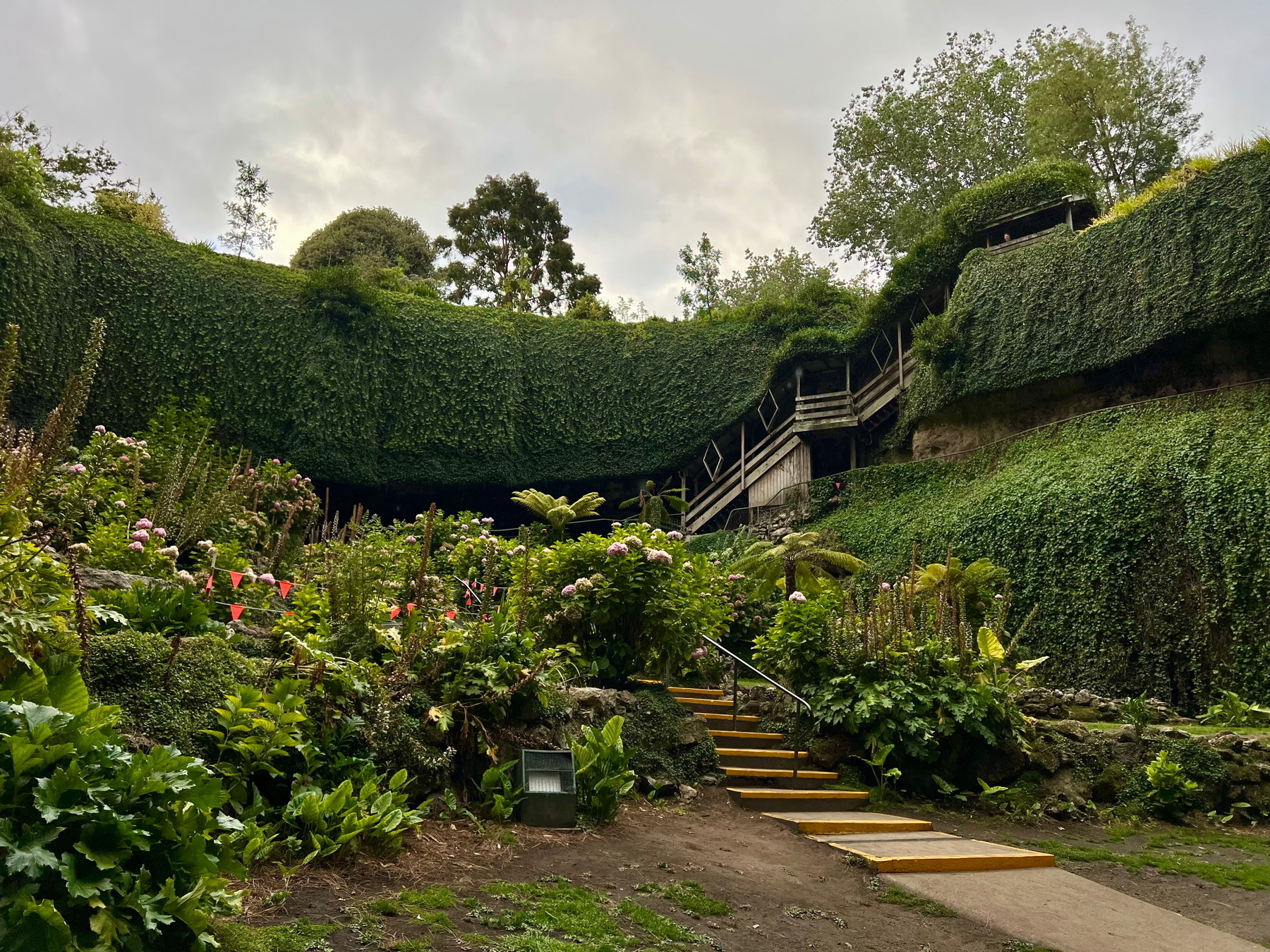
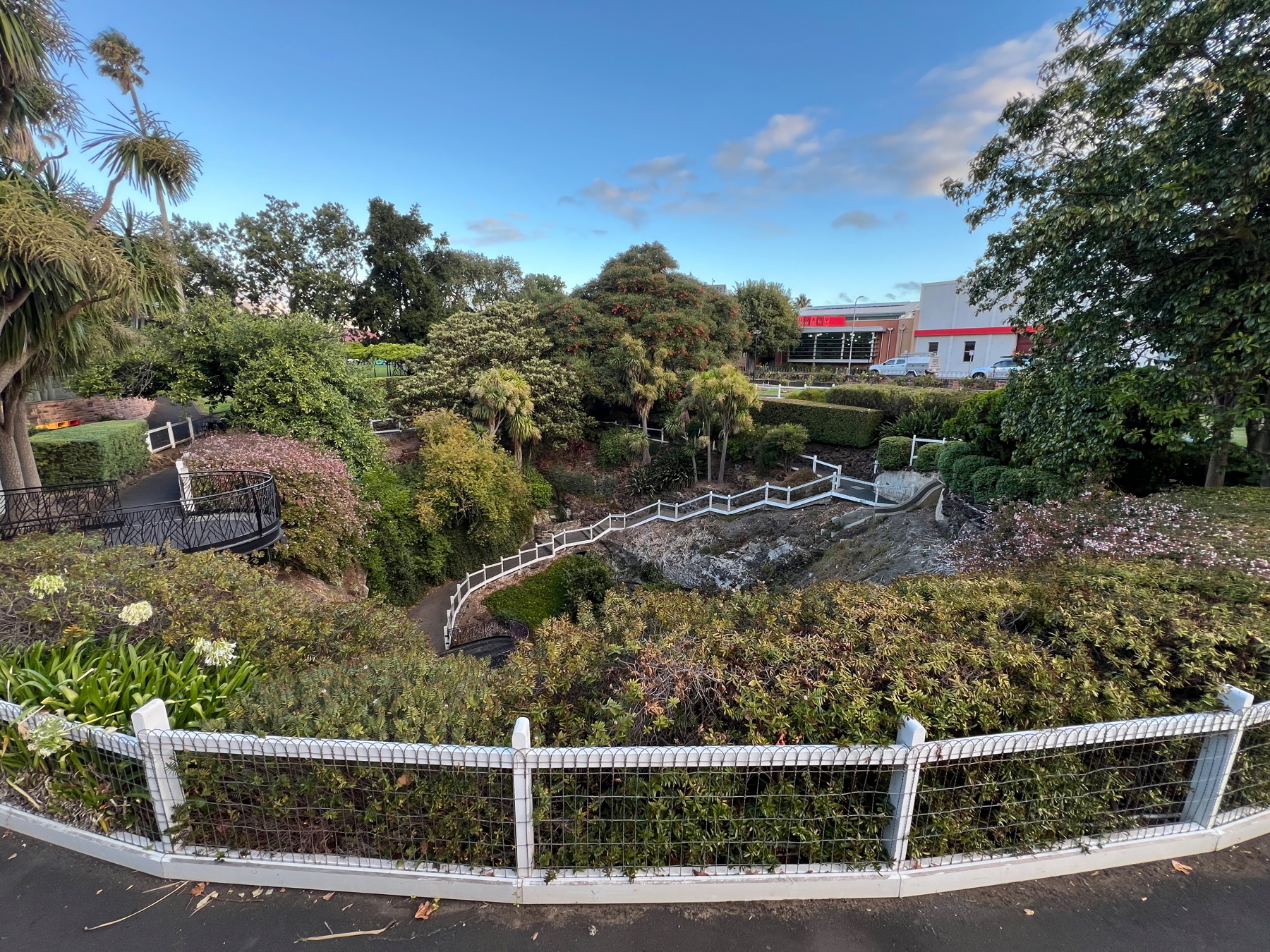
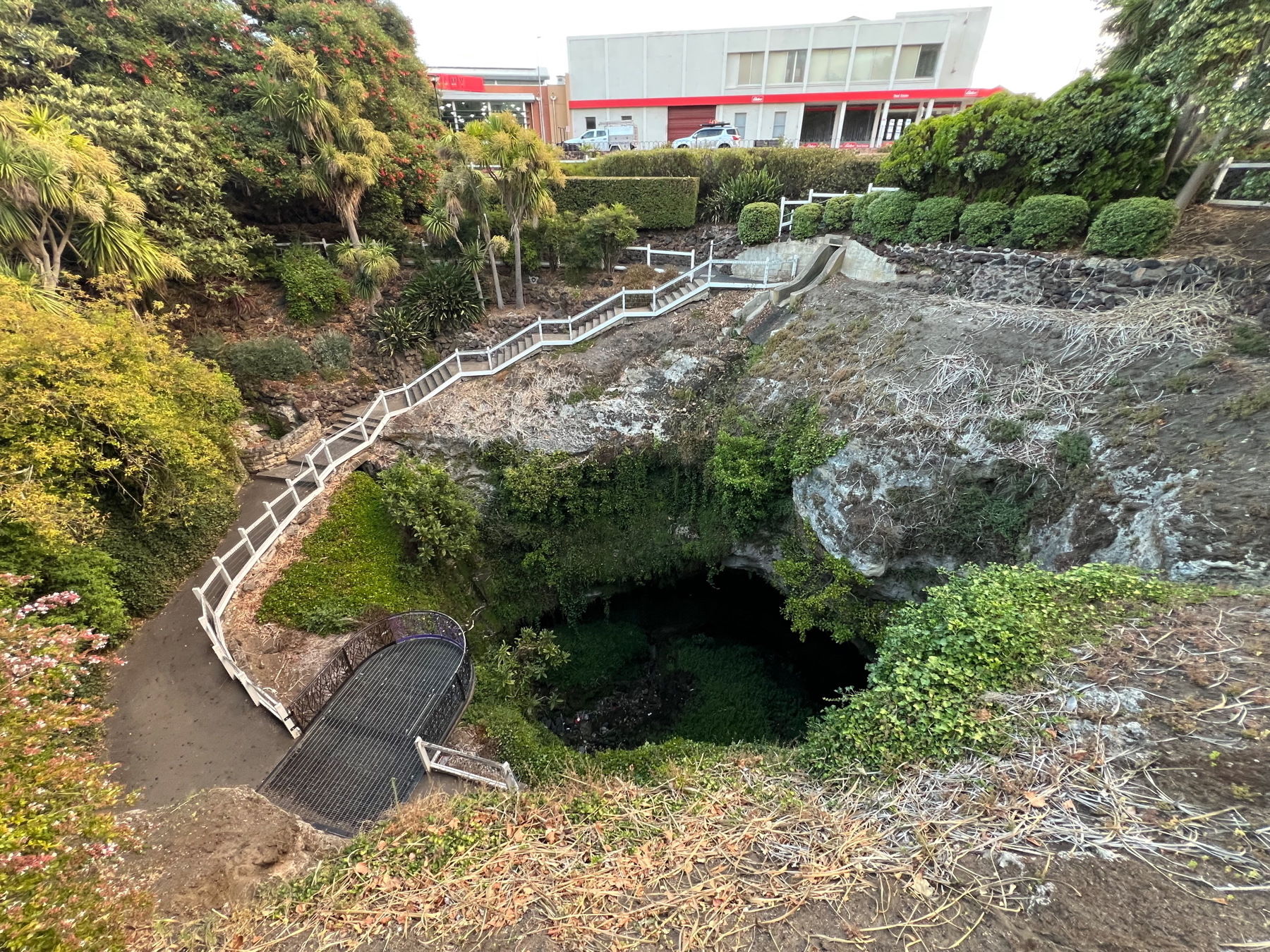
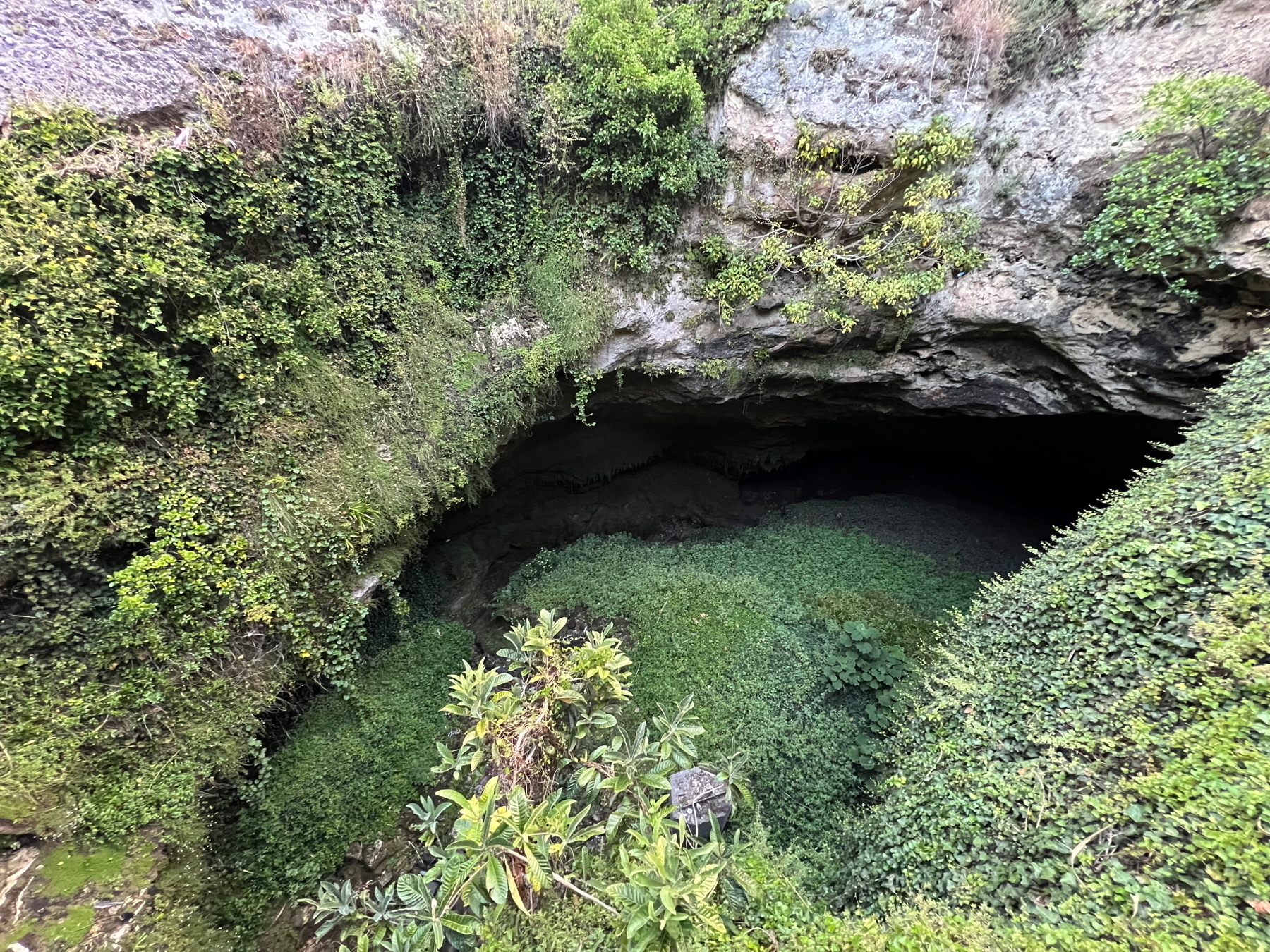
The Great Ocean Road
We started our first of two days driving the scenic Great Ocean Road, often regarded as one of the world’s best coastal highways, and one of the most remarkable war memorials, too.
A largely community-driven project, it served numerous purposes: a memorial to the fallen (Australia experienced the highest casualty rate of any nation in the Great War), an employment project for returning soldiers who needed work, and a way to connect isolated coastal communities and opening up the coast for tourism and development. And of course, it’s also quite scenic, offering some great coastal views (similar to the Pacific Coast Highway in the US) and plenty of beach access too. I bet this place is really hopping on good weather days—the water is much bluer than you’d expect.
Unfortunately, we caught much of it on a rainy day, and had no plans to swim anyway. So much of our visit was simply driving through, pulling off at numerous pull-offs and viewpoints, and generally enjoying the scenery.
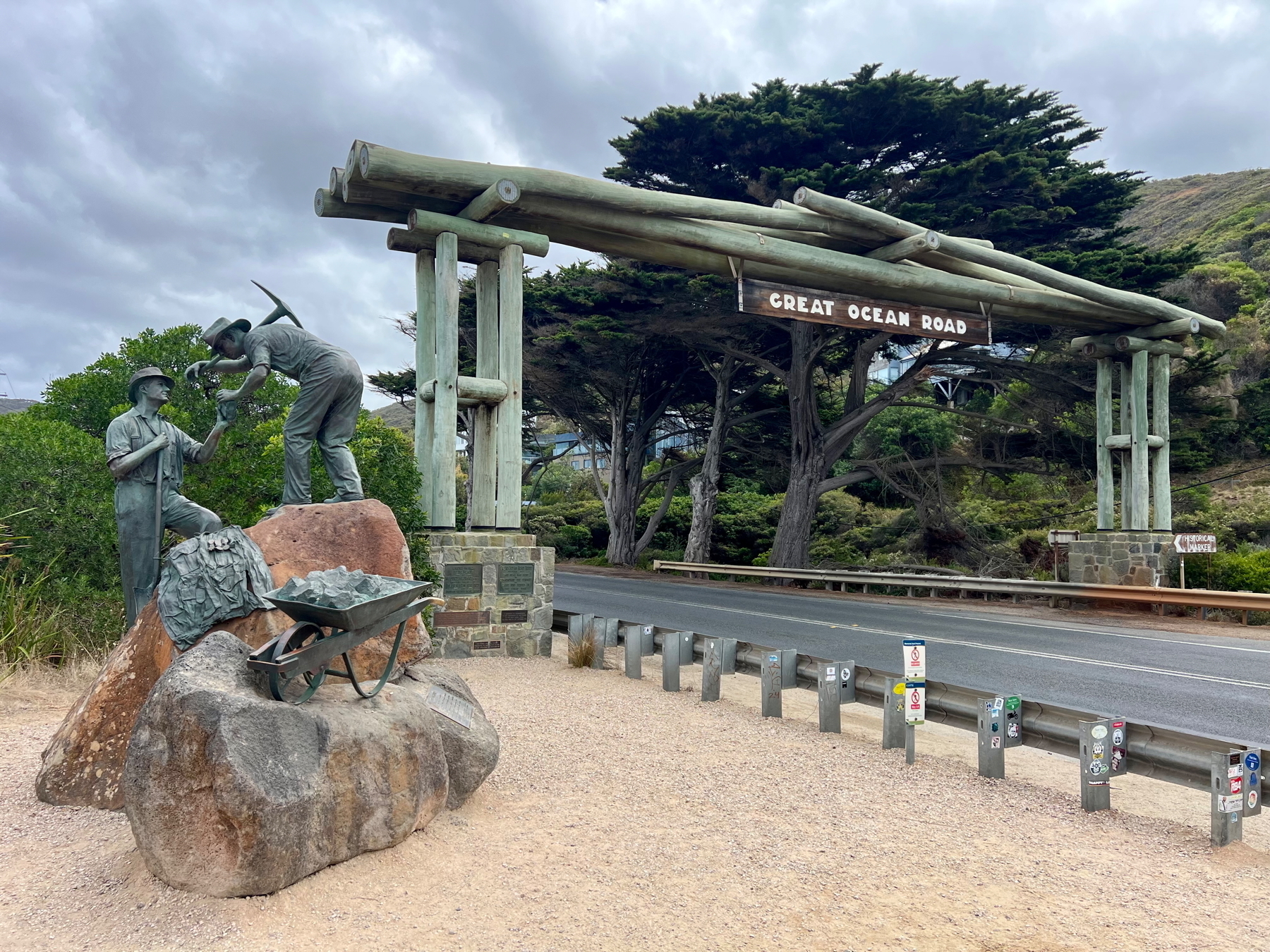
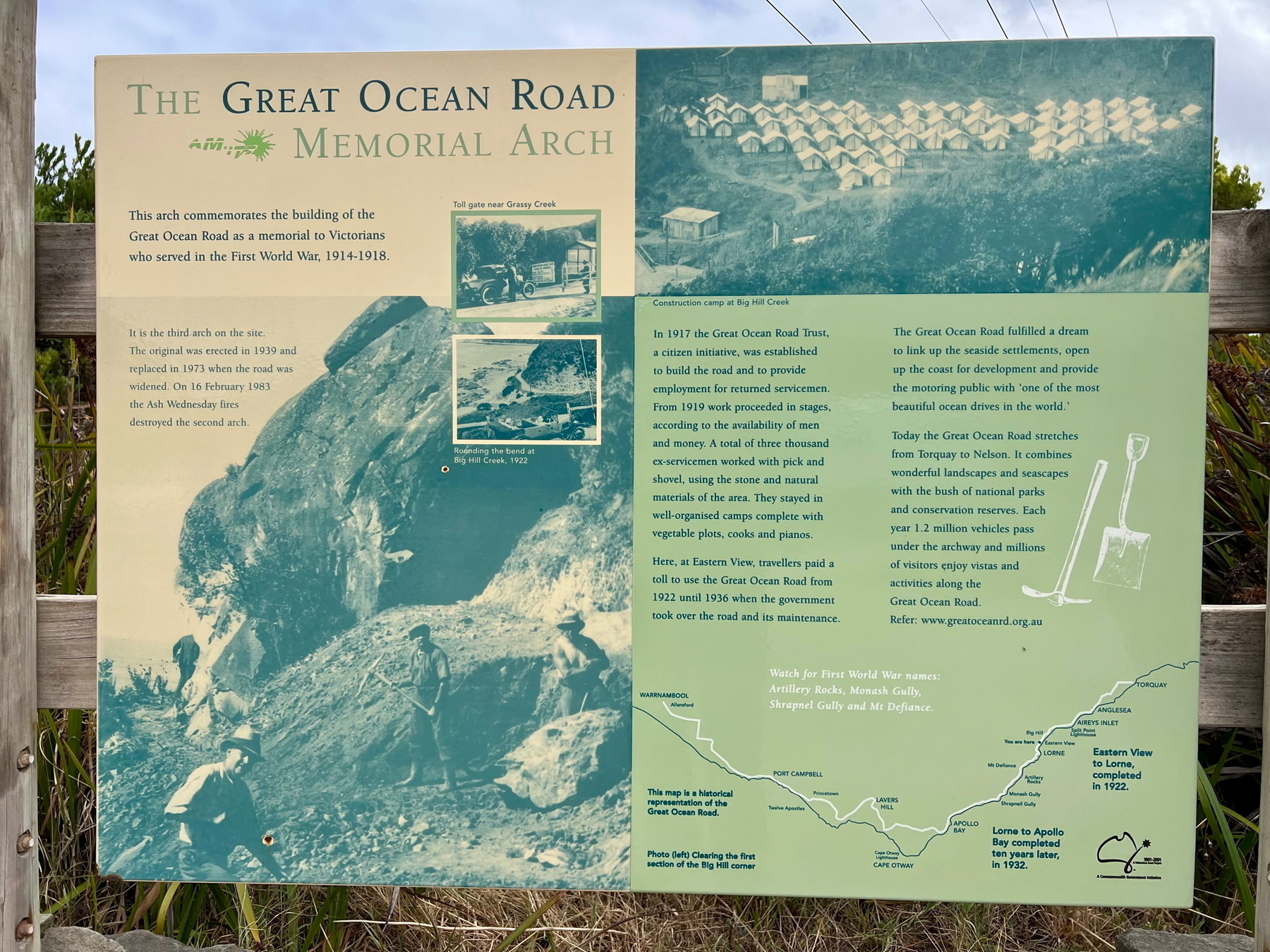
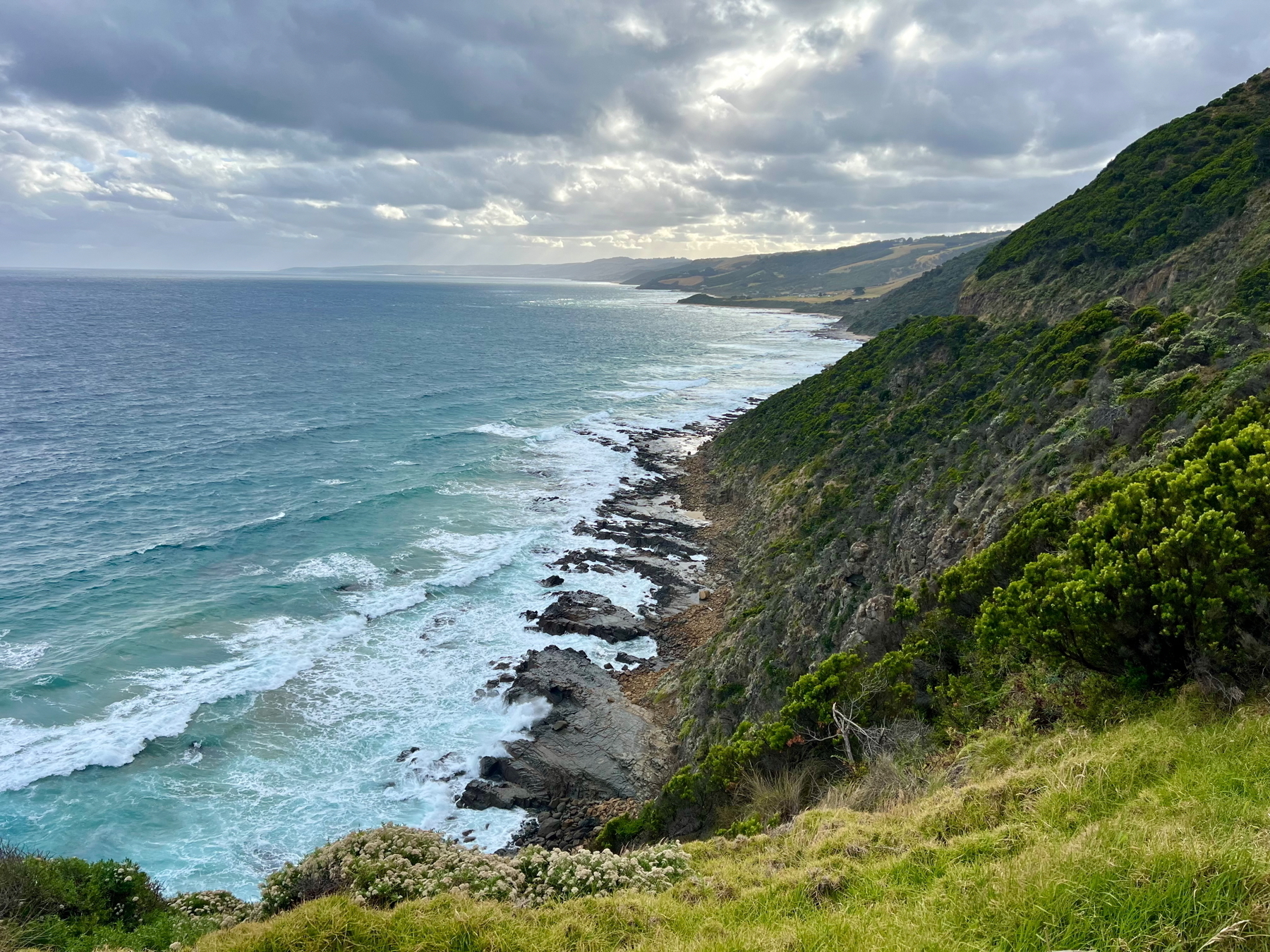
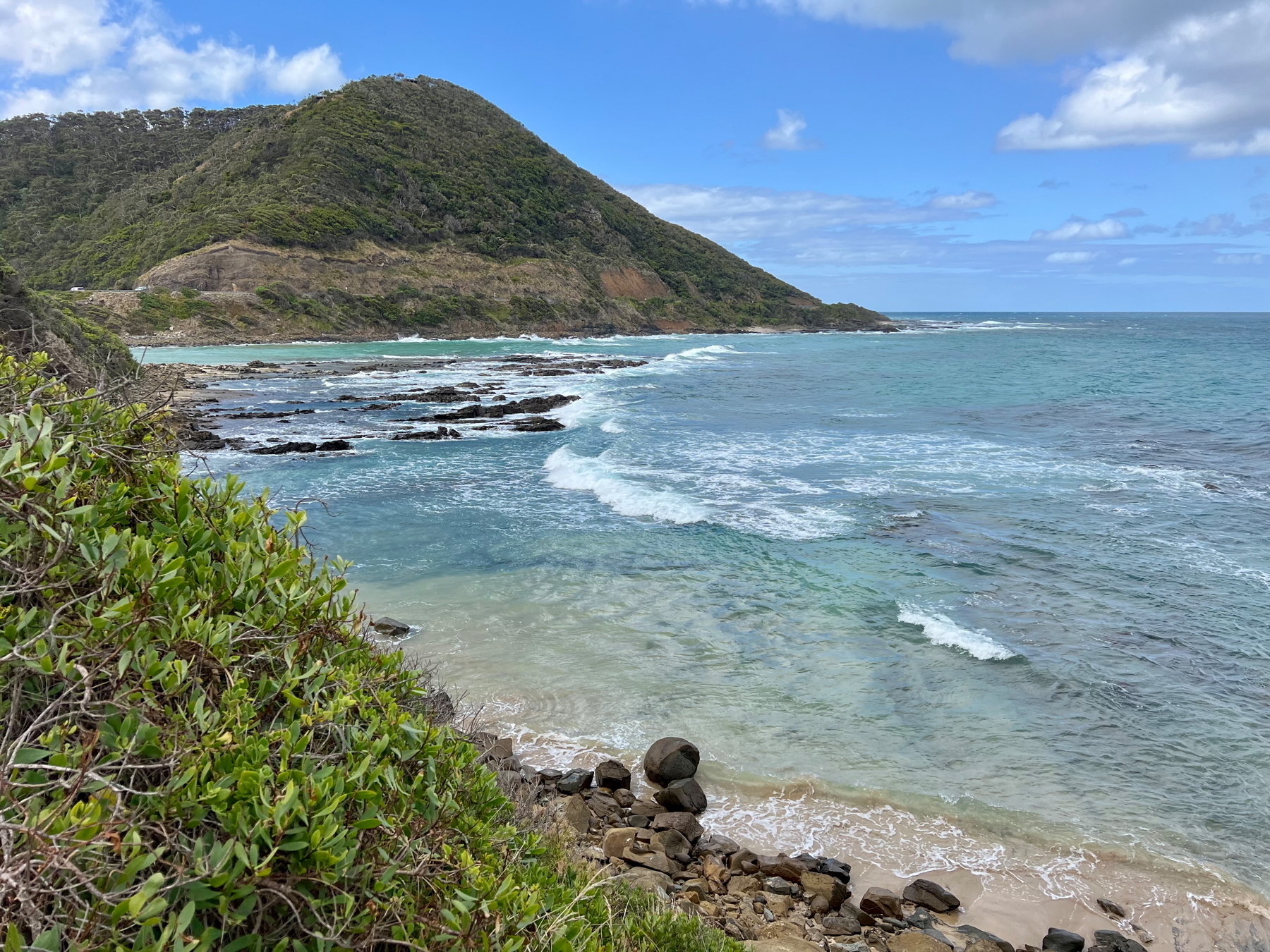
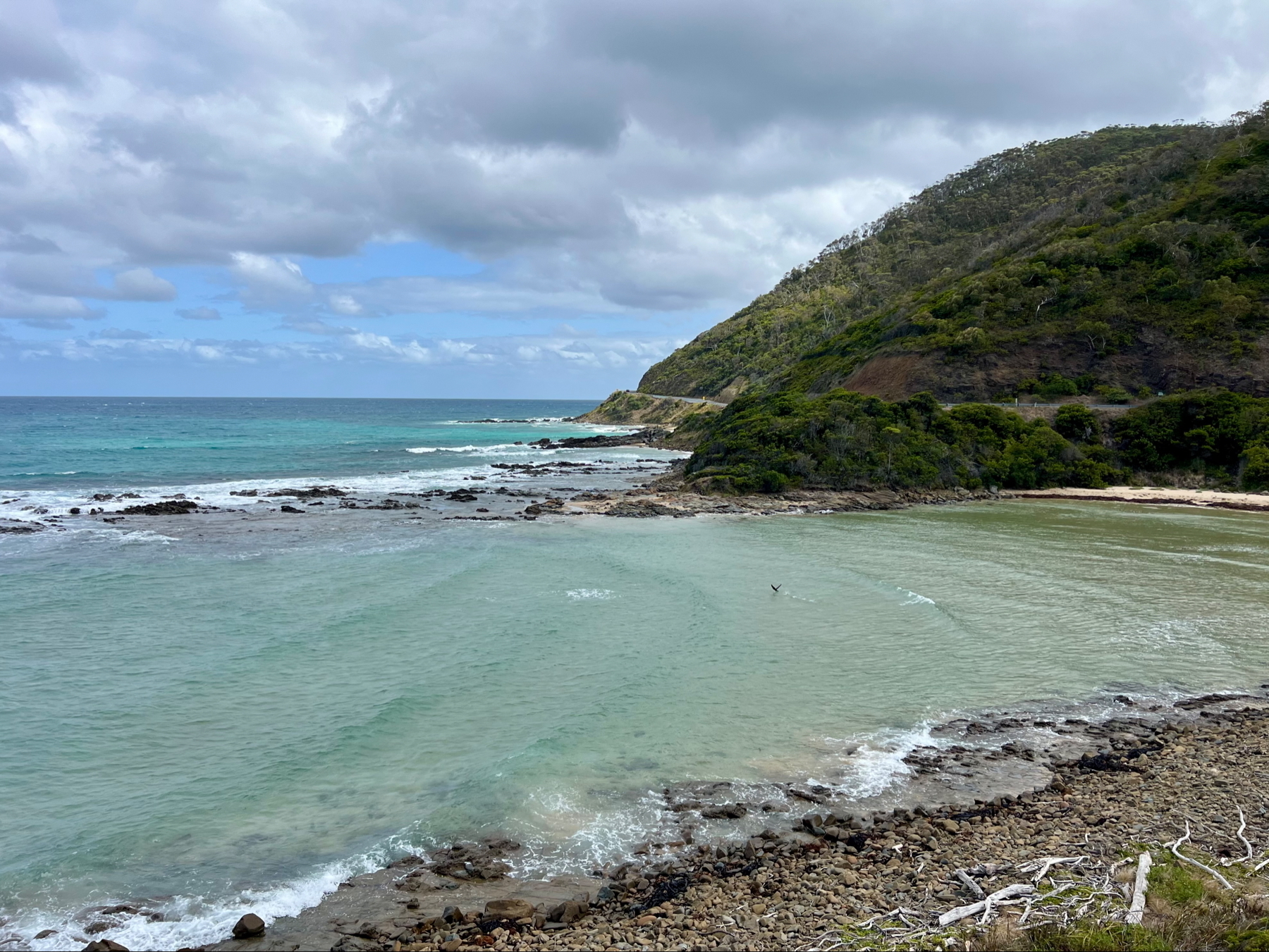
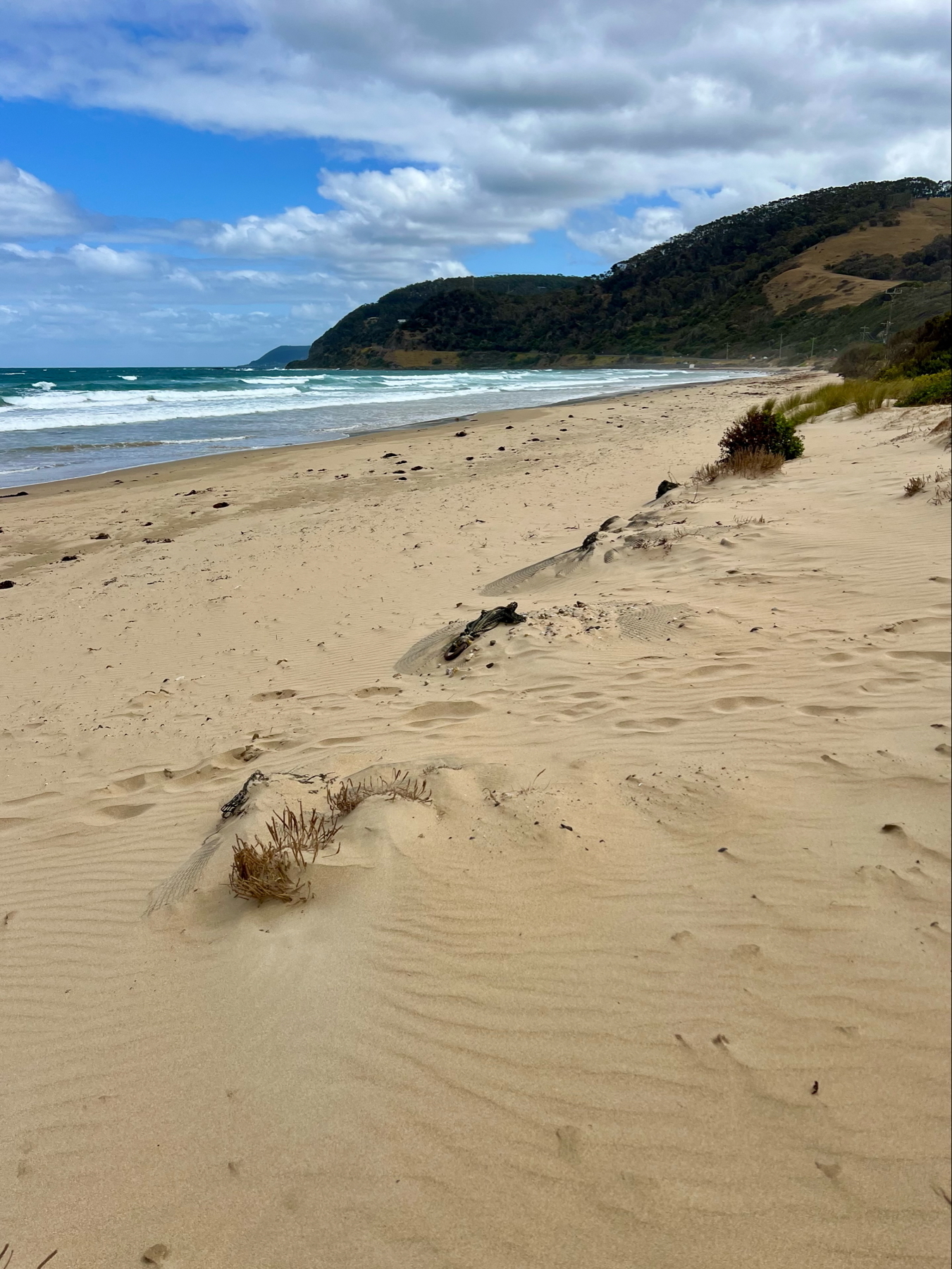
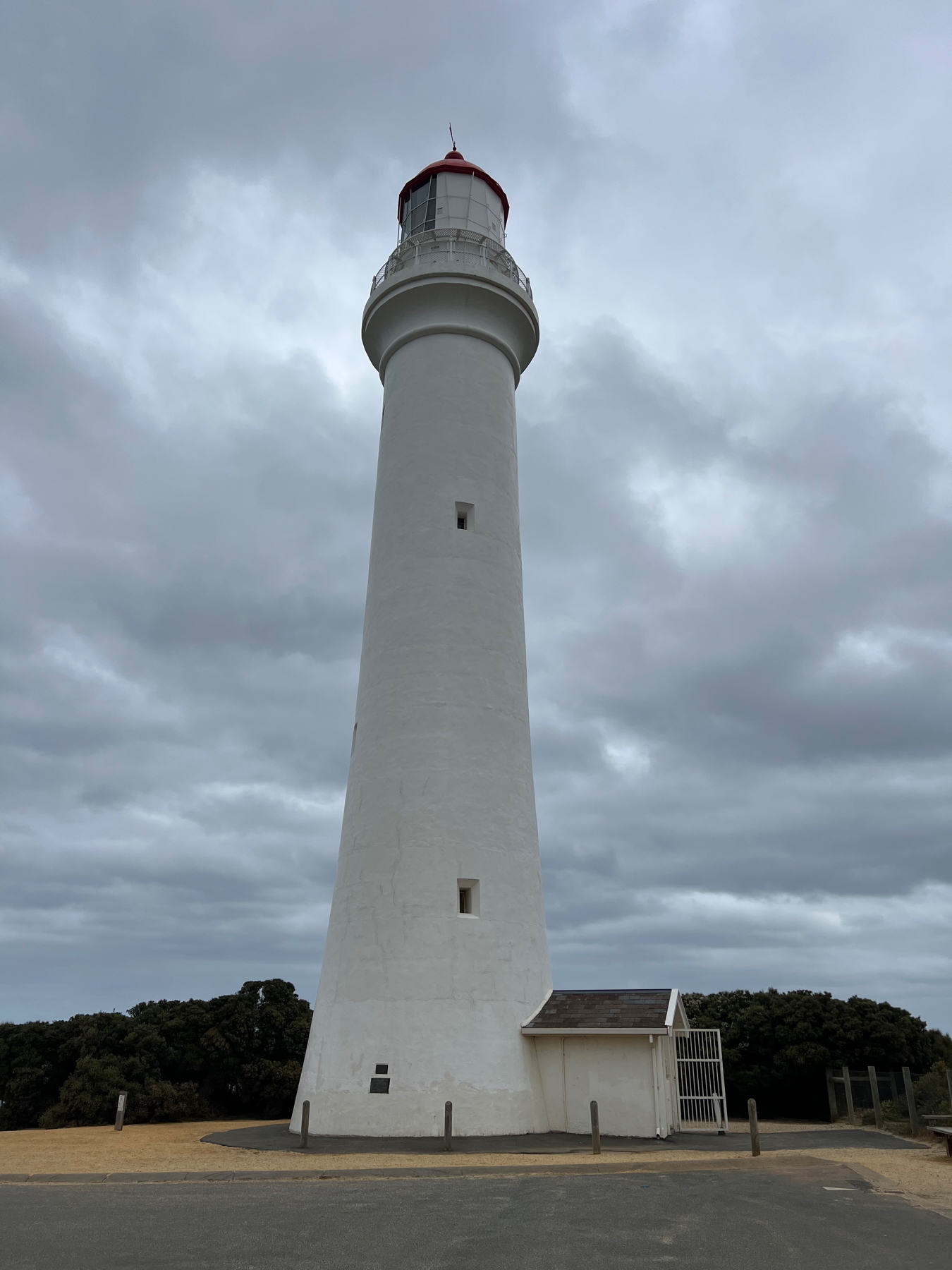
Kennett River Nature Walk
Along the drive, there’s a popular short nature walk, bounded by local backyards on one side and a small river on the other, where you can often spot wild koalas. We had an incredible koala experience yesterday at Raymond Island (more photos of that soon), but we wanted to check out this little trail as well. While there were fewer koalas to be seen today, we still managed to find some.
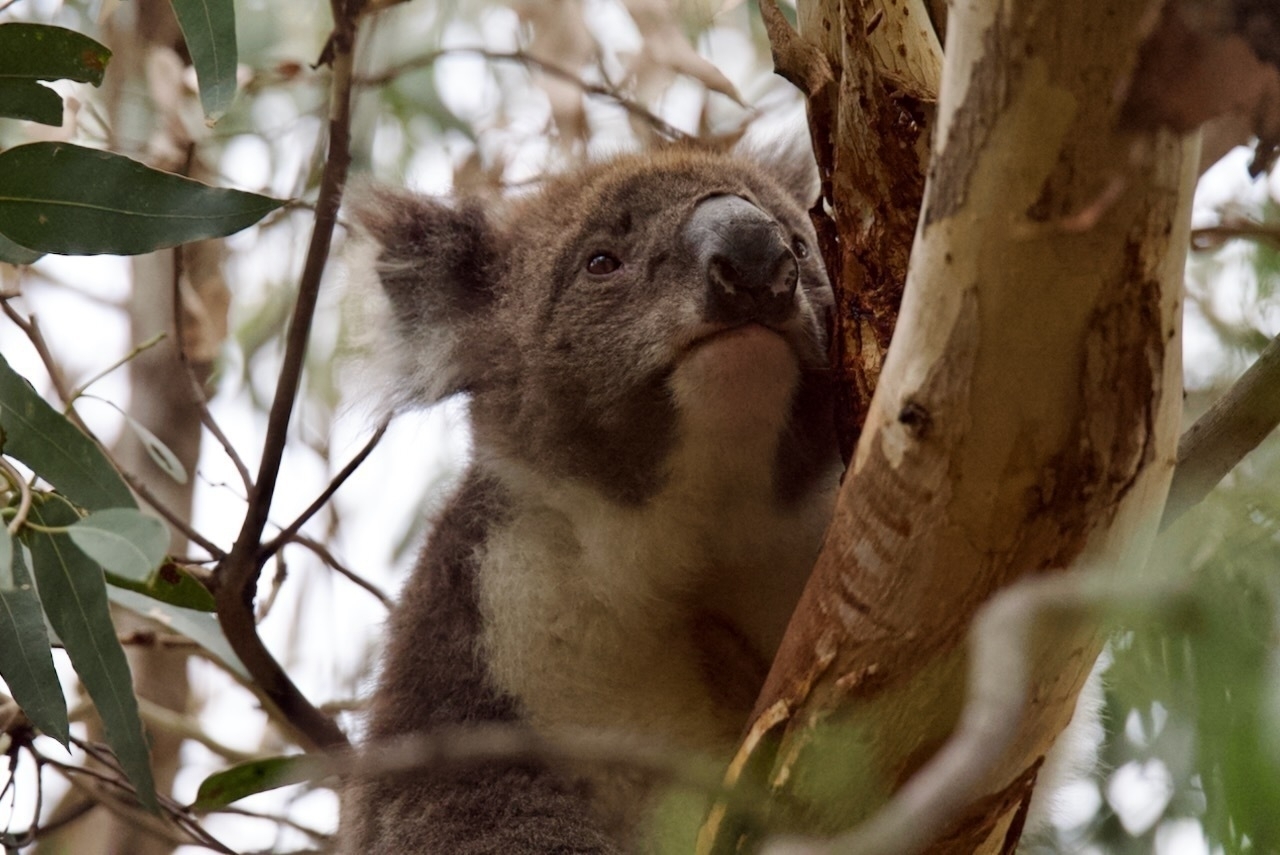
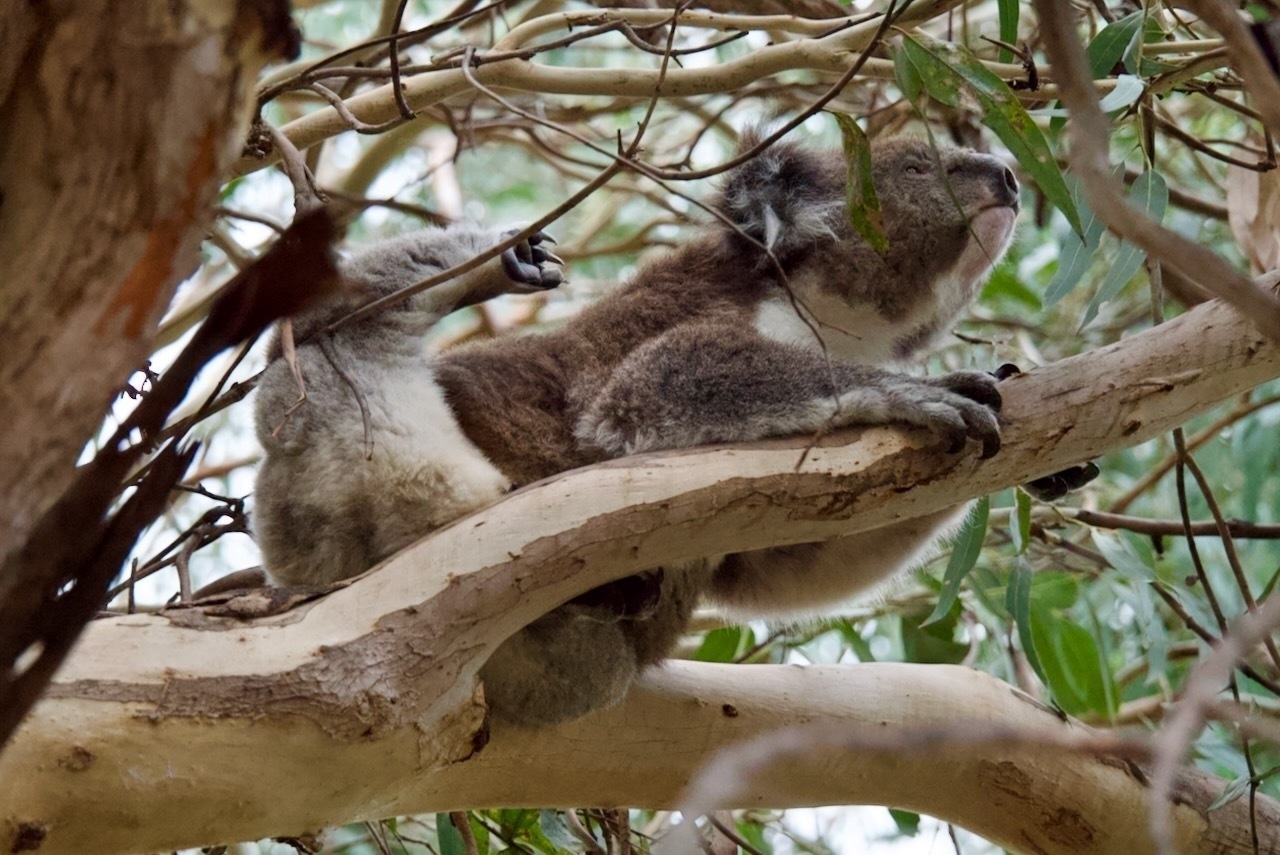
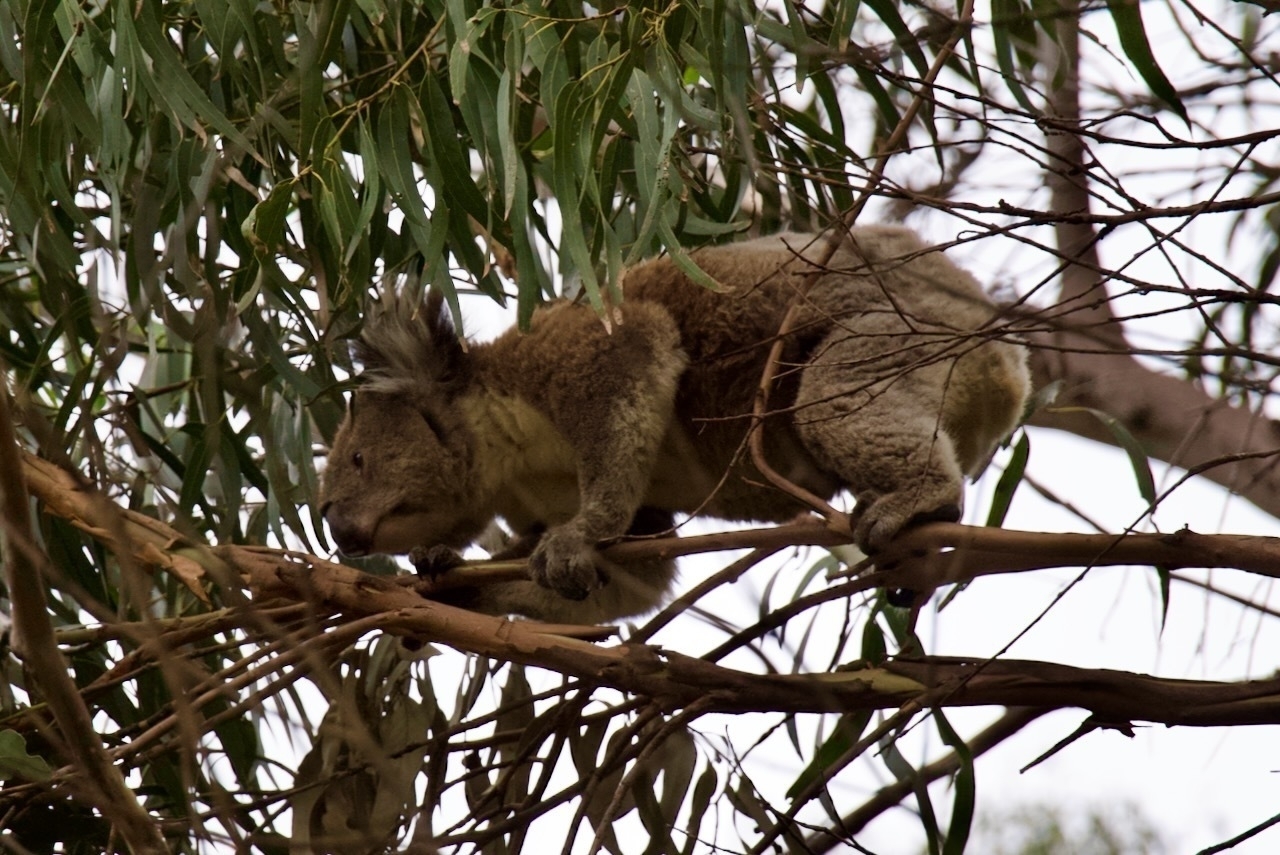
I also really enjoy these laughing kookaburras, so between koala-spotting in the trees, I had my eyes out for sightings of these guys, too.
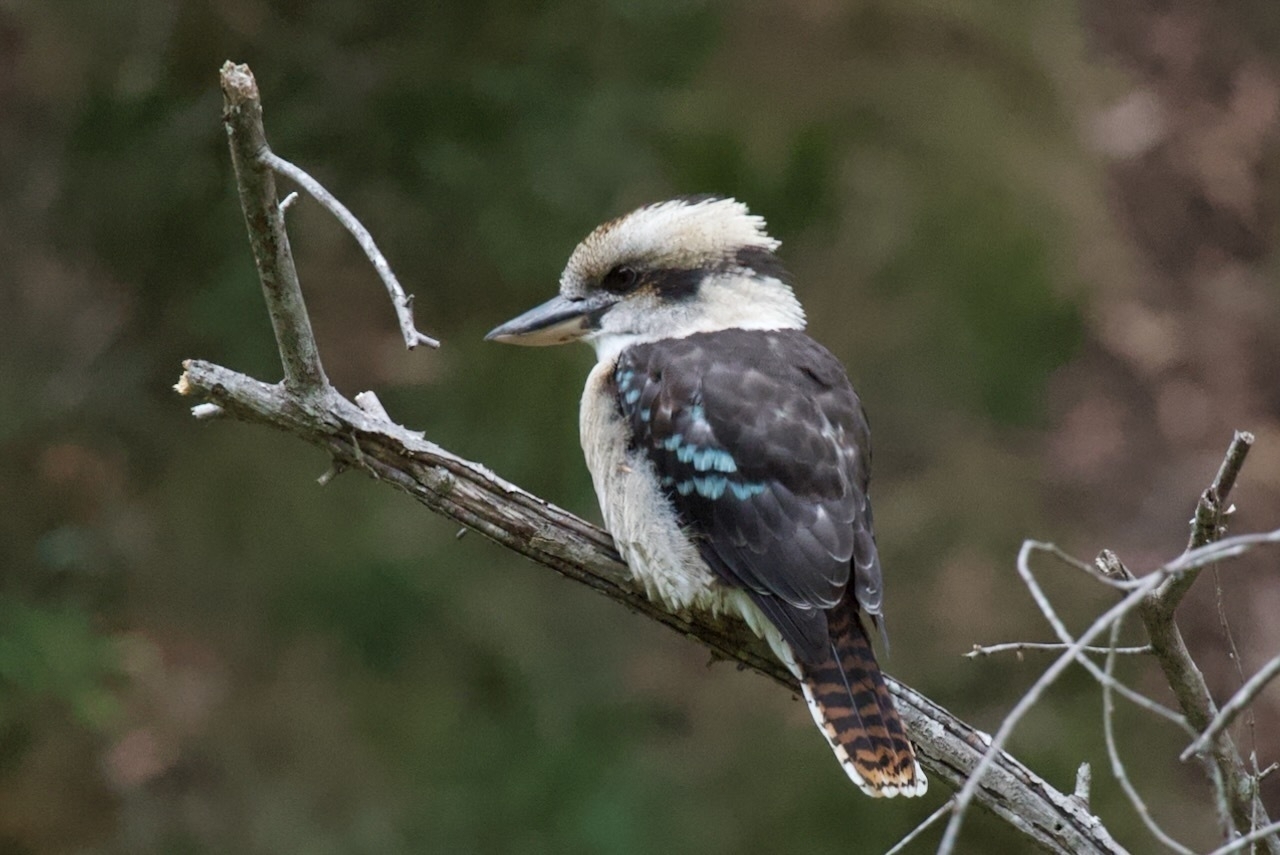
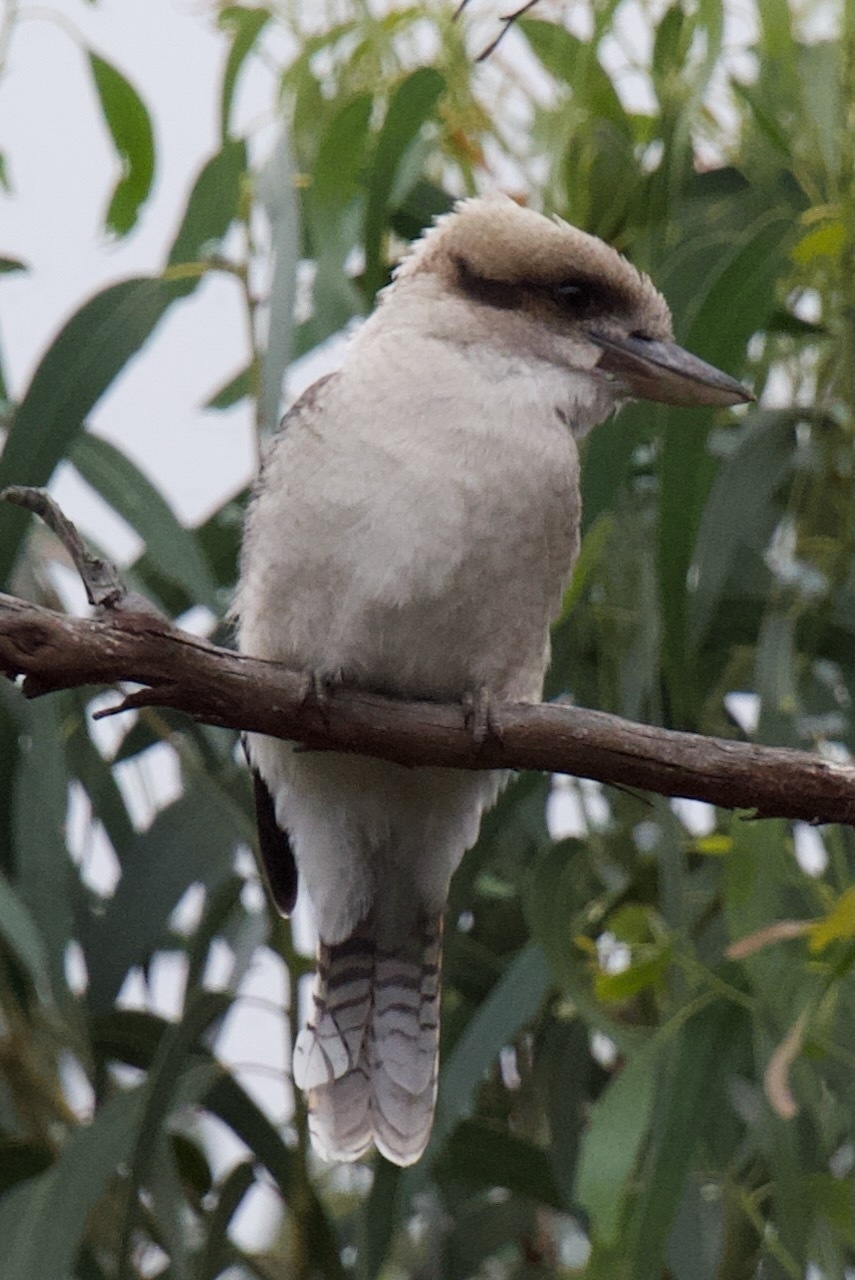
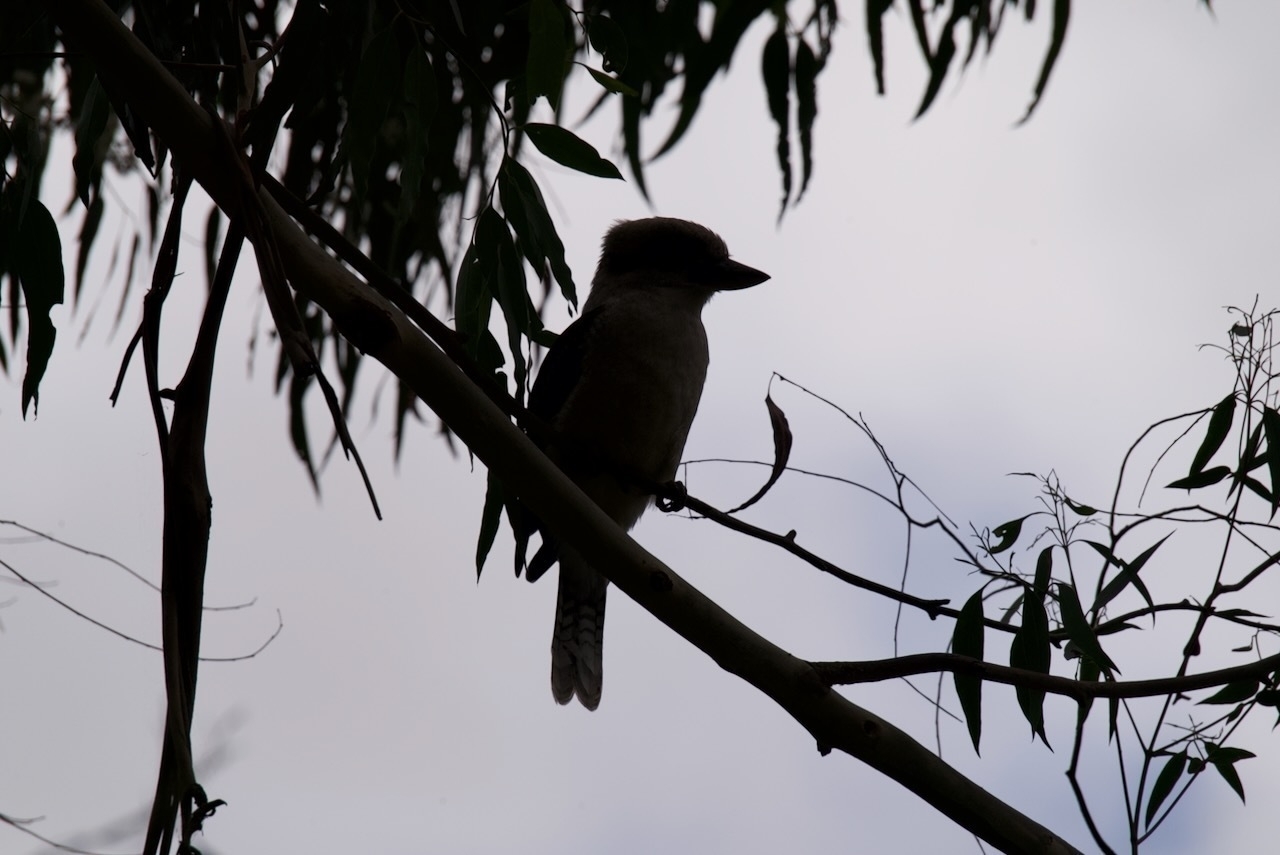
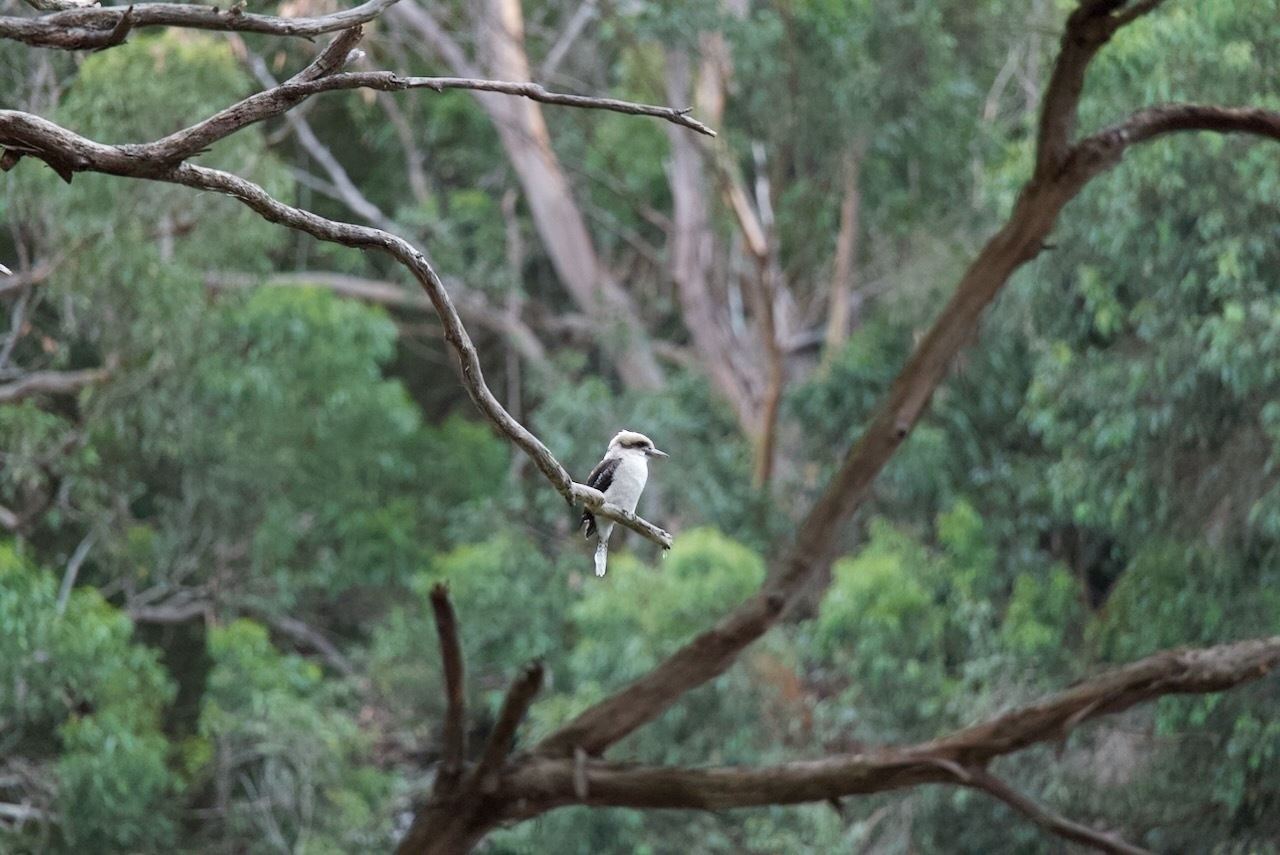
These cormorants near the start of the trail looked quite grumpy.
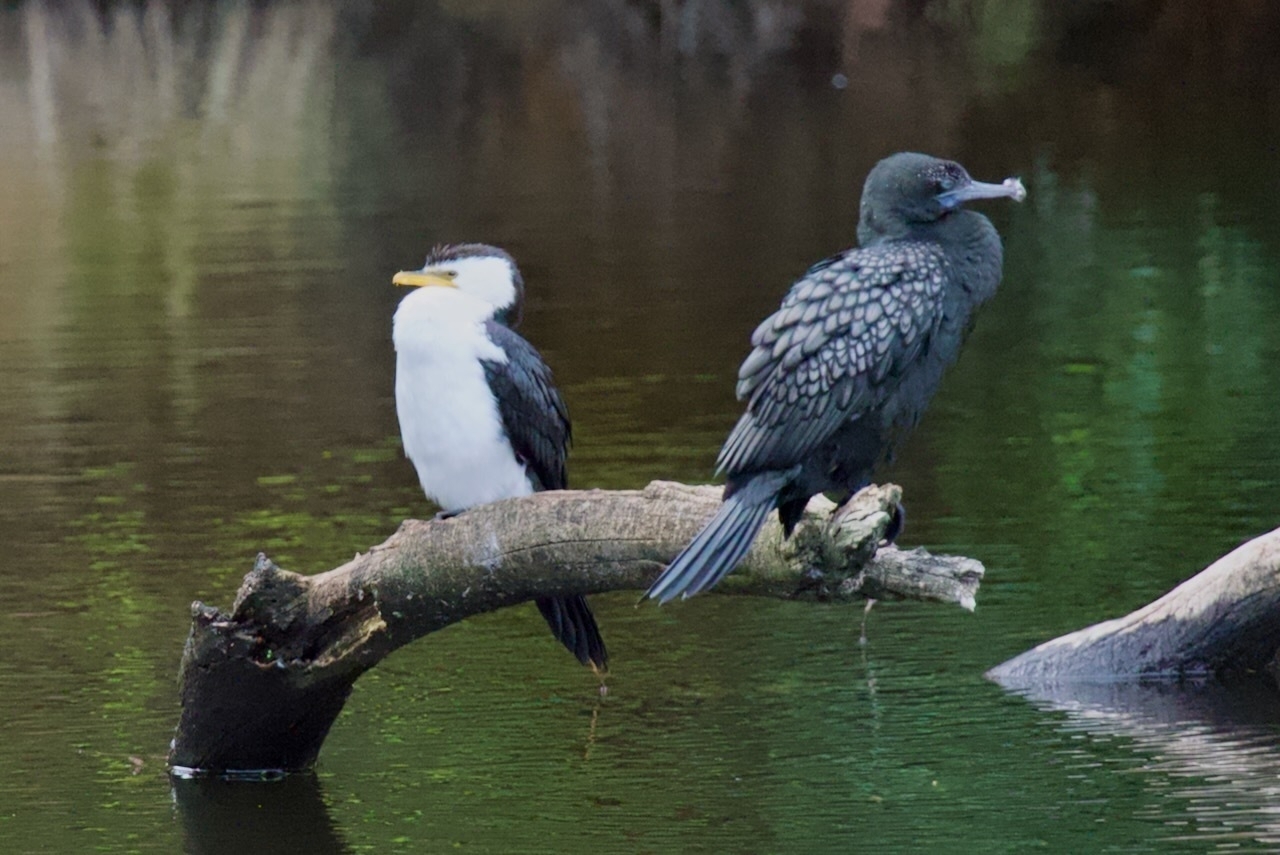
We also managed to have lunch at a brewery, and dinner at a brewhouse. Go figure, huh?

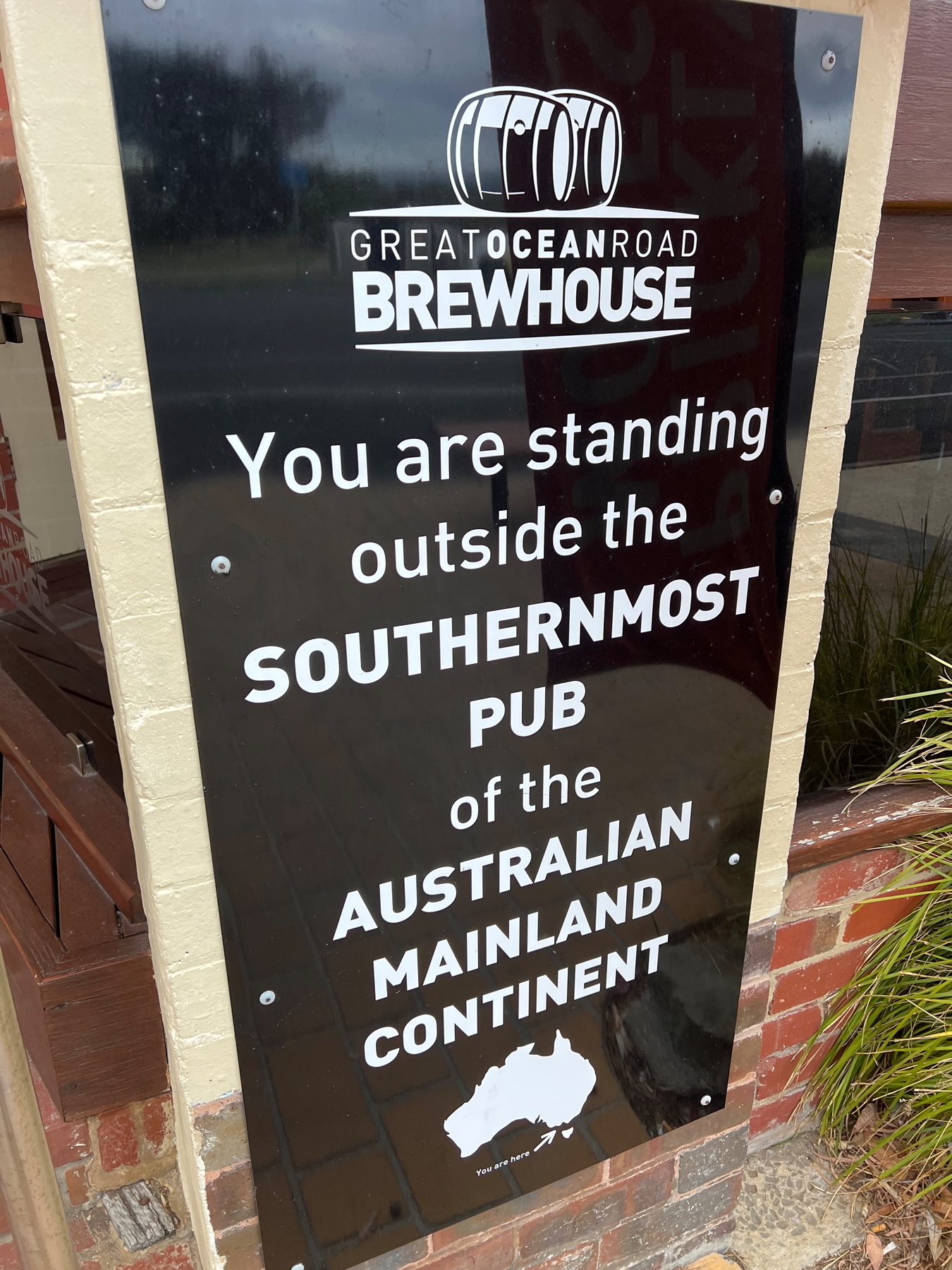
We have a number of additional stops planned for tomorrow, and hope to get as far as South Australia before we begin heading back towards Melbourne, where we return our campervan and fly to Tahiti. -S 🇦🇺
The branches/needles on this tree appear to grow….upward?! -J 🇦🇺

Parliament House, Canberra
Australia’s Parliament House is located in Canberra, Australian Capital Territory. The unique building, opened in 1988, has two large curved walls, separating the building into four quadrants with grass covering parts of the roof. Interestingly, instead of towering above the ground like most capital buildings, this one seems to emerge from the ground…its intended design. -J 🇦🇺

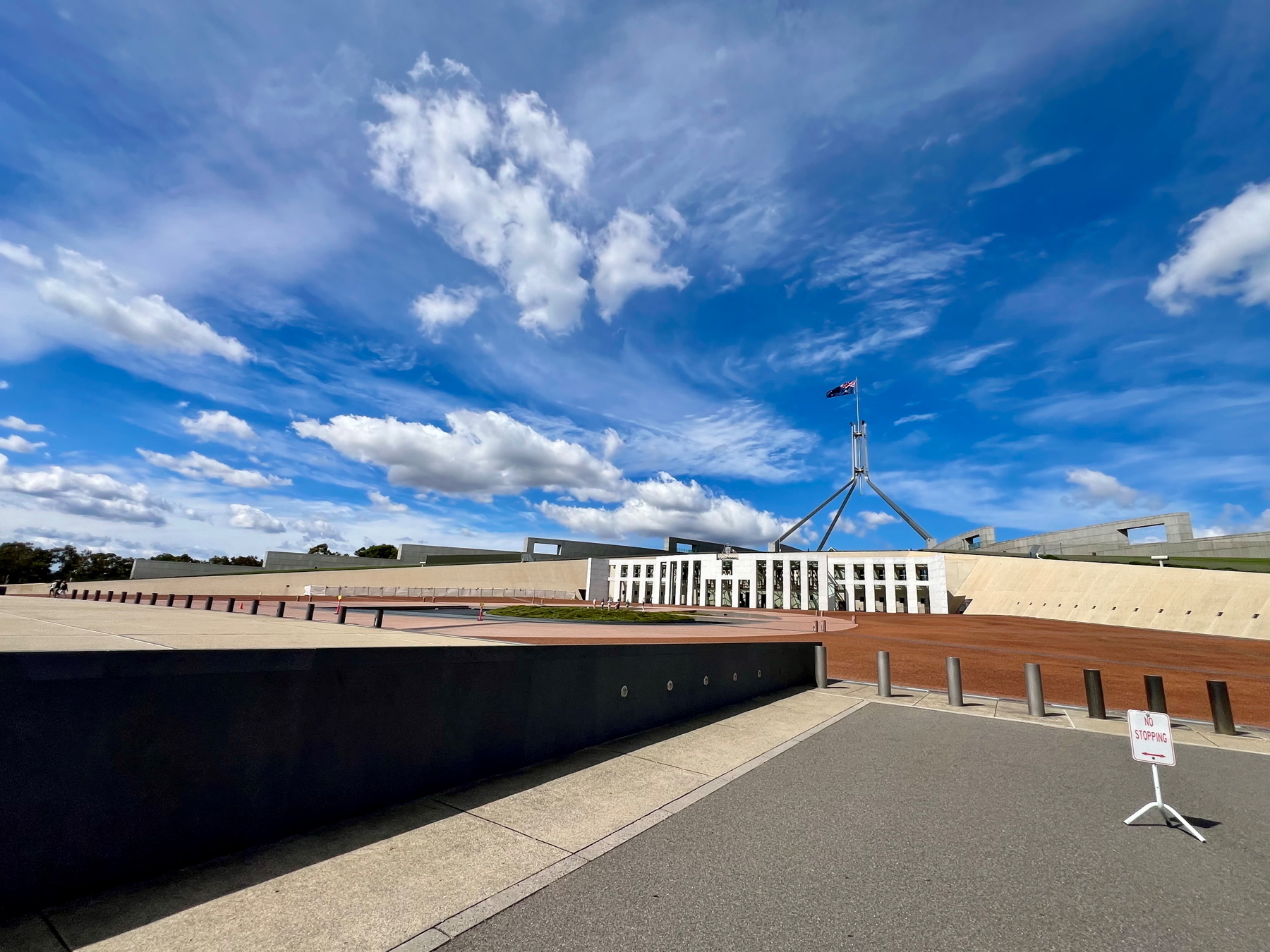
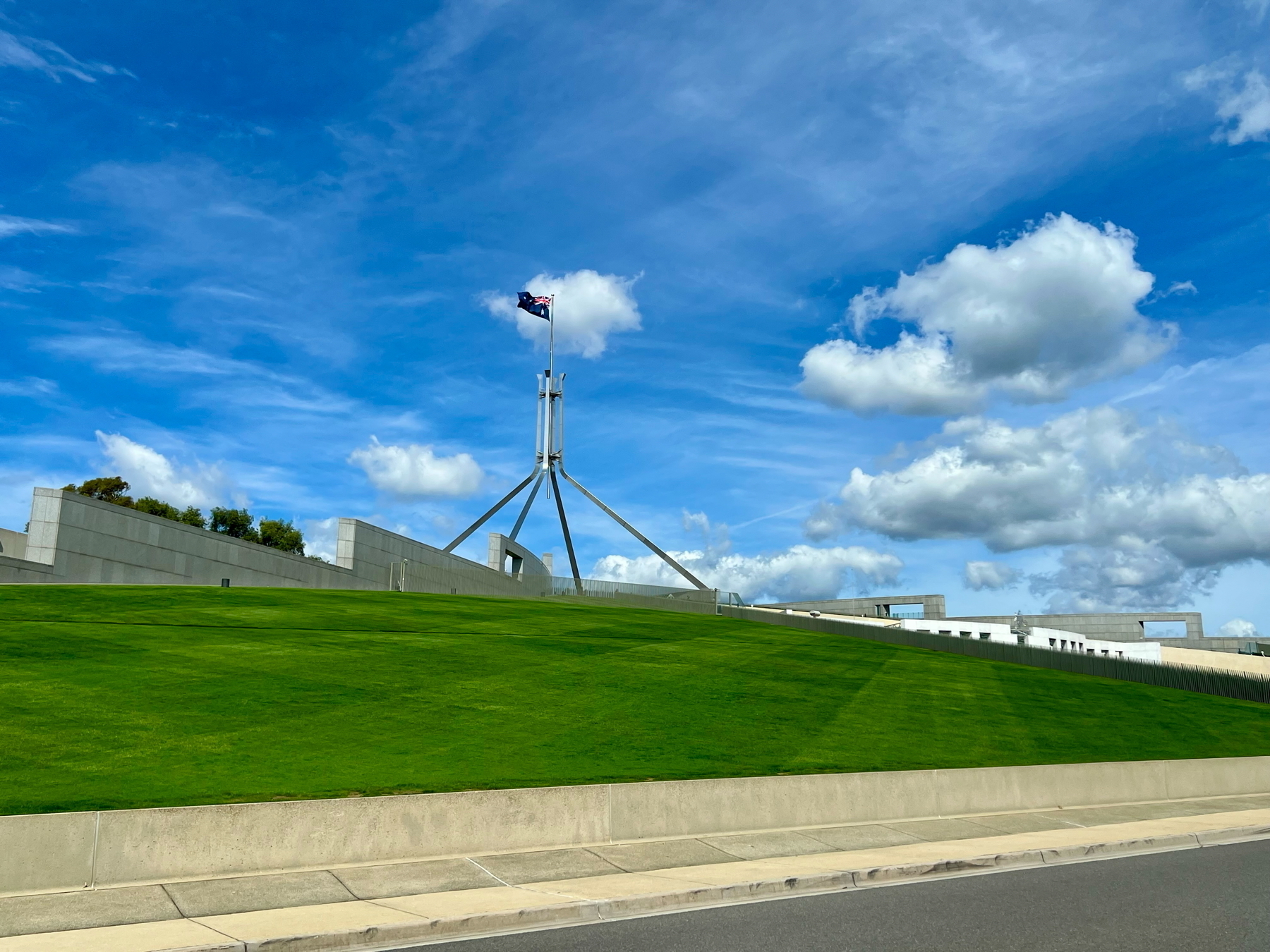
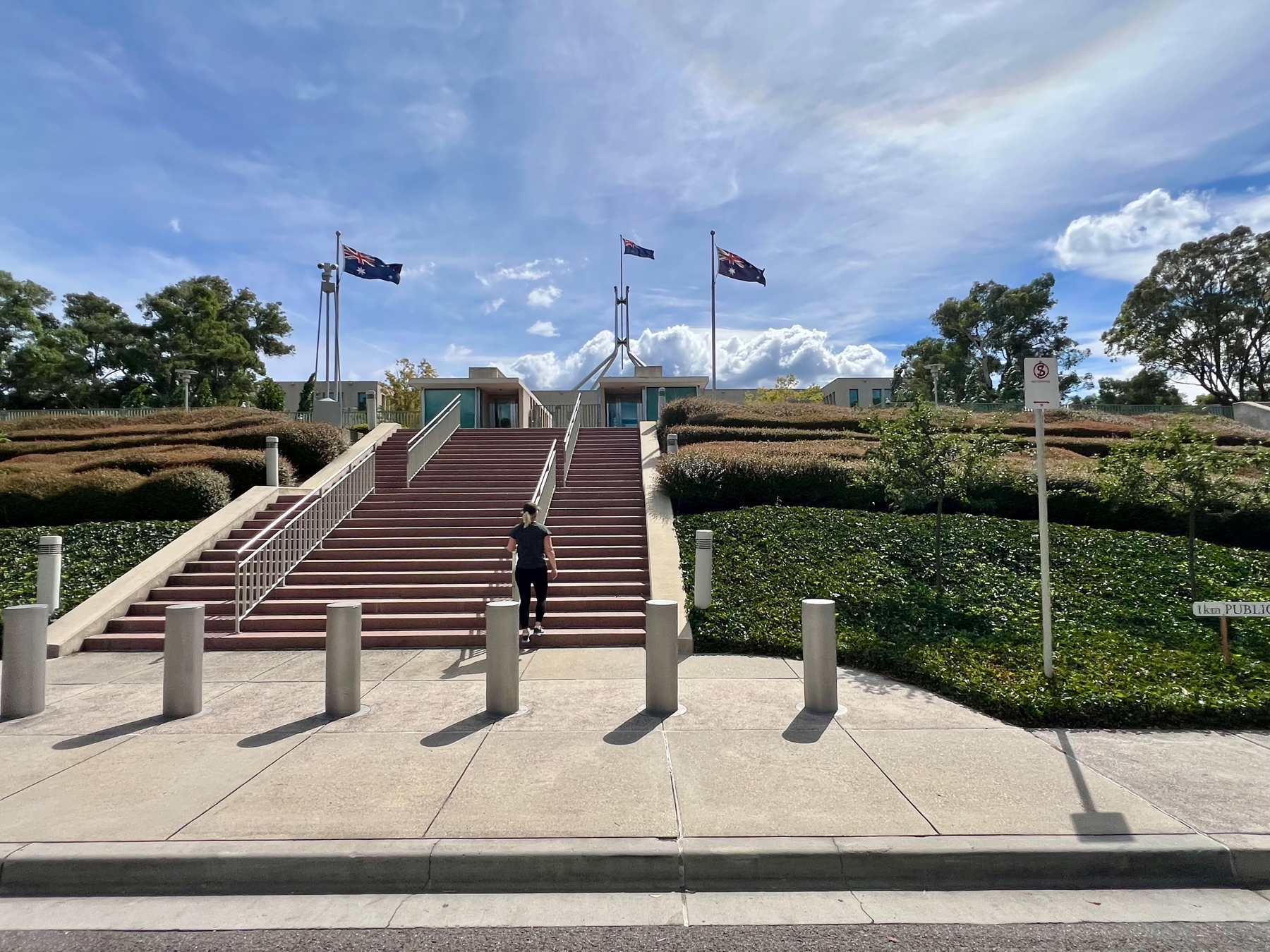
Love this sundial mural in the tiny town of Foster -S 🇦🇺
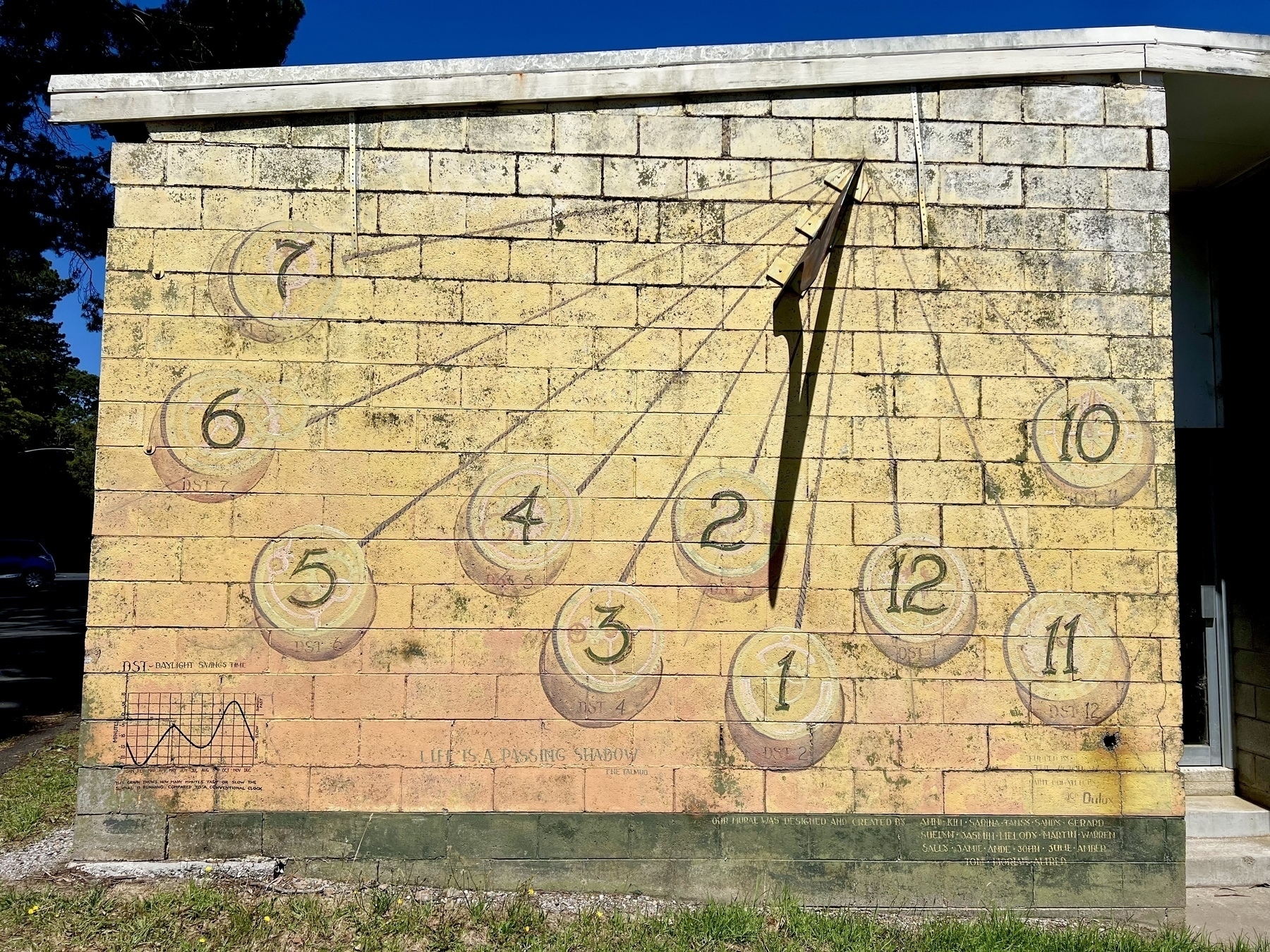
We had an excellent afternoon of wildlife viewing along the Koala Trail yesterday. More photos and video to come! -S 🇦🇺

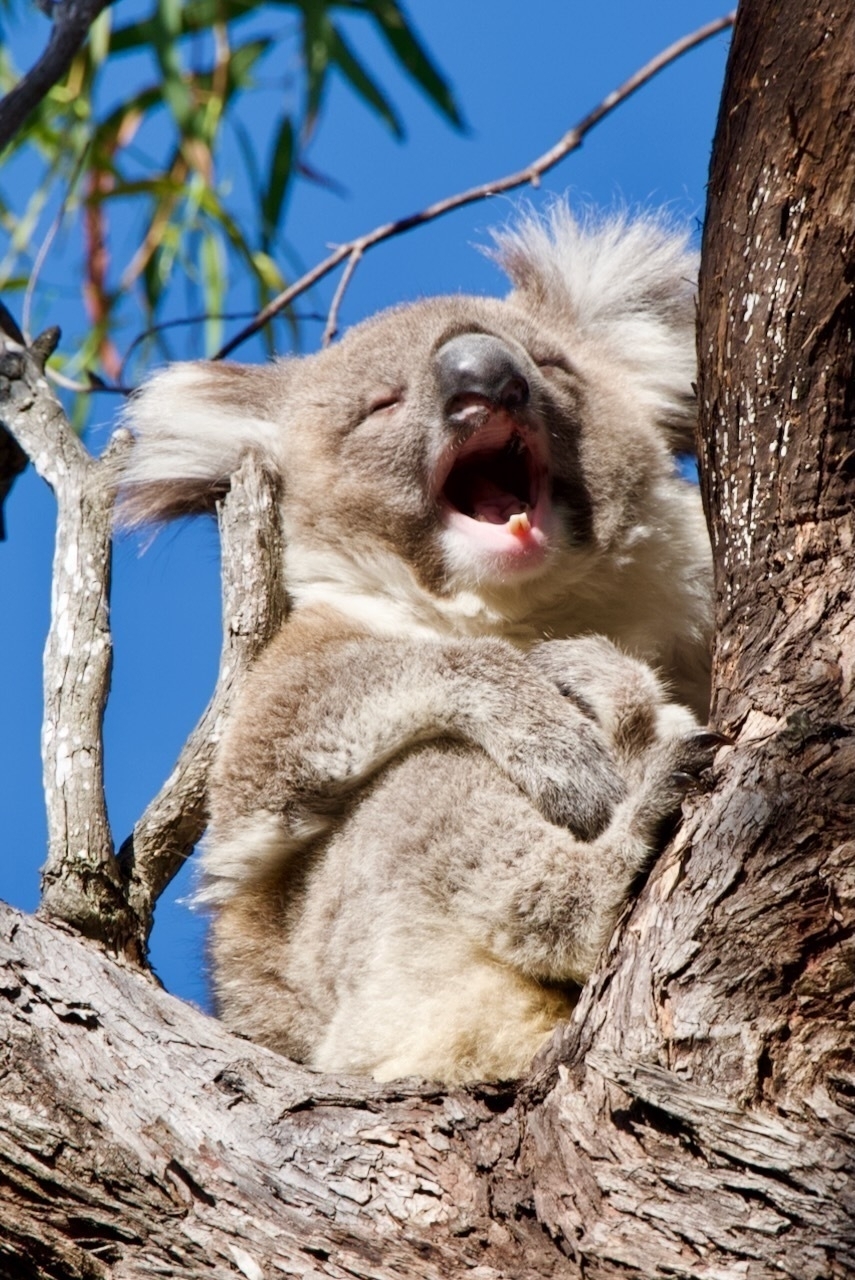


Street art in Canberra -S 🇦🇺



